- Google Slides Presentation Design
- Pitch Deck Design
- Powerpoint Redesign
- Other Design Services

- Guide & How to's

How to present a research paper in PPT: best practices
A research paper presentation is frequently used at conferences and other events where you have a chance to share the results of your research and receive feedback from colleagues. Although it may appear as simple as summarizing the findings, successful examples of research paper presentations show that there is a little bit more to it.
In this article, we’ll walk you through the basic outline and steps to create a good research paper presentation. We’ll also explain what to include and what not to include in your presentation of research paper and share some of the most effective tips you can use to take your slides to the next level.
Research paper PowerPoint presentation outline
Creating a PowerPoint presentation for a research paper involves organizing and summarizing your key findings, methodology, and conclusions in a way that encourages your audience to interact with your work and share their interest in it with others. Here’s a basic research paper outline PowerPoint you can follow:
1. Title (1 slide)
Typically, your title slide should contain the following information:
- Title of the research paper
- Affiliation or institution
- Date of presentation
2. Introduction (1-3 slides)
On this slide of your presentation, briefly introduce the research topic and its significance and state the research question or objective.
3. Research questions or hypothesis (1 slide)
This slide should emphasize the objectives of your research or present the hypothesis.
4. Literature review (1 slide)
Your literature review has to provide context for your research by summarizing relevant literature. Additionally, it should highlight gaps or areas where your research contributes.
5. Methodology and data collection (1-2 slides)
This slide of your research paper PowerPoint has to explain the research design, methods, and procedures. It must also Include details about participants, materials, and data collection and emphasize special equipment you have used in your work.
6. Results (3-5 slides)
On this slide, you must present the results of your data analysis and discuss any trends, patterns, or significant findings. Moreover, you should use charts, graphs, and tables to illustrate data and highlight something novel in your results (if applicable).
7. Conclusion (1 slide)
Your conclusion slide has to summarize the main findings and their implications, as well as discuss the broader impact of your research. Usually, a single statement is enough.
8. Recommendations (1 slide)
If applicable, provide recommendations for future research or actions on this slide.
9. References (1-2 slides)
The references slide is where you list all the sources cited in your research paper.
10. Acknowledgments (1 slide)
On this presentation slide, acknowledge any individuals, organizations, or funding sources that contributed to your research.
11. Appendix (1 slide)
If applicable, include any supplementary materials, such as additional data or detailed charts, in your appendix slide.
The above outline is just a general guideline, so make sure to adjust it based on your specific research paper and the time allotted for the presentation.
Steps to creating a memorable research paper presentation
Creating a PowerPoint presentation for a research paper involves several critical steps needed to convey your findings and engage your audience effectively, and these steps are as follows:
Step 1. Understand your audience:
- Identify the audience for your presentation.
- Tailor your content and level of detail to match the audience’s background and knowledge.
Step 2. Define your key messages:
- Clearly articulate the main messages or findings of your research.
- Identify the key points you want your audience to remember.
Step 3. Design your research paper PPT presentation:
- Use a clean and professional design that complements your research topic.
- Choose readable fonts, consistent formatting, and a limited color palette.
- Opt for PowerPoint presentation services if slide design is not your strong side.
Step 4. Put content on slides:
- Follow the outline above to structure your presentation effectively; include key sections and topics.
- Organize your content logically, following the flow of your research paper.
Step 5. Final check:
- Proofread your slides for typos, errors, and inconsistencies.
- Ensure all visuals are clear, high-quality, and properly labeled.
Step 6. Save and share:
- Save your presentation and ensure compatibility with the equipment you’ll be using.
- If necessary, share a copy of your presentation with the audience.
By following these steps, you can create a well-organized and visually appealing research paper presentation PowerPoint that effectively conveys your research findings to the audience.
What to include and what not to include in your presentation
In addition to the must-know PowerPoint presentation recommendations, which we’ll cover later in this article, consider the following do’s and don’ts when you’re putting together your research paper presentation:
- Focus on the topic.
- Be brief and to the point.
- Attract the audience’s attention and highlight interesting details.
- Use only relevant visuals (maps, charts, pictures, graphs, etc.).
- Use numbers and bullet points to structure the content.
- Make clear statements regarding the essence and results of your research.
Don’ts:
- Don’t write down the whole outline of your paper and nothing else.
- Don’t put long, full sentences on your slides; split them into smaller ones.
- Don’t use distracting patterns, colors, pictures, and other visuals on your slides; the simpler, the better.
- Don’t use too complicated graphs or charts; only the ones that are easy to understand.
- Now that we’ve discussed the basics, let’s move on to the top tips for making a powerful presentation of your research paper.
8 tips on how to make research paper presentation that achieves its goals
You’ve probably been to a presentation where the presenter reads word for word from their PowerPoint outline. Or where the presentation is cluttered, chaotic, or contains too much data. The simple tips below will help you summarize a 10 to 15-page paper for a 15 to 20-minute talk and succeed, so read on!
Tip #1: Less is more
You want to provide enough information to make your audience want to know more. Including details but not too many and avoiding technical jargon, formulas, and long sentences are always good ways to achieve this.
Tip #2: Be professional
Avoid using too many colors, font changes, distracting backgrounds, animations, etc. Bullet points with a few words to highlight the important information are preferable to lengthy paragraphs. Additionally, include slide numbers on all PowerPoint slides except for the title slide, and make sure it is followed by a table of contents, offering a brief overview of the entire research paper.
Tip #3: Strive for balance
PowerPoint slides have limited space, so use it carefully. Typically, one to two points per slide or 5 lines for 5 words in a sentence are enough to present your ideas.
Tip #4: Use proper fonts and text size
The font you use should be easy to read and consistent throughout the slides. You can go with Arial, Times New Roman, Calibri, or a combination of these three. An ideal text size is 32 points, while a heading size is 44.
Tip #5: Concentrate on the visual side
A PowerPoint presentation is one of the best tools for presenting information visually. Use graphs instead of tables and topic-relevant illustrations instead of walls of text. Keep your visuals as clean and professional as the content of your presentation.
Tip #6: Practice your delivery
Always go through your presentation when you’re done to ensure a smooth and confident delivery and time yourself to stay within the allotted limit.
Tip #7: Get ready for questions
Anticipate potential questions from your audience and prepare thoughtful responses. Also, be ready to engage in discussions about your research.
Tip #8: Don’t be afraid to utilize professional help
If the mere thought of designing a presentation overwhelms you or you’re pressed for time, consider leveraging professional PowerPoint redesign services . A dedicated design team can transform your content or old presentation into effective slides, ensuring your message is communicated clearly and captivates your audience. This way, you can focus on refining your delivery and preparing for the presentation.
Lastly, remember that even experienced presenters get nervous before delivering research paper PowerPoint presentations in front of the audience. You cannot know everything; some things can be beyond your control, which is completely fine. You are at the event not only to share what you know but also to learn from others. So, no matter what, dress appropriately, look straight into the audience’s eyes, try to speak and move naturally, present your information enthusiastically, and have fun!
If you need help with slide design, get in touch with our dedicated design team and let qualified professionals turn your research findings into a visually appealing, polished presentation that leaves a lasting impression on your audience. Our experienced designers specialize in creating engaging layouts, incorporating compelling graphics, and ensuring a cohesive visual narrative that complements content on any subject.
- Presenting techniques
- 50 tips on how to improve PowerPoint presentations in 2022-2023 [Updated]
- Present financial information visually in PowerPoint to drive results
- Keynote VS PowerPoint
- Types of presentations

Princeton Correspondents on Undergraduate Research
How to Make a Successful Research Presentation
Turning a research paper into a visual presentation is difficult; there are pitfalls, and navigating the path to a brief, informative presentation takes time and practice. As a TA for GEO/WRI 201: Methods in Data Analysis & Scientific Writing this past fall, I saw how this process works from an instructor’s standpoint. I’ve presented my own research before, but helping others present theirs taught me a bit more about the process. Here are some tips I learned that may help you with your next research presentation:
More is more
In general, your presentation will always benefit from more practice, more feedback, and more revision. By practicing in front of friends, you can get comfortable with presenting your work while receiving feedback. It is hard to know how to revise your presentation if you never practice. If you are presenting to a general audience, getting feedback from someone outside of your discipline is crucial. Terms and ideas that seem intuitive to you may be completely foreign to someone else, and your well-crafted presentation could fall flat.
Less is more
Limit the scope of your presentation, the number of slides, and the text on each slide. In my experience, text works well for organizing slides, orienting the audience to key terms, and annotating important figures–not for explaining complex ideas. Having fewer slides is usually better as well. In general, about one slide per minute of presentation is an appropriate budget. Too many slides is usually a sign that your topic is too broad.

Limit the scope of your presentation
Don’t present your paper. Presentations are usually around 10 min long. You will not have time to explain all of the research you did in a semester (or a year!) in such a short span of time. Instead, focus on the highlight(s). Identify a single compelling research question which your work addressed, and craft a succinct but complete narrative around it.
You will not have time to explain all of the research you did. Instead, focus on the highlights. Identify a single compelling research question which your work addressed, and craft a succinct but complete narrative around it.
Craft a compelling research narrative
After identifying the focused research question, walk your audience through your research as if it were a story. Presentations with strong narrative arcs are clear, captivating, and compelling.
- Introduction (exposition — rising action)
Orient the audience and draw them in by demonstrating the relevance and importance of your research story with strong global motive. Provide them with the necessary vocabulary and background knowledge to understand the plot of your story. Introduce the key studies (characters) relevant in your story and build tension and conflict with scholarly and data motive. By the end of your introduction, your audience should clearly understand your research question and be dying to know how you resolve the tension built through motive.

- Methods (rising action)
The methods section should transition smoothly and logically from the introduction. Beware of presenting your methods in a boring, arc-killing, ‘this is what I did.’ Focus on the details that set your story apart from the stories other people have already told. Keep the audience interested by clearly motivating your decisions based on your original research question or the tension built in your introduction.
- Results (climax)
Less is usually more here. Only present results which are clearly related to the focused research question you are presenting. Make sure you explain the results clearly so that your audience understands what your research found. This is the peak of tension in your narrative arc, so don’t undercut it by quickly clicking through to your discussion.
- Discussion (falling action)
By now your audience should be dying for a satisfying resolution. Here is where you contextualize your results and begin resolving the tension between past research. Be thorough. If you have too many conflicts left unresolved, or you don’t have enough time to present all of the resolutions, you probably need to further narrow the scope of your presentation.
- Conclusion (denouement)
Return back to your initial research question and motive, resolving any final conflicts and tying up loose ends. Leave the audience with a clear resolution of your focus research question, and use unresolved tension to set up potential sequels (i.e. further research).
Use your medium to enhance the narrative
Visual presentations should be dominated by clear, intentional graphics. Subtle animation in key moments (usually during the results or discussion) can add drama to the narrative arc and make conflict resolutions more satisfying. You are narrating a story written in images, videos, cartoons, and graphs. While your paper is mostly text, with graphics to highlight crucial points, your slides should be the opposite. Adapting to the new medium may require you to create or acquire far more graphics than you included in your paper, but it is necessary to create an engaging presentation.
The most important thing you can do for your presentation is to practice and revise. Bother your friends, your roommates, TAs–anybody who will sit down and listen to your work. Beyond that, think about presentations you have found compelling and try to incorporate some of those elements into your own. Remember you want your work to be comprehensible; you aren’t creating experts in 10 minutes. Above all, try to stay passionate about what you did and why. You put the time in, so show your audience that it’s worth it.
For more insight into research presentations, check out these past PCUR posts written by Emma and Ellie .
— Alec Getraer, Natural Sciences Correspondent
Share this:
- Share on Tumblr

- Research Process
- Manuscript Preparation
- Manuscript Review
- Publication Process
- Publication Recognition
- Language Editing Services
- Translation Services

How to Make a PowerPoint Presentation of Your Research Paper
- 4 minute read
- 133.3K views
Table of Contents
A research paper presentation is often used at conferences and in other settings where you have an opportunity to share your research, and get feedback from your colleagues. Although it may seem as simple as summarizing your research and sharing your knowledge, successful research paper PowerPoint presentation examples show us that there’s a little bit more than that involved.
In this article, we’ll highlight how to make a PowerPoint presentation from a research paper, and what to include (as well as what NOT to include). We’ll also touch on how to present a research paper at a conference.
Purpose of a Research Paper Presentation
The purpose of presenting your paper at a conference or forum is different from the purpose of conducting your research and writing up your paper. In this setting, you want to highlight your work instead of including every detail of your research. Likewise, a presentation is an excellent opportunity to get direct feedback from your colleagues in the field. But, perhaps the main reason for presenting your research is to spark interest in your work, and entice the audience to read your research paper.
So, yes, your presentation should summarize your work, but it needs to do so in a way that encourages your audience to seek out your work, and share their interest in your work with others. It’s not enough just to present your research dryly, to get information out there. More important is to encourage engagement with you, your research, and your work.
Tips for Creating Your Research Paper Presentation
In addition to basic PowerPoint presentation recommendations, which we’ll cover later in this article, think about the following when you’re putting together your research paper presentation:
- Know your audience : First and foremost, who are you presenting to? Students? Experts in your field? Potential funders? Non-experts? The truth is that your audience will probably have a bit of a mix of all of the above. So, make sure you keep that in mind as you prepare your presentation.
Know more about: Discover the Target Audience .
- Your audience is human : In other words, they may be tired, they might be wondering why they’re there, and they will, at some point, be tuning out. So, take steps to help them stay interested in your presentation. You can do that by utilizing effective visuals, summarize your conclusions early, and keep your research easy to understand.
- Running outline : It’s not IF your audience will drift off, or get lost…it’s WHEN. Keep a running outline, either within the presentation or via a handout. Use visual and verbal clues to highlight where you are in the presentation.
- Where does your research fit in? You should know of work related to your research, but you don’t have to cite every example. In addition, keep references in your presentation to the end, or in the handout. Your audience is there to hear about your work.
- Plan B : Anticipate possible questions for your presentation, and prepare slides that answer those specific questions in more detail, but have them at the END of your presentation. You can then jump to them, IF needed.
What Makes a PowerPoint Presentation Effective?
You’ve probably attended a presentation where the presenter reads off of their PowerPoint outline, word for word. Or where the presentation is busy, disorganized, or includes too much information. Here are some simple tips for creating an effective PowerPoint Presentation.
- Less is more: You want to give enough information to make your audience want to read your paper. So include details, but not too many, and avoid too many formulas and technical jargon.
- Clean and professional : Avoid excessive colors, distracting backgrounds, font changes, animations, and too many words. Instead of whole paragraphs, bullet points with just a few words to summarize and highlight are best.
- Know your real-estate : Each slide has a limited amount of space. Use it wisely. Typically one, no more than two points per slide. Balance each slide visually. Utilize illustrations when needed; not extraneously.
- Keep things visual : Remember, a PowerPoint presentation is a powerful tool to present things visually. Use visual graphs over tables and scientific illustrations over long text. Keep your visuals clean and professional, just like any text you include in your presentation.
Know more about our Scientific Illustrations Services .
Another key to an effective presentation is to practice, practice, and then practice some more. When you’re done with your PowerPoint, go through it with friends and colleagues to see if you need to add (or delete excessive) information. Double and triple check for typos and errors. Know the presentation inside and out, so when you’re in front of your audience, you’ll feel confident and comfortable.
How to Present a Research Paper
If your PowerPoint presentation is solid, and you’ve practiced your presentation, that’s half the battle. Follow the basic advice to keep your audience engaged and interested by making eye contact, encouraging questions, and presenting your information with enthusiasm.
We encourage you to read our articles on how to present a scientific journal article and tips on giving good scientific presentations .
Language Editing Plus
Improve the flow and writing of your research paper with Language Editing Plus. This service includes unlimited editing, manuscript formatting for the journal of your choice, reference check and even a customized cover letter. Learn more here , and get started today!

Know How to Structure Your PhD Thesis

Systematic Literature Review or Literature Review?
You may also like.

What is a Good H-index?

What is a Corresponding Author?

How to Submit a Paper for Publication in a Journal
Input your search keywords and press Enter.
Newly Launched - AI Presentation Maker

Researched by Consultants from Top-Tier Management Companies

AI PPT Maker
Powerpoint Templates
Icon Bundle
Kpi Dashboard
Professional
Business Plans
Swot Analysis
Gantt Chart
Business Proposal
Marketing Plan
Project Management
Business Case
Business Model
Cyber Security
Business PPT
Digital Marketing
Digital Transformation
Human Resources
Product Management
Artificial Intelligence
Company Profile
Acknowledgement PPT
PPT Presentation
Reports Brochures
One Page Pitch
Interview PPT
All Categories
Top 10 Research Presentation Templates with Examples and Samples

Simran Shekhawat
Research organizes all your thoughts, suggestions, findings and innovations in one area that postulates to determining the future applicability. A crucial part of strategic planning is research. It aids organizations in goal setting, decision-making, and resource allocation. Research allows us to uncover and discover many segments of society by establishing facts and generating data that effectively determine future outcomes and progress.
Here's an ultimate guide to conduct market research! Click to know more!
Research primarily comprises gathering and analysing information about consumer behaviour, industry dynamics, economic conditions, and other elements that affect how markets and businesses behave in the context of understanding market trends. Understanding market trends requires market research, which is likely to be successful. Research can reveal prospective market dangers and difficulties, enabling organizations to create backup plans and decide on market entry or expansion with more excellent knowledge. By understanding market trends, businesses can create marketing and advertising efforts that resonate with their target audience.
Learn about product market research templates. Click here .
Additionally, it aids in determining the best customer-reach methods. Businesses can better satisfy market demands by customizing their products or services by studying consumer behaviours, preferences, and feedback. Assessing Market Size and Potential research can shed light on a market's size, potential for expansion, and competitive environment. Businesses aiming to expand or enter new markets need to know this information.
SlideTeam introduces you with their newly launch research templates that has been extensively built to enhance the quality of company’s research and development area by forging to bring answers related to every ‘how’ and ‘why’. The sole purpose of these is to inform, gather information and contributes towards the development and knowledge about the field of study. These templates are professionally design to disseminate knowledge to provide better judgements.
Template 1: Clinical Research Trial PowerPoint Template

Use this premium PPT template to captivate your audience. Download this well-created template to raise your presenting threshold. Establish your milestones with workflows designed to ease the overburdening of tasks. State clear-cut objectives to specify your aim and deliver a timeline. Use these 58-page PowerPoint slides to launch your product success and deliver a presentation that awakes the audience with your research performance and goals.
Click here!
Template 2: Company Stock Analysis and Equity Research Report Slide

Uncover impacts about the stock markets and analyze company-related specific and general equity design using this ready-made template. Understanding the technicality of maintenance and presentation of stocks and equity research, we at SlideTeam have designed an equity research PowerPoint slide to ease your presentation load. This presentation aims to analyze the target company's financial performance, ratios, and financial model to welcome investment in the company. Provide an extensive company summary, income statement, balance sheet, vertical and horizontal analysis, organization shareholding structure, SWOT analysis, and share price performance throughout history through this template.
Download Now!
Template 3: IT Services Research and Development Template

Showcase the power of your company's services, expertise achievement and future goals using this PPT template. This PPT slide provides you with a summary, key statistics, targets, and overview of your IT service Company. Allow this template to lay out values mission, categorize solutions, and enlist a range of services provided along with expenditure incurred on Research development. The deck also includes a business model canvas that depicts the company's historical development, global reach, management team, organizational structure, employee breakdown, and ownership structure.
Template 4: Research Proposal Steps PowerPoint Template

If you are looking to learn how to draft a research proposal, this slide is the ultimate fit for a newbie to comprehend about - 'what', 'where', and 'how' of research. Download this slide to learn about the format and structure of the research proposal. Use this template to illustrate the goal of the research proposal. Furthermore, our PPT sample file aids in instructing students on how to write a research proposal. Furthermore, you may quickly persuade the audience about the proposal's limitations, objectives, and research gap.
Template 5: Research Proposal for Thesis Template

Provide a clear idea and concise summary of your research with the help of this premium template. A well-written thesis statement frequently paves the way for discussion and debate. It can be the foundation for academic dialogue, enabling others to interact with and challenge your ideas—essential for developing knowledge across all disciplines. Your thesis statement will determine the depth of your study and conclusion while enabling you to attract your targeted audience.
Template 6: Market Research PowerPoint Template

To understand the trends and techniques of market structure, companies need to be aware of the trends and to enable that, and market research is one such profitable asset to invest in to allow numerous investments from companies across. Use this template to highlight the key drivers of growth that define the ultimate indicators of market trends. Use this PPT slide to solve marketing issues and make company decisions, incorporating polished business analysis PPT visuals. Get this template to connect business operations with your company's strategic goals.
Template 7: Establish Research Objective Template
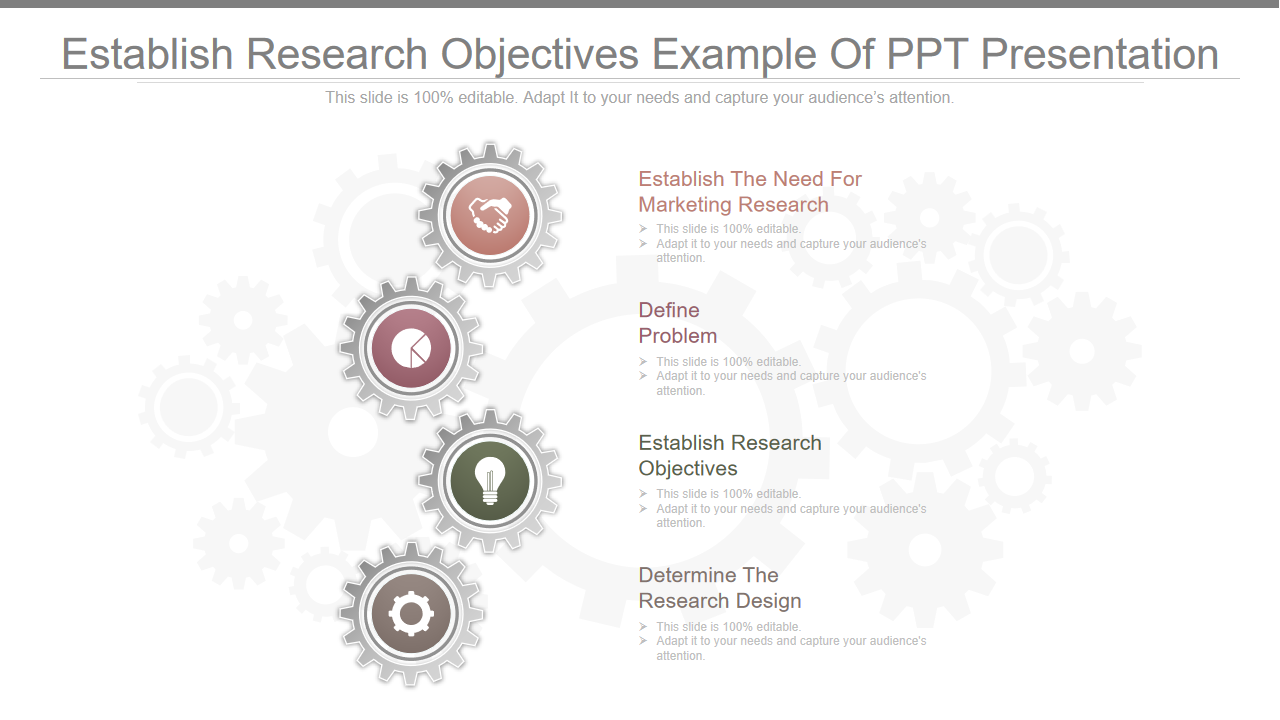
For an effective and meaningful research, clarity is essential. Deploy this template to facilitate that research objectives should specify the precise goals and targets of the study to assist in limiting its scope. To ensure the study's readability and comprehensibility, SlideTeam has crafted a flowchart template design to help you elucidate the study's objective, providing a basis for measuring and evaluating the success of well-defined research. Define and design your research with the help of this four-stage design pattern.
Template 8: A Company Research Venn Chart Presentation
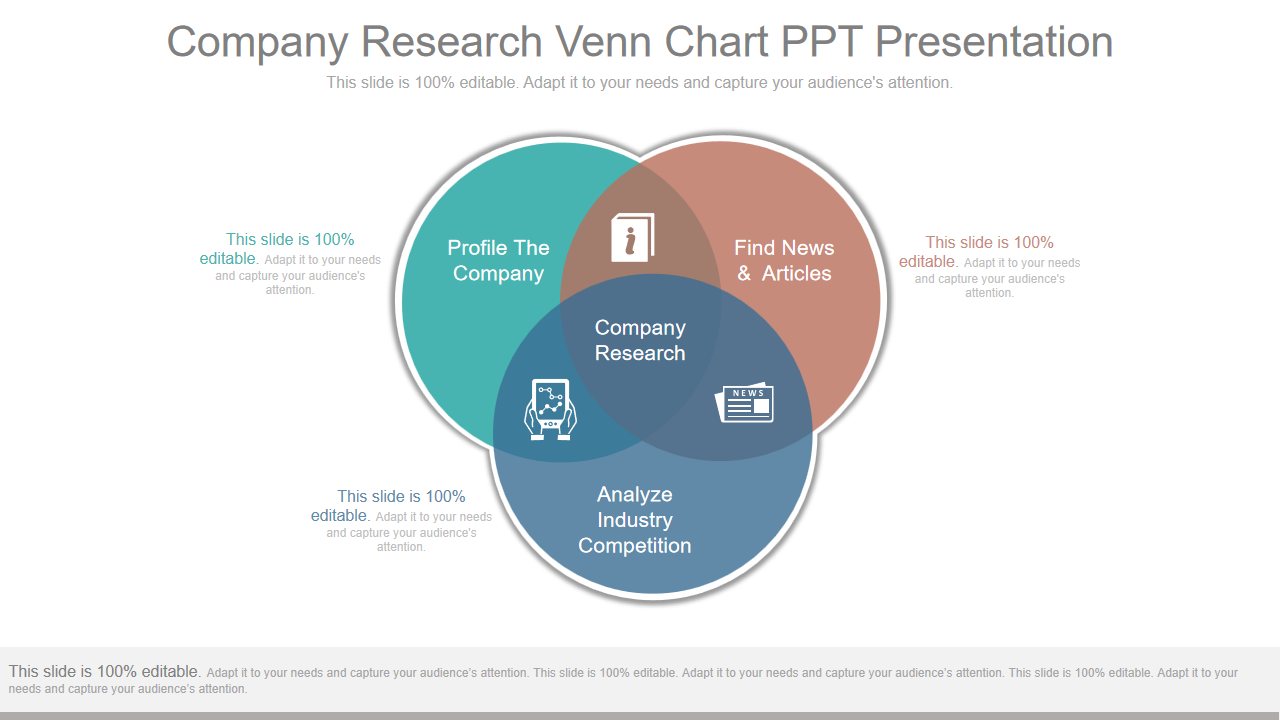
Establish relationships between the sets and groups of data while comparing and contrasting the company's research analysis. This template is helpful as it helps to understand the abstract, objectives, limitations, methodologies, research gap, etc., of the research effectively while focusing on postulating future recommendations and suggestions.
Template 9: Sample Research Paper Outline in a One-Pager Summary Presentation

How effortless it is to study a research paper without turning several pages? Grab this PPT template to research any topic and jot down your findings in a simple and concise format. Most importantly, a significant amount of their precious time can now be dedicated to critical tasks, aiding them in accelerating the research process. This incredibly well-curated one-pager template includes information about the introduction, problem, literature review, suggestions, and conclusions.
Template 10: Big Data Analytics Market Research Template
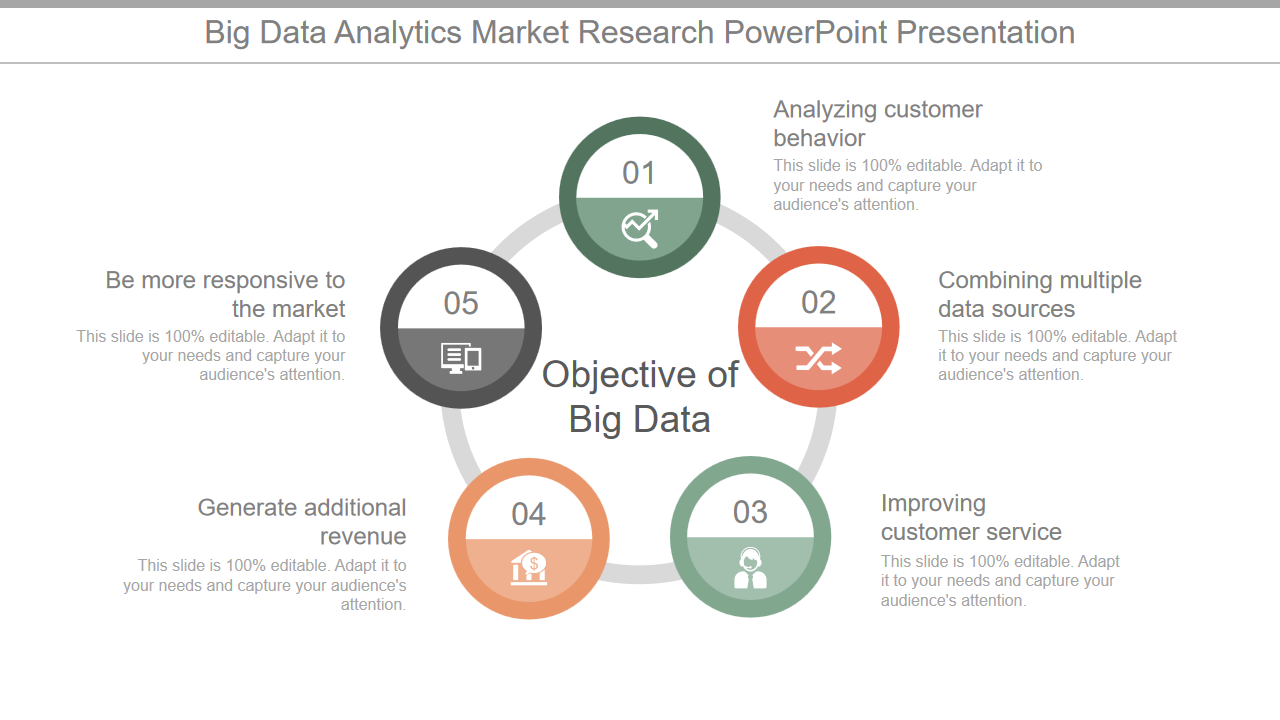
Deploy this template to introduce your company's extensive data analysis to understand the industry landscape, identify objectives, and make informed business decisions. Use this template slide to determine the current market size and growth rate. Consider the variables influencing this expansion, such as the rising volume of data produced and the demand for data-driven insights. Give information about the big data analysis market's prospects for the future. Over the coming few years, forecast growth trajectories, rising technologies, and market dynamics. Recognize the intended client base's demographics. Summarize your research and include suggestions for companies wishing to enter or grow in the big data analysis market.
PS: Provide an extensive statistical analysis for your research with this template. Check out now!
Refine your Research with SlideTeam.
SlideTeam introduces to its extensively built research templates that not only refines your search capability but also contributes towards the authenticity and development of your organization. It helps you to uncover veils of possibilities of growth while determining the bottlenecks and deriving appropriate solutions for future deliverables.
One of the attractive features about SlideTeam’s template are they are 100% customisable and editable as per the needs.
Download now!
PS: Provide an extensive statistical analysis for your research with this template . Check out now!
FAQs on Research Presentation
What is a research presentation.
Research Presentation is a visual representation of an individual or a team's observational findings or invocation in a particular subject.
What are the steps in research presentation?
To effectively convey your research findings to your audience, various phases are involved in creating a research presentation. Whether you're giving a presentation at a conference or a business meeting,
- Define your audience - Identify your audience's interests and level of knowledge. Make sure to adjust your presentation to fit their wants and needs.
- Outline What You Present - Create a clear structure with an introduction, three main ideas, and a conclusion. Choose the most essential points you want your audience to remember.
- Research and Data Collection - Gather and arrange the pertinent information, facts, and proof. Make sure your sources are reliable and current.
- Develop Visuals - To improve understanding, create visual aids like slides, charts, graphs, and photographs. Keep visuals straightforward, clutter-free, and with a distinct visual hierarchy.
- Get Your Audience Active - Take advantage of storytelling, anecdotes, or pertinent instances to draw in your audience. If appropriate, encourage audience participation and questions during the lecture.
- Present your argument - Start with a compelling introduction. Follow your outline while ensuring a logical and obvious flow.
- Keep an open line of communication, communicate clearly, and change your tone and pace. Improve your communication by making gestures and using body language. Respond to comments and questions as they come up or after the presentation.
- Recap and Draw a Conclusion - Summarize the core ideas and principal conclusions. Reiterate the importance of your study and its consequences.
How do you research a topic for a presentation?
To begin with, the idea of research presentation, choosing topics that align with your expertise and knowledge is the first and foremost. After understanding the topic, collect core factual and empirical data for proper understanding. After gauging information, it creates a place for every subtopic that must be introduced.
Related posts:
- Must-have Business Analyst Resume Templates with Examples and Samples
- Top 10 Data Processing Templates with Samples and Examples
- Must-have Data Mapping Document Templates with Samples and Examples
- Must-have Power BI Templates with Samples and Examples
Liked this blog? Please recommend us

Top 10 Business Model Templates with Samples and Examples

Top 7 Introduction Templates with Samples and Examples
This form is protected by reCAPTCHA - the Google Privacy Policy and Terms of Service apply.

--> Digital revolution powerpoint presentation slides

--> Sales funnel results presentation layouts
--> 3d men joinning circular jigsaw puzzles ppt graphics icons

--> Business Strategic Planning Template For Organizations Powerpoint Presentation Slides

--> Future plan powerpoint template slide

--> Project Management Team Powerpoint Presentation Slides

--> Brand marketing powerpoint presentation slides

--> Launching a new service powerpoint presentation with slides go to market

--> Agenda powerpoint slide show

--> Four key metrics donut chart with percentage

--> Engineering and technology ppt inspiration example introduction continuous process improvement

--> Meet our team representing in circular format

Reference management. Clean and simple.
How to make a scientific presentation

Scientific presentation outlines
Questions to ask yourself before you write your talk, 1. how much time do you have, 2. who will you speak to, 3. what do you want the audience to learn from your talk, step 1: outline your presentation, step 2: plan your presentation slides, step 3: make the presentation slides, slide design, text elements, animations and transitions, step 4: practice your presentation, final thoughts, frequently asked questions about preparing scientific presentations, related articles.
A good scientific presentation achieves three things: you communicate the science clearly, your research leaves a lasting impression on your audience, and you enhance your reputation as a scientist.
But, what is the best way to prepare for a scientific presentation? How do you start writing a talk? What details do you include, and what do you leave out?
It’s tempting to launch into making lots of slides. But, starting with the slides can mean you neglect the narrative of your presentation, resulting in an overly detailed, boring talk.
The key to making an engaging scientific presentation is to prepare the narrative of your talk before beginning to construct your presentation slides. Planning your talk will ensure that you tell a clear, compelling scientific story that will engage the audience.
In this guide, you’ll find everything you need to know to make a good oral scientific presentation, including:
- The different types of oral scientific presentations and how they are delivered;
- How to outline a scientific presentation;
- How to make slides for a scientific presentation.
Our advice results from delving into the literature on writing scientific talks and from our own experiences as scientists in giving and listening to presentations. We provide tips and best practices for giving scientific talks in a separate post.
There are two main types of scientific talks:
- Your talk focuses on a single study . Typically, you tell the story of a single scientific paper. This format is common for short talks at contributed sessions in conferences.
- Your talk describes multiple studies. You tell the story of multiple scientific papers. It is crucial to have a theme that unites the studies, for example, an overarching question or problem statement, with each study representing specific but different variations of the same theme. Typically, PhD defenses, invited seminars, lectures, or talks for a prospective employer (i.e., “job talks”) fall into this category.
➡️ Learn how to prepare an excellent thesis defense
The length of time you are allotted for your talk will determine whether you will discuss a single study or multiple studies, and which details to include in your story.
The background and interests of your audience will determine the narrative direction of your talk, and what devices you will use to get their attention. Will you be speaking to people specializing in your field, or will the audience also contain people from disciplines other than your own? To reach non-specialists, you will need to discuss the broader implications of your study outside your field.
The needs of the audience will also determine what technical details you will include, and the language you will use. For example, an undergraduate audience will have different needs than an audience of seasoned academics. Students will require a more comprehensive overview of background information and explanations of jargon but will need less technical methodological details.
Your goal is to speak to the majority. But, make your talk accessible to the least knowledgeable person in the room.
This is called the thesis statement, or simply the “take-home message”. Having listened to your talk, what message do you want the audience to take away from your presentation? Describe the main idea in one or two sentences. You want this theme to be present throughout your presentation. Again, the thesis statement will depend on the audience and the type of talk you are giving.
Your thesis statement will drive the narrative for your talk. By deciding the take-home message you want to convince the audience of as a result of listening to your talk, you decide how the story of your talk will flow and how you will navigate its twists and turns. The thesis statement tells you the results you need to show, which subsequently tells you the methods or studies you need to describe, which decides the angle you take in your introduction.
➡️ Learn how to write a thesis statement
The goal of your talk is that the audience leaves afterward with a clear understanding of the key take-away message of your research. To achieve that goal, you need to tell a coherent, logical story that conveys your thesis statement throughout the presentation. You can tell your story through careful preparation of your talk.
Preparation of a scientific presentation involves three separate stages: outlining the scientific narrative, preparing slides, and practicing your delivery. Making the slides of your talk without first planning what you are going to say is inefficient.
Here, we provide a 4 step guide to writing your scientific presentation:
- Outline your presentation
- Plan your presentation slides
- Make the presentation slides
- Practice your presentation

Writing an outline helps you consider the key pieces of your talk and how they fit together from the beginning, preventing you from forgetting any important details. It also means you avoid changing the order of your slides multiple times, saving you time.
Plan your talk as discrete sections. In the table below, we describe the sections for a single study talk vs. a talk discussing multiple studies:
Introduction | Introduction - main idea behind all studies |
Methods | Methods of study 1 |
Results | Results of study 1 |
Summary (take-home message ) of study 1 | |
Transition to study 2 (can be a visual of your main idea that return to) | |
Brief introduction for study 2 | |
Methods of study 2 | |
Results of study 2 | |
Summary of study 2 | |
Transition to study 3 | |
Repeat format until done | |
Summary | Summary of all studies (return to your main idea) |
Conclusion | Conclusion |
The following tips apply when writing the outline of a single study talk. You can easily adapt this framework if you are writing a talk discussing multiple studies.
Introduction: Writing the introduction can be the hardest part of writing a talk. And when giving it, it’s the point where you might be at your most nervous. But preparing a good, concise introduction will settle your nerves.
The introduction tells the audience the story of why you studied your topic. A good introduction succinctly achieves four things, in the following order.
- It gives a broad perspective on the problem or topic for people in the audience who may be outside your discipline (i.e., it explains the big-picture problem motivating your study).
- It describes why you did the study, and why the audience should care.
- It gives a brief indication of how your study addressed the problem and provides the necessary background information that the audience needs to understand your work.
- It indicates what the audience will learn from the talk, and prepares them for what will come next.
A good introduction not only gives the big picture and motivations behind your study but also concisely sets the stage for what the audience will learn from the talk (e.g., the questions your work answers, and/or the hypotheses that your work tests). The end of the introduction will lead to a natural transition to the methods.
Give a broad perspective on the problem. The easiest way to start with the big picture is to think of a hook for the first slide of your presentation. A hook is an opening that gets the audience’s attention and gets them interested in your story. In science, this might take the form of a why, or a how question, or it could be a statement about a major problem or open question in your field. Other examples of hooks include quotes, short anecdotes, or interesting statistics.
Why should the audience care? Next, decide on the angle you are going to take on your hook that links to the thesis of your talk. In other words, you need to set the context, i.e., explain why the audience should care. For example, you may introduce an observation from nature, a pattern in experimental data, or a theory that you want to test. The audience must understand your motivations for the study.
Supplementary details. Once you have established the hook and angle, you need to include supplementary details to support them. For example, you might state your hypothesis. Then go into previous work and the current state of knowledge. Include citations of these studies. If you need to introduce some technical methodological details, theory, or jargon, do it here.
Conclude your introduction. The motivation for the work and background information should set the stage for the conclusion of the introduction, where you describe the goals of your study, and any hypotheses or predictions. Let the audience know what they are going to learn.
Methods: The audience will use your description of the methods to assess the approach you took in your study and to decide whether your findings are credible. Tell the story of your methods in chronological order. Use visuals to describe your methods as much as possible. If you have equations, make sure to take the time to explain them. Decide what methods to include and how you will show them. You need enough detail so that your audience will understand what you did and therefore can evaluate your approach, but avoid including superfluous details that do not support your main idea. You want to avoid the common mistake of including too much data, as the audience can read the paper(s) later.
Results: This is the evidence you present for your thesis. The audience will use the results to evaluate the support for your main idea. Choose the most important and interesting results—those that support your thesis. You don’t need to present all the results from your study (indeed, you most likely won’t have time to present them all). Break down complex results into digestible pieces, e.g., comparisons over multiple slides (more tips in the next section).
Summary: Summarize your main findings. Displaying your main findings through visuals can be effective. Emphasize the new contributions to scientific knowledge that your work makes.
Conclusion: Complete the circle by relating your conclusions to the big picture topic in your introduction—and your hook, if possible. It’s important to describe any alternative explanations for your findings. You might also speculate on future directions arising from your research. The slides that comprise your conclusion do not need to state “conclusion”. Rather, the concluding slide title should be a declarative sentence linking back to the big picture problem and your main idea.
It’s important to end well by planning a strong closure to your talk, after which you will thank the audience. Your closing statement should relate to your thesis, perhaps by stating it differently or memorably. Avoid ending awkwardly by memorizing your closing sentence.
By now, you have an outline of the story of your talk, which you can use to plan your slides. Your slides should complement and enhance what you will say. Use the following steps to prepare your slides.
- Write the slide titles to match your talk outline. These should be clear and informative declarative sentences that succinctly give the main idea of the slide (e.g., don’t use “Methods” as a slide title). Have one major idea per slide. In a YouTube talk on designing effective slides , researcher Michael Alley shows examples of instructive slide titles.
- Decide how you will convey the main idea of the slide (e.g., what figures, photographs, equations, statistics, references, or other elements you will need). The body of the slide should support the slide’s main idea.
- Under each slide title, outline what you want to say, in bullet points.
In sum, for each slide, prepare a title that summarizes its major idea, a list of visual elements, and a summary of the points you will make. Ensure each slide connects to your thesis. If it doesn’t, then you don’t need the slide.
Slides for scientific presentations have three major components: text (including labels and legends), graphics, and equations. Here, we give tips on how to present each of these components.
- Have an informative title slide. Include the names of all coauthors and their affiliations. Include an attractive image relating to your study.
- Make the foreground content of your slides “pop” by using an appropriate background. Slides that have white backgrounds with black text work well for small rooms, whereas slides with black backgrounds and white text are suitable for large rooms.
- The layout of your slides should be simple. Pay attention to how and where you lay the visual and text elements on each slide. It’s tempting to cram information, but you need lots of empty space. Retain space at the sides and bottom of your slides.
- Use sans serif fonts with a font size of at least 20 for text, and up to 40 for slide titles. Citations can be in 14 font and should be included at the bottom of the slide.
- Use bold or italics to emphasize words, not underlines or caps. Keep these effects to a minimum.
- Use concise text . You don’t need full sentences. Convey the essence of your message in as few words as possible. Write down what you’d like to say, and then shorten it for the slide. Remove unnecessary filler words.
- Text blocks should be limited to two lines. This will prevent you from crowding too much information on the slide.
- Include names of technical terms in your talk slides, especially if they are not familiar to everyone in the audience.
- Proofread your slides. Typos and grammatical errors are distracting for your audience.
- Include citations for the hypotheses or observations of other scientists.
- Good figures and graphics are essential to sustain audience interest. Use graphics and photographs to show the experiment or study system in action and to explain abstract concepts.
- Don’t use figures straight from your paper as they may be too detailed for your talk, and details like axes may be too small. Make new versions if necessary. Make them large enough to be visible from the back of the room.
- Use graphs to show your results, not tables. Tables are difficult for your audience to digest! If you must present a table, keep it simple.
- Label the axes of graphs and indicate the units. Label important components of graphics and photographs and include captions. Include sources for graphics that are not your own.
- Explain all the elements of a graph. This includes the axes, what the colors and markers mean, and patterns in the data.
- Use colors in figures and text in a meaningful, not random, way. For example, contrasting colors can be effective for pointing out comparisons and/or differences. Don’t use neon colors or pastels.
- Use thick lines in figures, and use color to create contrasts in the figures you present. Don’t use red/green or red/blue combinations, as color-blind audience members can’t distinguish between them.
- Arrows or circles can be effective for drawing attention to key details in graphs and equations. Add some text annotations along with them.
- Write your summary and conclusion slides using graphics, rather than showing a slide with a list of bullet points. Showing some of your results again can be helpful to remind the audience of your message.
- If your talk has equations, take time to explain them. Include text boxes to explain variables and mathematical terms, and put them under each term in the equation.
- Combine equations with a graphic that shows the scientific principle, or include a diagram of the mathematical model.
- Use animations judiciously. They are helpful to reveal complex ideas gradually, for example, if you need to make a comparison or contrast or to build a complicated argument or figure. For lists, reveal one bullet point at a time. New ideas appearing sequentially will help your audience follow your logic.
- Slide transitions should be simple. Silly ones distract from your message.
- Decide how you will make the transition as you move from one section of your talk to the next. For example, if you spend time talking through details, provide a summary afterward, especially in a long talk. Another common tactic is to have a “home slide” that you return to multiple times during the talk that reinforces your main idea or message. In her YouTube talk on designing effective scientific presentations , Stanford biologist Susan McConnell suggests using the approach of home slides to build a cohesive narrative.
To deliver a polished presentation, it is essential to practice it. Here are some tips.
- For your first run-through, practice alone. Pay attention to your narrative. Does your story flow naturally? Do you know how you will start and end? Are there any awkward transitions? Do animations help you tell your story? Do your slides help to convey what you are saying or are they missing components?
- Next, practice in front of your advisor, and/or your peers (e.g., your lab group). Ask someone to time your talk. Take note of their feedback and the questions that they ask you (you might be asked similar questions during your real talk).
- Edit your talk, taking into account the feedback you’ve received. Eliminate superfluous slides that don’t contribute to your takeaway message.
- Practice as many times as needed to memorize the order of your slides and the key transition points of your talk. However, don’t try to learn your talk word for word. Instead, memorize opening and closing statements, and sentences at key junctures in the presentation. Your presentation should resemble a serious but spontaneous conversation with the audience.
- Practicing multiple times also helps you hone the delivery of your talk. While rehearsing, pay attention to your vocal intonations and speed. Make sure to take pauses while you speak, and make eye contact with your imaginary audience.
- Make sure your talk finishes within the allotted time, and remember to leave time for questions. Conferences are particularly strict on run time.
- Anticipate questions and challenges from the audience, and clarify ambiguities within your slides and/or speech in response.
- If you anticipate that you could be asked questions about details but you don’t have time to include them, or they detract from the main message of your talk, you can prepare slides that address these questions and place them after the final slide of your talk.
➡️ More tips for giving scientific presentations
An organized presentation with a clear narrative will help you communicate your ideas effectively, which is essential for engaging your audience and conveying the importance of your work. Taking time to plan and outline your scientific presentation before writing the slides will help you manage your nerves and feel more confident during the presentation, which will improve your overall performance.
A good scientific presentation has an engaging scientific narrative with a memorable take-home message. It has clear, informative slides that enhance what the speaker says. You need to practice your talk many times to ensure you deliver a polished presentation.
First, consider who will attend your presentation, and what you want the audience to learn about your research. Tailor your content to their level of knowledge and interests. Second, create an outline for your presentation, including the key points you want to make and the evidence you will use to support those points. Finally, practice your presentation several times to ensure that it flows smoothly and that you are comfortable with the material.
Prepare an opening that immediately gets the audience’s attention. A common device is a why or a how question, or a statement of a major open problem in your field, but you could also start with a quote, interesting statistic, or case study from your field.
Scientific presentations typically either focus on a single study (e.g., a 15-minute conference presentation) or tell the story of multiple studies (e.g., a PhD defense or 50-minute conference keynote talk). For a single study talk, the structure follows the scientific paper format: Introduction, Methods, Results, Summary, and Conclusion, whereas the format of a talk discussing multiple studies is more complex, but a theme unifies the studies.
Ensure you have one major idea per slide, and convey that idea clearly (through images, equations, statistics, citations, video, etc.). The slide should include a title that summarizes the major point of the slide, should not contain too much text or too many graphics, and color should be used meaningfully.

- Privacy Policy

Home » Research Paper Format – Types, Examples and Templates
Research Paper Format – Types, Examples and Templates
Table of Contents

Research paper format is an essential aspect of academic writing that plays a crucial role in the communication of research findings . The format of a research paper depends on various factors such as the discipline, style guide, and purpose of the research. It includes guidelines for the structure, citation style, referencing , and other elements of the paper that contribute to its overall presentation and coherence. Adhering to the appropriate research paper format is vital for ensuring that the research is accurately and effectively communicated to the intended audience. In this era of information, it is essential to understand the different research paper formats and their guidelines to communicate research effectively, accurately, and with the required level of detail. This post aims to provide an overview of some of the common research paper formats used in academic writing.
Research Paper Formats
Research Paper Formats are as follows:
- APA (American Psychological Association) format
- MLA (Modern Language Association) format
- Chicago/Turabian style
- IEEE (Institute of Electrical and Electronics Engineers) format
- AMA (American Medical Association) style
- Harvard style
- Vancouver style
- ACS (American Chemical Society) style
- ASA (American Sociological Association) style
- APSA (American Political Science Association) style
APA (American Psychological Association) Format
Here is a general APA format for a research paper:
- Title Page: The title page should include the title of your paper, your name, and your institutional affiliation. It should also include a running head, which is a shortened version of the title, and a page number in the upper right-hand corner.
- Abstract : The abstract is a brief summary of your paper, typically 150-250 words. It should include the purpose of your research, the main findings, and any implications or conclusions that can be drawn.
- Introduction: The introduction should provide background information on your topic, state the purpose of your research, and present your research question or hypothesis. It should also include a brief literature review that discusses previous research on your topic.
- Methods: The methods section should describe the procedures you used to collect and analyze your data. It should include information on the participants, the materials and instruments used, and the statistical analyses performed.
- Results: The results section should present the findings of your research in a clear and concise manner. Use tables and figures to help illustrate your results.
- Discussion : The discussion section should interpret your results and relate them back to your research question or hypothesis. It should also discuss the implications of your findings and any limitations of your study.
- References : The references section should include a list of all sources cited in your paper. Follow APA formatting guidelines for your citations and references.
Some additional tips for formatting your APA research paper:
- Use 12-point Times New Roman font throughout the paper.
- Double-space all text, including the references.
- Use 1-inch margins on all sides of the page.
- Indent the first line of each paragraph by 0.5 inches.
- Use a hanging indent for the references (the first line should be flush with the left margin, and all subsequent lines should be indented).
- Number all pages, including the title page and references page, in the upper right-hand corner.
APA Research Paper Format Template
APA Research Paper Format Template is as follows:
Title Page:
- Title of the paper
- Author’s name
- Institutional affiliation
- A brief summary of the main points of the paper, including the research question, methods, findings, and conclusions. The abstract should be no more than 250 words.
Introduction:
- Background information on the topic of the research paper
- Research question or hypothesis
- Significance of the study
- Overview of the research methods and design
- Brief summary of the main findings
- Participants: description of the sample population, including the number of participants and their characteristics (age, gender, ethnicity, etc.)
- Materials: description of any materials used in the study (e.g., survey questions, experimental apparatus)
- Procedure: detailed description of the steps taken to conduct the study
- Presentation of the findings of the study, including statistical analyses if applicable
- Tables and figures may be included to illustrate the results
Discussion:
- Interpretation of the results in light of the research question and hypothesis
- Implications of the study for the field
- Limitations of the study
- Suggestions for future research
References:
- A list of all sources cited in the paper, in APA format
Formatting guidelines:
- Double-spaced
- 12-point font (Times New Roman or Arial)
- 1-inch margins on all sides
- Page numbers in the top right corner
- Headings and subheadings should be used to organize the paper
- The first line of each paragraph should be indented
- Quotations of 40 or more words should be set off in a block quote with no quotation marks
- In-text citations should include the author’s last name and year of publication (e.g., Smith, 2019)
APA Research Paper Format Example
APA Research Paper Format Example is as follows:
The Effects of Social Media on Mental Health
University of XYZ
This study examines the relationship between social media use and mental health among college students. Data was collected through a survey of 500 students at the University of XYZ. Results suggest that social media use is significantly related to symptoms of depression and anxiety, and that the negative effects of social media are greater among frequent users.
Social media has become an increasingly important aspect of modern life, especially among young adults. While social media can have many positive effects, such as connecting people across distances and sharing information, there is growing concern about its impact on mental health. This study aims to examine the relationship between social media use and mental health among college students.
Participants: Participants were 500 college students at the University of XYZ, recruited through online advertisements and flyers posted on campus. Participants ranged in age from 18 to 25, with a mean age of 20.5 years. The sample was 60% female, 40% male, and 5% identified as non-binary or gender non-conforming.
Data was collected through an online survey administered through Qualtrics. The survey consisted of several measures, including the Patient Health Questionnaire-9 (PHQ-9) for depression symptoms, the Generalized Anxiety Disorder-7 (GAD-7) for anxiety symptoms, and questions about social media use.
Procedure :
Participants were asked to complete the online survey at their convenience. The survey took approximately 20-30 minutes to complete. Data was analyzed using descriptive statistics, correlations, and multiple regression analysis.
Results indicated that social media use was significantly related to symptoms of depression (r = .32, p < .001) and anxiety (r = .29, p < .001). Regression analysis indicated that frequency of social media use was a significant predictor of both depression symptoms (β = .24, p < .001) and anxiety symptoms (β = .20, p < .001), even when controlling for age, gender, and other relevant factors.
The results of this study suggest that social media use is associated with symptoms of depression and anxiety among college students. The negative effects of social media are greater among frequent users. These findings have important implications for mental health professionals and educators, who should consider addressing the potential negative effects of social media use in their work with young adults.
References :
References should be listed in alphabetical order according to the author’s last name. For example:
- Chou, H. T. G., & Edge, N. (2012). “They are happier and having better lives than I am”: The impact of using Facebook on perceptions of others’ lives. Cyberpsychology, Behavior, and Social Networking, 15(2), 117-121.
- Twenge, J. M., Joiner, T. E., Rogers, M. L., & Martin, G. N. (2018). Increases in depressive symptoms, suicide-related outcomes, and suicide rates among U.S. adolescents after 2010 and links to increased new media screen time. Clinical Psychological Science, 6(1), 3-17.
Note: This is just a sample Example do not use this in your assignment.
MLA (Modern Language Association) Format
MLA (Modern Language Association) Format is as follows:
- Page Layout : Use 8.5 x 11-inch white paper, with 1-inch margins on all sides. The font should be 12-point Times New Roman or a similar serif font.
- Heading and Title : The first page of your research paper should include a heading and a title. The heading should include your name, your instructor’s name, the course title, and the date. The title should be centered and in title case (capitalizing the first letter of each important word).
- In-Text Citations : Use parenthetical citations to indicate the source of your information. The citation should include the author’s last name and the page number(s) of the source. For example: (Smith 23).
- Works Cited Page : At the end of your paper, include a Works Cited page that lists all the sources you used in your research. Each entry should include the author’s name, the title of the work, the publication information, and the medium of publication.
- Formatting Quotations : Use double quotation marks for short quotations and block quotations for longer quotations. Indent the entire quotation five spaces from the left margin.
- Formatting the Body : Use a clear and readable font and double-space your text throughout. The first line of each paragraph should be indented one-half inch from the left margin.
MLA Research Paper Template
MLA Research Paper Format Template is as follows:
- Use 8.5 x 11 inch white paper.
- Use a 12-point font, such as Times New Roman.
- Use double-spacing throughout the entire paper, including the title page and works cited page.
- Set the margins to 1 inch on all sides.
- Use page numbers in the upper right corner, beginning with the first page of text.
- Include a centered title for the research paper, using title case (capitalizing the first letter of each important word).
- Include your name, instructor’s name, course name, and date in the upper left corner, double-spaced.
In-Text Citations
- When quoting or paraphrasing information from sources, include an in-text citation within the text of your paper.
- Use the author’s last name and the page number in parentheses at the end of the sentence, before the punctuation mark.
- If the author’s name is mentioned in the sentence, only include the page number in parentheses.
Works Cited Page
- List all sources cited in alphabetical order by the author’s last name.
- Each entry should include the author’s name, title of the work, publication information, and medium of publication.
- Use italics for book and journal titles, and quotation marks for article and chapter titles.
- For online sources, include the date of access and the URL.
Here is an example of how the first page of a research paper in MLA format should look:
Headings and Subheadings
- Use headings and subheadings to organize your paper and make it easier to read.
- Use numerals to number your headings and subheadings (e.g. 1, 2, 3), and capitalize the first letter of each word.
- The main heading should be centered and in boldface type, while subheadings should be left-aligned and in italics.
- Use only one space after each period or punctuation mark.
- Use quotation marks to indicate direct quotes from a source.
- If the quote is more than four lines, format it as a block quote, indented one inch from the left margin and without quotation marks.
- Use ellipses (…) to indicate omitted words from a quote, and brackets ([…]) to indicate added words.
Works Cited Examples
- Book: Last Name, First Name. Title of Book. Publisher, Publication Year.
- Journal Article: Last Name, First Name. “Title of Article.” Title of Journal, volume number, issue number, publication date, page numbers.
- Website: Last Name, First Name. “Title of Webpage.” Title of Website, publication date, URL. Accessed date.
Here is an example of how a works cited entry for a book should look:
Smith, John. The Art of Writing Research Papers. Penguin, 2021.
MLA Research Paper Example
MLA Research Paper Format Example is as follows:
Your Professor’s Name
Course Name and Number
Date (in Day Month Year format)
Word Count (not including title page or Works Cited)
Title: The Impact of Video Games on Aggression Levels
Video games have become a popular form of entertainment among people of all ages. However, the impact of video games on aggression levels has been a subject of debate among scholars and researchers. While some argue that video games promote aggression and violent behavior, others argue that there is no clear link between video games and aggression levels. This research paper aims to explore the impact of video games on aggression levels among young adults.
Background:
The debate on the impact of video games on aggression levels has been ongoing for several years. According to the American Psychological Association, exposure to violent media, including video games, can increase aggression levels in children and adolescents. However, some researchers argue that there is no clear evidence to support this claim. Several studies have been conducted to examine the impact of video games on aggression levels, but the results have been mixed.
Methodology:
This research paper used a quantitative research approach to examine the impact of video games on aggression levels among young adults. A sample of 100 young adults between the ages of 18 and 25 was selected for the study. The participants were asked to complete a questionnaire that measured their aggression levels and their video game habits.
The results of the study showed that there was a significant correlation between video game habits and aggression levels among young adults. The participants who reported playing violent video games for more than 5 hours per week had higher aggression levels than those who played less than 5 hours per week. The study also found that male participants were more likely to play violent video games and had higher aggression levels than female participants.
The findings of this study support the claim that video games can increase aggression levels among young adults. However, it is important to note that the study only examined the impact of video games on aggression levels and did not take into account other factors that may contribute to aggressive behavior. It is also important to note that not all video games promote violence and aggression, and some games may have a positive impact on cognitive and social skills.
Conclusion :
In conclusion, this research paper provides evidence to support the claim that video games can increase aggression levels among young adults. However, it is important to conduct further research to examine the impact of video games on other aspects of behavior and to explore the potential benefits of video games. Parents and educators should be aware of the potential impact of video games on aggression levels and should encourage young adults to engage in a variety of activities that promote cognitive and social skills.
Works Cited:
- American Psychological Association. (2017). Violent Video Games: Myths, Facts, and Unanswered Questions. Retrieved from https://www.apa.org/news/press/releases/2017/08/violent-video-games
- Ferguson, C. J. (2015). Do Angry Birds make for angry children? A meta-analysis of video game influences on children’s and adolescents’ aggression, mental health, prosocial behavior, and academic performance. Perspectives on Psychological Science, 10(5), 646-666.
- Gentile, D. A., Swing, E. L., Lim, C. G., & Khoo, A. (2012). Video game playing, attention problems, and impulsiveness: Evidence of bidirectional causality. Psychology of Popular Media Culture, 1(1), 62-70.
- Greitemeyer, T. (2014). Effects of prosocial video games on prosocial behavior. Journal of Personality and Social Psychology, 106(4), 530-548.
Chicago/Turabian Style
Chicago/Turabian Formate is as follows:
- Margins : Use 1-inch margins on all sides of the paper.
- Font : Use a readable font such as Times New Roman or Arial, and use a 12-point font size.
- Page numbering : Number all pages in the upper right-hand corner, beginning with the first page of text. Use Arabic numerals.
- Title page: Include a title page with the title of the paper, your name, course title and number, instructor’s name, and the date. The title should be centered on the page and in title case (capitalize the first letter of each word).
- Headings: Use headings to organize your paper. The first level of headings should be centered and in boldface or italics. The second level of headings should be left-aligned and in boldface or italics. Use as many levels of headings as necessary to organize your paper.
- In-text citations : Use footnotes or endnotes to cite sources within the text of your paper. The first citation for each source should be a full citation, and subsequent citations can be shortened. Use superscript numbers to indicate footnotes or endnotes.
- Bibliography : Include a bibliography at the end of your paper, listing all sources cited in your paper. The bibliography should be in alphabetical order by the author’s last name, and each entry should include the author’s name, title of the work, publication information, and date of publication.
- Formatting of quotations: Use block quotations for quotations that are longer than four lines. Indent the entire quotation one inch from the left margin, and do not use quotation marks. Single-space the quotation, and double-space between paragraphs.
- Tables and figures: Use tables and figures to present data and illustrations. Number each table and figure sequentially, and provide a brief title for each. Place tables and figures as close as possible to the text that refers to them.
- Spelling and grammar : Use correct spelling and grammar throughout your paper. Proofread carefully for errors.
Chicago/Turabian Research Paper Template
Chicago/Turabian Research Paper Template is as folows:
Title of Paper
Name of Student
Professor’s Name
I. Introduction
A. Background Information
B. Research Question
C. Thesis Statement
II. Literature Review
A. Overview of Existing Literature
B. Analysis of Key Literature
C. Identification of Gaps in Literature
III. Methodology
A. Research Design
B. Data Collection
C. Data Analysis
IV. Results
A. Presentation of Findings
B. Analysis of Findings
C. Discussion of Implications
V. Conclusion
A. Summary of Findings
B. Implications for Future Research
C. Conclusion
VI. References
A. Bibliography
B. In-Text Citations
VII. Appendices (if necessary)
A. Data Tables
C. Additional Supporting Materials
Chicago/Turabian Research Paper Example
Title: The Impact of Social Media on Political Engagement
Name: John Smith
Class: POLS 101
Professor: Dr. Jane Doe
Date: April 8, 2023
I. Introduction:
Social media has become an integral part of our daily lives. People use social media platforms like Facebook, Twitter, and Instagram to connect with friends and family, share their opinions, and stay informed about current events. With the rise of social media, there has been a growing interest in understanding its impact on various aspects of society, including political engagement. In this paper, I will examine the relationship between social media use and political engagement, specifically focusing on how social media influences political participation and political attitudes.
II. Literature Review:
There is a growing body of literature on the impact of social media on political engagement. Some scholars argue that social media has a positive effect on political participation by providing new channels for political communication and mobilization (Delli Carpini & Keeter, 1996; Putnam, 2000). Others, however, suggest that social media can have a negative impact on political engagement by creating filter bubbles that reinforce existing beliefs and discourage political dialogue (Pariser, 2011; Sunstein, 2001).
III. Methodology:
To examine the relationship between social media use and political engagement, I conducted a survey of 500 college students. The survey included questions about social media use, political participation, and political attitudes. The data was analyzed using descriptive statistics and regression analysis.
Iv. Results:
The results of the survey indicate that social media use is positively associated with political participation. Specifically, respondents who reported using social media to discuss politics were more likely to have participated in a political campaign, attended a political rally, or contacted a political representative. Additionally, social media use was found to be associated with more positive attitudes towards political engagement, such as increased trust in government and belief in the effectiveness of political action.
V. Conclusion:
The findings of this study suggest that social media has a positive impact on political engagement, by providing new opportunities for political communication and mobilization. However, there is also a need for caution, as social media can also create filter bubbles that reinforce existing beliefs and discourage political dialogue. Future research should continue to explore the complex relationship between social media and political engagement, and develop strategies to harness the potential benefits of social media while mitigating its potential negative effects.
Vii. References:
- Delli Carpini, M. X., & Keeter, S. (1996). What Americans know about politics and why it matters. Yale University Press.
- Pariser, E. (2011). The filter bubble: What the Internet is hiding from you. Penguin.
- Putnam, R. D. (2000). Bowling alone: The collapse and revival of American community. Simon & Schuster.
- Sunstein, C. R. (2001). Republic.com. Princeton University Press.
IEEE (Institute of Electrical and Electronics Engineers) Format
IEEE (Institute of Electrical and Electronics Engineers) Research Paper Format is as follows:
- Title : A concise and informative title that accurately reflects the content of the paper.
- Abstract : A brief summary of the paper, typically no more than 250 words, that includes the purpose of the study, the methods used, the key findings, and the main conclusions.
- Introduction : An overview of the background, context, and motivation for the research, including a clear statement of the problem being addressed and the objectives of the study.
- Literature review: A critical analysis of the relevant research and scholarship on the topic, including a discussion of any gaps or limitations in the existing literature.
- Methodology : A detailed description of the methods used to collect and analyze data, including any experiments or simulations, data collection instruments or procedures, and statistical analyses.
- Results : A clear and concise presentation of the findings, including any relevant tables, graphs, or figures.
- Discussion : A detailed interpretation of the results, including a comparison of the findings with previous research, a discussion of the implications of the results, and any recommendations for future research.
- Conclusion : A summary of the key findings and main conclusions of the study.
- References : A list of all sources cited in the paper, formatted according to IEEE guidelines.
In addition to these elements, an IEEE research paper should also follow certain formatting guidelines, including using 12-point font, double-spaced text, and numbered headings and subheadings. Additionally, any tables, figures, or equations should be clearly labeled and referenced in the text.
AMA (American Medical Association) Style
AMA (American Medical Association) Style Research Paper Format:
- Title Page: This page includes the title of the paper, the author’s name, institutional affiliation, and any acknowledgments or disclaimers.
- Abstract: The abstract is a brief summary of the paper that outlines the purpose, methods, results, and conclusions of the study. It is typically limited to 250 words or less.
- Introduction: The introduction provides a background of the research problem, defines the research question, and outlines the objectives and hypotheses of the study.
- Methods: The methods section describes the research design, participants, procedures, and instruments used to collect and analyze data.
- Results: The results section presents the findings of the study in a clear and concise manner, using graphs, tables, and charts where appropriate.
- Discussion: The discussion section interprets the results, explains their significance, and relates them to previous research in the field.
- Conclusion: The conclusion summarizes the main points of the paper, discusses the implications of the findings, and suggests future research directions.
- References: The reference list includes all sources cited in the paper, listed in alphabetical order by author’s last name.
In addition to these sections, the AMA format requires that authors follow specific guidelines for citing sources in the text and formatting their references. The AMA style uses a superscript number system for in-text citations and provides specific formats for different types of sources, such as books, journal articles, and websites.
Harvard Style
Harvard Style Research Paper format is as follows:
- Title page: This should include the title of your paper, your name, the name of your institution, and the date of submission.
- Abstract : This is a brief summary of your paper, usually no more than 250 words. It should outline the main points of your research and highlight your findings.
- Introduction : This section should introduce your research topic, provide background information, and outline your research question or thesis statement.
- Literature review: This section should review the relevant literature on your topic, including previous research studies, academic articles, and other sources.
- Methodology : This section should describe the methods you used to conduct your research, including any data collection methods, research instruments, and sampling techniques.
- Results : This section should present your findings in a clear and concise manner, using tables, graphs, and other visual aids if necessary.
- Discussion : This section should interpret your findings and relate them to the broader research question or thesis statement. You should also discuss the implications of your research and suggest areas for future study.
- Conclusion : This section should summarize your main findings and provide a final statement on the significance of your research.
- References : This is a list of all the sources you cited in your paper, presented in alphabetical order by author name. Each citation should include the author’s name, the title of the source, the publication date, and other relevant information.
In addition to these sections, a Harvard Style research paper may also include a table of contents, appendices, and other supplementary materials as needed. It is important to follow the specific formatting guidelines provided by your instructor or academic institution when preparing your research paper in Harvard Style.
Vancouver Style
Vancouver Style Research Paper format is as follows:
The Vancouver citation style is commonly used in the biomedical sciences and is known for its use of numbered references. Here is a basic format for a research paper using the Vancouver citation style:
- Title page: Include the title of your paper, your name, the name of your institution, and the date.
- Abstract : This is a brief summary of your research paper, usually no more than 250 words.
- Introduction : Provide some background information on your topic and state the purpose of your research.
- Methods : Describe the methods you used to conduct your research, including the study design, data collection, and statistical analysis.
- Results : Present your findings in a clear and concise manner, using tables and figures as needed.
- Discussion : Interpret your results and explain their significance. Also, discuss any limitations of your study and suggest directions for future research.
- References : List all of the sources you cited in your paper in numerical order. Each reference should include the author’s name, the title of the article or book, the name of the journal or publisher, the year of publication, and the page numbers.
ACS (American Chemical Society) Style
ACS (American Chemical Society) Style Research Paper format is as follows:
The American Chemical Society (ACS) Style is a citation style commonly used in chemistry and related fields. When formatting a research paper in ACS Style, here are some guidelines to follow:
- Paper Size and Margins : Use standard 8.5″ x 11″ paper with 1-inch margins on all sides.
- Font: Use a 12-point serif font (such as Times New Roman) for the main text. The title should be in bold and a larger font size.
- Title Page : The title page should include the title of the paper, the authors’ names and affiliations, and the date of submission. The title should be centered on the page and written in bold font. The authors’ names should be centered below the title, followed by their affiliations and the date.
- Abstract : The abstract should be a brief summary of the paper, no more than 250 words. It should be on a separate page and include the title of the paper, the authors’ names and affiliations, and the text of the abstract.
- Main Text : The main text should be organized into sections with headings that clearly indicate the content of each section. The introduction should provide background information and state the research question or hypothesis. The methods section should describe the procedures used in the study. The results section should present the findings of the study, and the discussion section should interpret the results and provide conclusions.
- References: Use the ACS Style guide to format the references cited in the paper. In-text citations should be numbered sequentially throughout the text and listed in numerical order at the end of the paper.
- Figures and Tables: Figures and tables should be numbered sequentially and referenced in the text. Each should have a descriptive caption that explains its content. Figures should be submitted in a high-quality electronic format.
- Supporting Information: Additional information such as data, graphs, and videos may be included as supporting information. This should be included in a separate file and referenced in the main text.
- Acknowledgments : Acknowledge any funding sources or individuals who contributed to the research.
ASA (American Sociological Association) Style
ASA (American Sociological Association) Style Research Paper format is as follows:
- Title Page: The title page of an ASA style research paper should include the title of the paper, the author’s name, and the institutional affiliation. The title should be centered and should be in title case (the first letter of each major word should be capitalized).
- Abstract: An abstract is a brief summary of the paper that should appear on a separate page immediately following the title page. The abstract should be no more than 200 words in length and should summarize the main points of the paper.
- Main Body: The main body of the paper should begin on a new page following the abstract page. The paper should be double-spaced, with 1-inch margins on all sides, and should be written in 12-point Times New Roman font. The main body of the paper should include an introduction, a literature review, a methodology section, results, and a discussion.
- References : The reference section should appear on a separate page at the end of the paper. All sources cited in the paper should be listed in alphabetical order by the author’s last name. Each reference should include the author’s name, the title of the work, the publication information, and the date of publication.
- Appendices : Appendices are optional and should only be included if they contain information that is relevant to the study but too lengthy to be included in the main body of the paper. If you include appendices, each one should be labeled with a letter (e.g., Appendix A, Appendix B, etc.) and should be referenced in the main body of the paper.
APSA (American Political Science Association) Style
APSA (American Political Science Association) Style Research Paper format is as follows:
- Title Page: The title page should include the title of the paper, the author’s name, the name of the course or instructor, and the date.
- Abstract : An abstract is typically not required in APSA style papers, but if one is included, it should be brief and summarize the main points of the paper.
- Introduction : The introduction should provide an overview of the research topic, the research question, and the main argument or thesis of the paper.
- Literature Review : The literature review should summarize the existing research on the topic and provide a context for the research question.
- Methods : The methods section should describe the research methods used in the paper, including data collection and analysis.
- Results : The results section should present the findings of the research.
- Discussion : The discussion section should interpret the results and connect them back to the research question and argument.
- Conclusion : The conclusion should summarize the main findings and implications of the research.
- References : The reference list should include all sources cited in the paper, formatted according to APSA style guidelines.
In-text citations in APSA style use parenthetical citation, which includes the author’s last name, publication year, and page number(s) if applicable. For example, (Smith 2010, 25).
About the author
Muhammad Hassan
Researcher, Academic Writer, Web developer
You may also like

Research Paper Abstract – Writing Guide and...

Tables in Research Paper – Types, Creating Guide...

Theoretical Framework – Types, Examples and...

Implications in Research – Types, Examples and...

Research Results Section – Writing Guide and...

Future Research – Thesis Guide
Got any suggestions?
We want to hear from you! Send us a message and help improve Slidesgo
Top searches
Trending searches
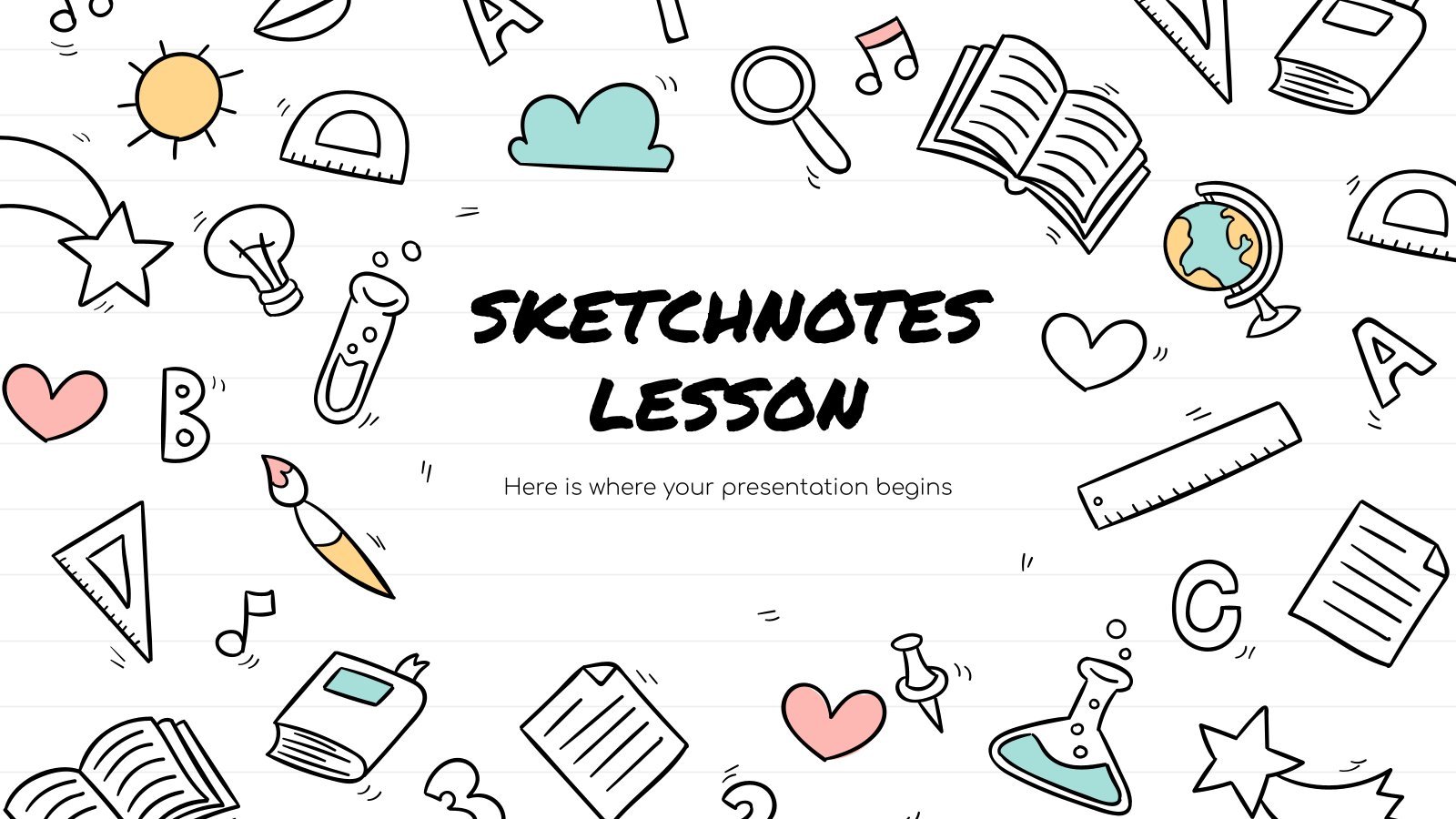
free template
97 templates
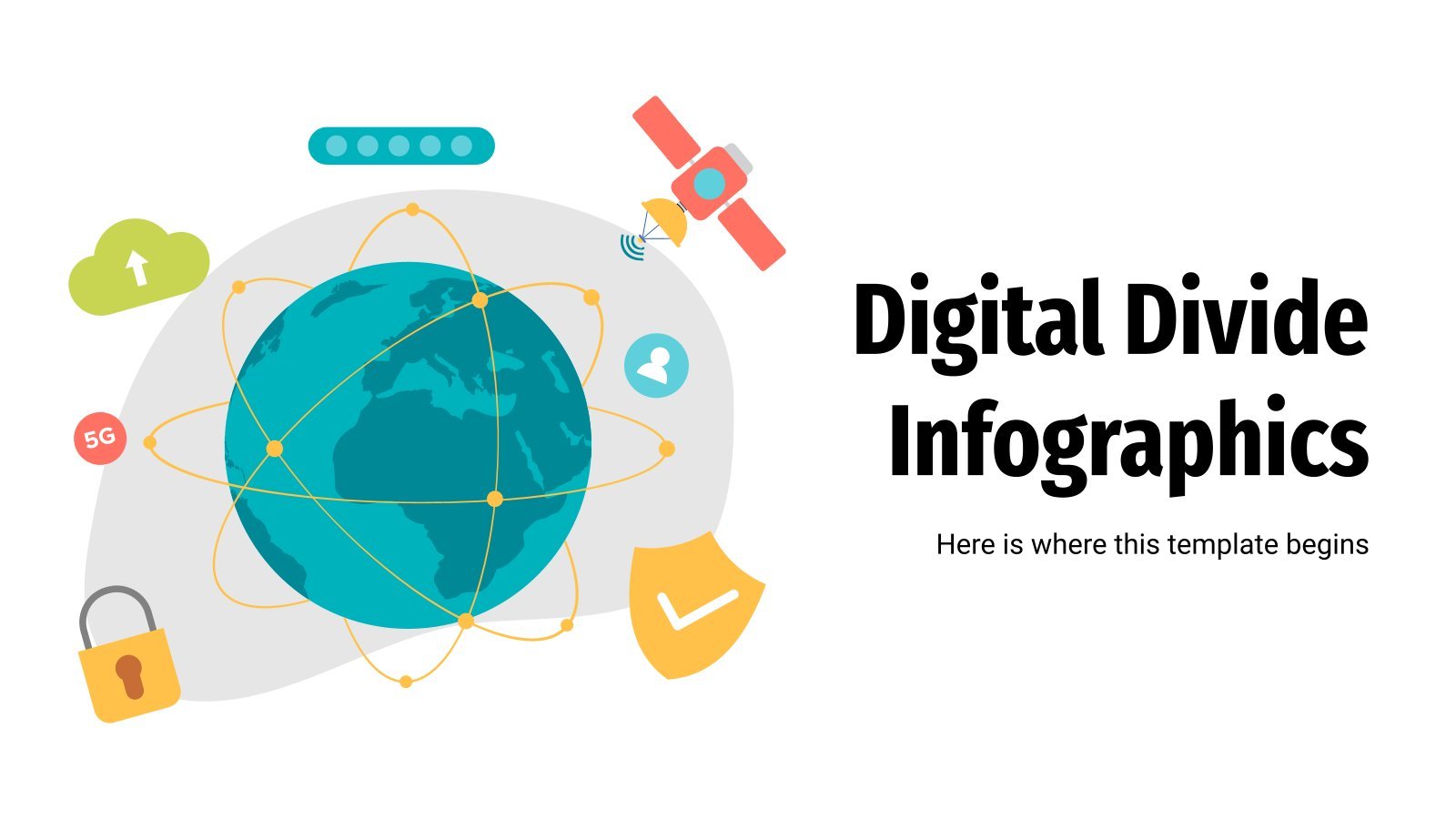
digital footprint
17 templates

welcome back
90 templates

103 templates
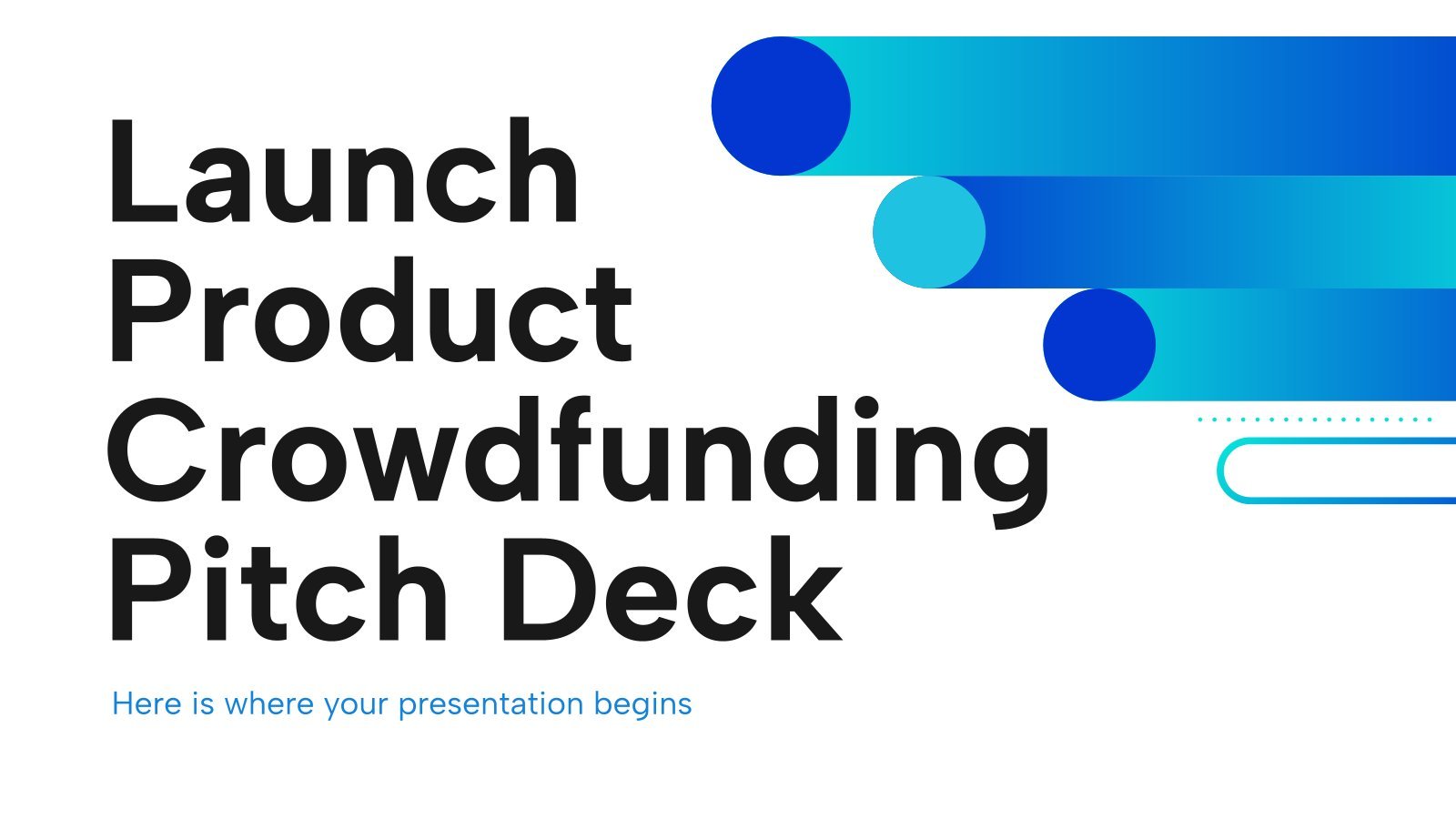
business pitch
696 templates

11 templates
Research Presentation templates
Customize our free themes and templates for google slides or powerpoint and explain what your research is about. these designs are easy to edit, so that will speed things up.

It seems that you like this template!

Register for free and start downloading now
Formal research paper slideshow.
Have you seen these slides? They are perfect for presenting your research paper! First of all, because we have included all the necessary sections of this type of work, such as hypothesis, objectives, methodology, analysis and the conclusions of the paper. The second reason is that the formal style will...

Elegant Black & White Thesis Defense
Present your research findings with grace and assertiveness through this template. Available for Google Slides and PowerPoint, this design set offers minimalistic charm with its simple, gray scale elegance. The template not only provides a polished platform to showcase your thesis but also ensures seamless and efficient delivery of your...
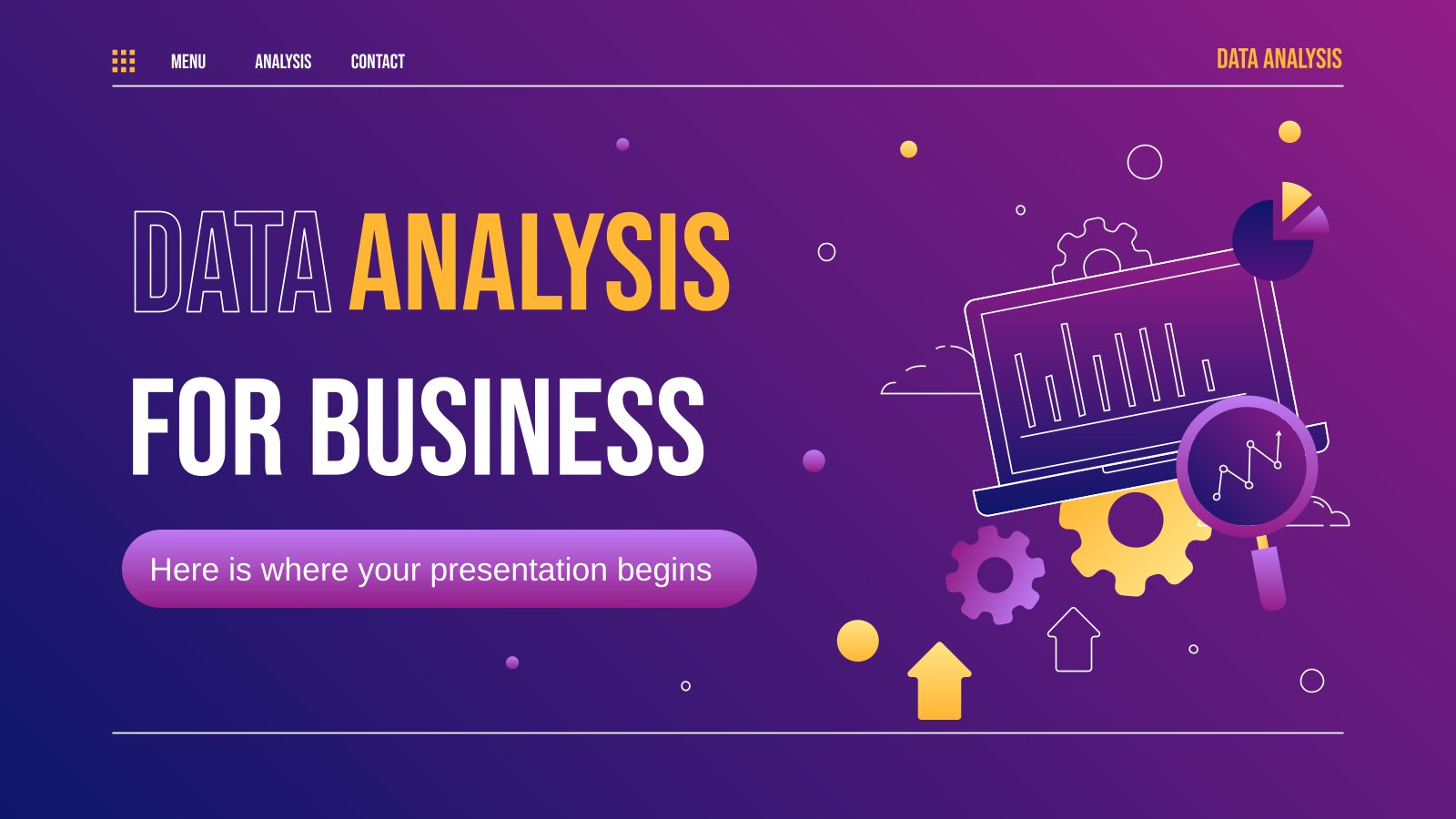
Premium template
Unlock this template and gain unlimited access
Data Analysis for Business
What helps employees of a company know how the business is performing and recognize current problems that are to be solved? Data analysis laid out in a presentation, for example. Since we all want to do our best in our jobs, this template can come in handy for you. Its...

Economics Thesis
If numbers, exchange rates, money and trading are your forte, odds are you’re already working on an economics thesis for your master’s degree. Defending your dissertation is the last step and the most difficult one, but Slidesgo can help you. Here’s our new free presentation template with a focus on...

Economics Subject for High School Electives: Economic Systems Analysis
Download the Economics Subject for High School Electives: Economic Systems Analysis presentation for PowerPoint or Google Slides. High school students are approaching adulthood, and therefore, this template’s design reflects the mature nature of their education. Customize the well-defined sections, integrate multimedia and interactive elements and allow space for research or...

Controversy Over the Use of Rye in Broiler Farms Thesis Defense
Download the Controversy Over the Use of Rye in Broiler Farms Thesis Defense presentation for PowerPoint or Google Slides. Congratulations, you have finally finished your research and made it to the end of your thesis! But now comes the big moment: the thesis defense. You want to make sure you...

Project Research Infographics
Download the "Project Research Infographics" template for PowerPoint or Google Slides and discover the power of infographics. An infographic resource gives you the ability to showcase your content in a more visual way, which will make it easier for your audience to understand your topic. Slidesgo infographics like this set...

Muslim Festivities and Celebrations Thesis
Download the Muslim Festivities and Celebrations Thesis presentation for PowerPoint or Google Slides. Congratulations, you have finally finished your research and made it to the end of your thesis! But now comes the big moment: the thesis defense. You want to make sure you showcase your research in the best...

Vintage French Literature Thesis
Download the Vintage French Literature Thesis presentation for PowerPoint or Google Slides. Congratulations, you have finally finished your research and made it to the end of your thesis! But now comes the big moment: the thesis defense. You want to make sure you showcase your research in the best way...

Create your presentation Create personalized presentation content
Writing tone, number of slides, taking care of heart diseases.
Download the "Taking Care of Heart Diseases" presentation for PowerPoint or Google Slides. Taking care of yourself and of those around you is key! By learning about various illnesses and how they are spread, people can get a better understanding of them and make informed decisions about eating, exercise, and...

Anatomy Poster for Elementary
Download the Anatomy Poster for Elementary presentation for PowerPoint or Google Slides and easily edit it to fit your own lesson plan! Designed specifically for elementary school education, this eye-catching design features engaging graphics and age-appropriate fonts; elements that capture the students' attention and make the learning experience more enjoyable...

Human Values and Professional Ethics Thesis Defense
Download the Human Values and Professional Ethics Thesis Defense presentation for PowerPoint or Google Slides. Congratulations, you have finally finished your research and made it to the end of your thesis! But now comes the big moment: the thesis defense. You want to make sure you showcase your research in...

Most Famous Murder Cases - Thesis Defense Infographics
Download the Most Famous Murder Cases - Thesis Defense Infographics template for PowerPoint or Google Slides and discover the power of infographics. An infographic resource gives you the ability to showcase your content in a more visual way, which will make it easier for your audience to understand your topic....

AP Research Defense for High School
AP, or Advanced Placement, is a North American educational program that offers a rigorous course designed to challenge and prepare high school students for their future careers and academic pursuits. It requires students to conduct independent research, write a lengthy academic paper, and present their findings to a panel of...

Plastic Surgery Breast Reconstruction Breakthrough
Download the Plastic Surgery Breast Reconstruction Breakthrough presentation for PowerPoint or Google Slides.Treating diseases involves a lot of prior research and clinical trials. But whenever there’s a new discovery, a revolutionary finding that opens the door to new treatments, vaccines or ways to prevent illnesses, it’s great news. Should there...

Skin Nodules Breakthrough
Download the Skin Nodules Breakthrough presentation for PowerPoint or Google Slides. Now you can also edit it online for free! Treating diseases involve a lot of prior research and clinical trials. But whenever there’s a new discovery, a revolutionary finding that opens the door to new treatments, vaccines or ways...

Data Collection and Analysis - Master of Science in Community Health and Prevention Research
Download the "Data Collection and Analysis - Master of Science in Community Health and Prevention Research" presentation for PowerPoint or Google Slides. As university curricula increasingly incorporate digital tools and platforms, this template has been designed to integrate with presentation software, online learning management systems, or referencing software, enhancing the...
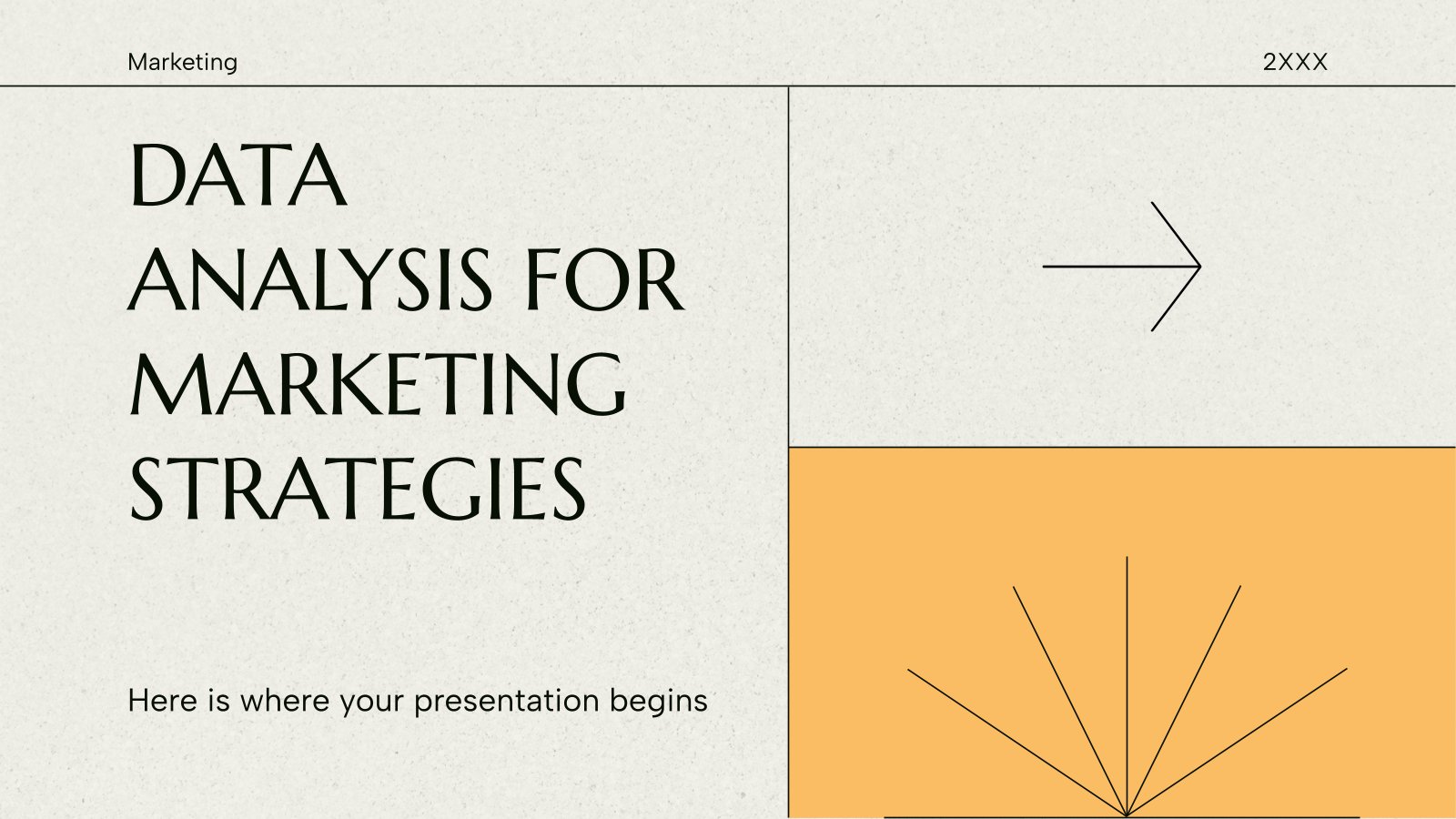
Data Analysis for Marketing Strategies
With the amount of data available through various digital platforms, it's easier than ever to determine the trends and preferences of your target audience. By collecting and analyzing data, marketers can create highly personalized campaigns that align with the exact needs and wants of their customers. If you're trying to...
- Page 1 of 104
Register for free and start editing online

How to Present a Research Paper? (Templates Included)
Last updated on December 25th, 2023

Research paper presentations are required in our academic progress. As a researcher, you must often present a research paper and convey your ideas to the audience. But research paper presentations have unique requirements that must be fulfilled for asserting the audience of your talk.
It can be quite challenging for a research presentation not to bore the audience and enthusiastically present the research paper, but if you follow the necessary steps, you can easily convey your ideas and grab the audience’s attention in no time .
In this article, we go through how to present a research paper, why you would need to create a research presentation, and discuss the APA style of citing research papers.
Lastly, we have also included research paper PowerPoint presentation examples at the end of this article to help you conveniently create the perfect research paper presentation in a short amount of time.
How to Present a Research Paper?
A research presentation is typically 10 minutes long and needs to be formally presented in front of a panel of audience or, in the case of a seminar, a group of people. Here are some important points to help you understand how to present a research paper.
1. How Should the Title of a Research Paper be Presented?
An important part of a research paper is its title which needs to be presented directly and with an interesting take to catch the audience’s attention . It is the first impression that you leave on your audience and helps build the momentum for your upcoming talk. Keep it short and concise. Stretching it out will use your precious talk time, which should be for the crucial parts of the presentation.
2. Introduction
Next is the introduction you need to cover by giving an overview of your research paper. See it like the abstract of any research paper that lets the readers or, in the research paper presentation’s case, the audience know what the presentation will be about.
Take the opportunity to introduce yourself and offer a statement about your overall presentation. Explain why your research findings are useful for the audience and how they can help them achieve their goals or solve problems. Clearly define your hypothesis statement to indicate what is yet to come in your presentation.
3. Main Body of the Presentation
The main body of the presentation should have the most important information your audience needs to know about. In most cases, the findings of the presentation are the most important. Still, in some cases, the methodology followed must also be highlighted and discussed to attract the audience’s attention.
Ask yourself the most important part the audience needs to know about that signifies the benefit of your research and its findings. Identify the main points and record them to have a set of central points to plan your presentation. Keep the main issues short and to the point when talking about them. Going too much into detail will exceed your presentation time and will not be good for the audience’s attention span.
4. Use Graphics, including Charts, Graphs, Infographics and Pictures
To clarify the concepts, support arguments, and offer a visual impact, use graphics including tables, flowcharts, graphs, charts, images, infographics and diagrams in your research paper presentation. Visual slides will help make your presentation appealing and memorable.
Use flowcharts to explain a process flow and its outcomes. Graphs depict statistics in visual form and compare numerical data. Add supporting images and diagrams where necessary. And use charts to show the relationship between elements.
Pro Tip: A research paper is sometimes presented with the help of a poster presentation . You can learn more on how to make a winning poster presentation in this article published by SlideModel.
But do remember not to over do it. Keep the text short and concise with a reasonable number of graphics to make it attractive and enable you to convey your message better.
5. Offer Supporting Documents
A research presentation is just a narrowed-down version of your research paper with extensively detailed information on the topic, literature review, methodology, findings, and implications. Therefore, along with your research presentation, be sure to offer supporting documents as required.
If you are applying for a job and giving a research presentation as a part of the interview process, then be sure to provide a CV with a list of your published articles and a cover letter.
In case of a funding request, submit a proposal when presenting to let the investors and sponsors know your requirements.
Seminar and conference presentations often do not need supporting documents, but handing a summary of your research paper and its significance can be good for those interested in your research. Poster presentations can also be part of the supporting documents to be included as part of your research project.
6. Prepare a Summary of the Presentation
When concluding your research paper presentation, offer a brief summary of the main points and highlight the significance of your findings . Make a specific request if any action is needed from the audience or the panel of professionals.
Acknowledge the collaborators and mentors, tell the audience the next steps, and share your contact information with them so they can contact you when required.
7. Answer Any Underlying Questions
In the end, you can hold a question-and-answer session to answer any underlying queries the audience might have. You can have some questions of your own to stimulate a discussion among the audience and take in questions to answer, making it interactive.
To prepare for this, write a list of possible questions the audience might have and prepare short, clear-cut answers. Make sure to go through your research paper deeply, so you can answer any question the audience asks and maintain your authority on the matter.
Reasons for Creating a Research Presentation
Research paper presentations have their unique purpose, and you need to identify your reason for creating a research presentation to be able to properly convey your message and fulfill the purpose of presenting . Here are a few reasons why you would need to create a research presentation.
1. Dissertation Defense
A dissertation defense is commonly required in academic settings where you must defend your research paper’s content in front of a panel of qualified professionals and professors. Also known as a thesis defense , the panel examines and evaluates the presenter’s work and cross-questions their ideas to determine the validity of the paper’s contents. The goal is to defend your thesis and have the examiners approve of your contribution to research.
2. Academic Job Interview
If you are applying for an academic job, you might need to present a research paper to a panel of professionals and interviewers. Your purpose is to inform, influence, and summarize your research findings and present them coherently to pass the interview and land the job. The audience of an academic job interview may include the department heads, HR managers, and other experts that are knowledgeable in the field.
Pro Tip: Check out our free Job Interview PowerPoint template to prepare a compelling job interview presentation.
3. Conference/Seminar
Research papers are often presented at conferences and seminars to inform, educate, or inform the audience about the topic. The presentation influences the audience of your point of view about a certain topic, creates a name for the presenter in the field, and increases his/her network circle, resulting in more opportunities for research collaborations, jobs, and partnerships.
The audience of a research conference or seminar typically includes professionals with similar interests or experts in the same field looking for further collaboration opportunities and building up their networks.
4. Funding Request
Research findings can also be presented to a panel of investors to seek funding and obtain opportunities for expansion in any project. The research paper presentation’s purpose is to influence the investors and convince them of your ideas and propositions to receive the necessary funding for starting or expanding any project or business or visualize the concept.
The audience of a funding request research presentation could be commercial sponsors, grant-giving bodies, and investors looking to solve a business problem and help qualified and experienced professionals get the funding they require.
What should I do if I have to use the APA style?
APA style is a format for documenting references and includes in-text citations and citing sources at the end of each research paper.
What Is APA Style?
APA stands for American Psychological Association , a commonly used style of documenting sources in research papers . The standard is used for scientific writing to help authors cite their findings and avoid plagiarism by giving credit to the researcher. It follows the author-date method for in-text citation, as well as a complete list of references at the end of the paper.
Popularly used in psychology, education, and social science, the APA style was first introduced in 1929, when the Psychological Bulletin laid out its basic guidelines to help authors standardize their citations. APA formatIt makes it easier for readers and the audience to understand the text by knowing their sources and simplifies the research paper structure.
How to Cite a Research Paper in a PowerPoint Presentation?
When presenting a research paper, you can cite sources in-text on each slide to let the audience know the source of information. You can also cite crucial references verbally in correspondence with in-text citations.
To verbally let the audience know the source, you can express the argument by stating who said it. The words claim, add, argues, illustrates, grants, notes, observes, suggests, etc. are often used to cite the reference.
To cite a PowerPoint in text using APA format, you must include the author and date of the presentation.
Another way is to include a reference slide at the end of your presentation. The audience must know where you got the statistics, visuals, facts, and other information. There should be no room for questioning the validity or source of any data.
How to Present a Research Paper in 5 Minutes?
If time is restricted in your research paper presentation, it is important to plan ahead and practice discussing each slide in 1 minute or less. Give more time to the most important slides, such as the problem, motivation, and its proposed approach or solution. Just stick to 5 to 7 slides and no more to keep your talk short and avoid any unnecessary delays on swiping slides back and forth.
How to Convert a Research Paper Into a Presentation?
You can convert a research paper into a presentation by summarizing its main points and focusing on the crucial aspects of the subject matter . Research papers are often quite detailed, and compiling them in a 5 to 10-minute presentation can be challenging. Still, it is possible to gather only the most important data to support your arguments. You can also use ChatGPT with GPT 4 with a proper prompt to summarize the research paper and prepare the presentation outline and content. You can use GPT-4V alongside ChatGPT to merge the text and visual comprehension to make the presentation more appealing.
Make clear statements about the problem and its solutions, and convey the essence of the research paper in bullets to keep it short. Visualize your findings to make them appealing and easy to understand, and indicate the essential details through charts, graphs, and other graphics to make them interesting.
Examples of PowerPoint Templates for Research Presentation
Powerpoint is a great tool to create your research paper presentation effectively, but one might not have the time to design and build the perfect theme for the research paper from scratch. Therefore, you can use research paper PowerPoint presentation examples to create your own research presentation within just a few minutes.
- Free Scientific Research PowerPoint Template
- Free Chemistry Presentation Template
- Free Science Research PowerPoint Template
- Free Internet Research PowerPoint Template
- Research Powerpoint Template
- Free Market Research PowerPoint Template
- Free Research Timeline PowerPoint Template
Alternatively, you can download a Free Research Presentation Template for PowerPoint & Google Slides from reputable PPT template providers, such as SlideModel. Here is a preview of the free Research PowerPoint template.

This presentation slide template for PowerPoint contains useful slides that you can use to present a Research Paper to an audience. For example, find out slides such as Introduction, Research Questions & Hypotheses, Literature Review & Theory, Methods & Data Collection, Data Presentation & Findings as well as slides with infographics & data charts. Finally, present your conclusions with a simple & neat conclusions slide as the last slide of the presentation.
An effective research paper presentation needs to be engaging, interactive, and memorable, and that can only be achieved by properly planning out the outline of your presentation and adding the necessary information . Combining text with graphics, asking relevant questions, and answering them clearly during the presentation will establish your authority on the matter and show you as an expert researcher.
Furthermore, having a decent research paper presentation design can help you achieve success in your presentation. The templates provided can help you design and create the perfect research presentation for your upcoming talk and help you attain your purpose.
Leave a Comment Cancel reply
Your email address will not be published. Required fields are marked *
Save my name, email, and website in this browser for the next time I comment.
Sign up to our newsletter
We will send you our curated collections to your email weekly. No spam, promise!
- Program Design
- Peer Mentors
- Excelling in Graduate School
- Oral Communication
- Written communication
- About Climb
Designing PowerPoint Slides for a Scientific Presentation
In the video below, we show you the key principles for designing effective PowerPoint slides for a scientific presentation.
Using examples from actual science presentations, we illustrate the following principles:
- Create each slide as a single message unit
- Explicitly state that single message on the slide
- Avoid bullet points-opt for word tables
- Use simple diagrams
- Signal steps in biological processes
- Annotate key biological structures
- Annotate data in tables and graphs
You can also find this video, and others related to scientific communication, at the CLIMB youtube channel: http://www.youtube.com/climbprogram
Quick Links
Northwestern bioscience programs.
- Biomedical Engineering (BME)
- Chemical and Biological Engineering (ChBE)
- Driskill Graduate Program in the Life Sciences (DGP)
- Interdepartmental Biological Sciences (IBiS)
- Northwestern University Interdepartmental Neuroscience (NUIN)
- Campus Emergency Information
- Contact Northwestern University
- Report an Accessibility Issue
- University Policies
- Northwestern Home
- Northwestern Calendar: PlanIt Purple
- Northwestern Search
Chicago: 420 East Superior Street, Rubloff 6-644, Chicago, IL 60611 312-503-8286
30+ Best Research Presentation Templates for PowerPoint (PPT)
Finding the right PowerPoint template plays an important part in getting your message across to the audience during a presentation. And it’s especially true for research presentations.
Using the right colors, graphs, infographics, and illustrations in your slides is the key to delivering information more effectively and making your presentation a success.
Today, we handpicked a great collection of research presentation PowerPoint templates for you to make the perfect slideshows for various types of research papers and studies.
Whether you’re preparing for a presentation at a school, event, or conference, there are templates in this list for all purposes. Let’s dive in.
How Does Unlimited PowerPoint Templates Sound?
Download thousands of PowerPoint templates, and many other design elements, with a monthly Envato Elements membership. It starts at $16 per month, and gives you unlimited access to a growing library of over 2,000,000 presentation templates, fonts, photos, graphics, and more.


Ciri Template

Modern PPT Templates
New & innovative.

Pitch Deck Templates
Startup pitch deck.
Explore PowerPoint Templates
Science & Research Presentation PowerPoint Template

This PowerPoint template is a perfect choice for preparing a research presentation to share your scientific findings and reports.
The template has 30 unique slides with unlimited color options. There are a few infographics included in the slideshow as well.
Why This Is A Top Pick
The presentation has a very modern and creative design where you can showcase your data and information in an attractive way. You won’t be making boring research presentations ever again.
Labvire – Research Presentation PowerPoint Template

Labvire is another modern PowerPoint template you can use for various types of research presentations. It’s also ideal for laboratory-related research presentations. The template has fully customizable slide layouts with editable charts, graphs, and more. You can choose from more than 40 unique slide designs as well.
Novalabs – Science Research PowerPoint Template

Novalabs PowerPoint template features a highly visual and attractive design. The template includes 36 different slides that feature large image placeholders for adding a more visual look to your presentations. There are lots of editable graphics, shapes, and tables included in the template too. Feel free to customize them however you like.
Research & Development PowerPoint Template

The minimal and clean design of this PowerPoint template makes it a great choice for delivering more effective research presentations. With fewer distractions in each slide, you’ll be able to convey your message more easily. The template comes with 30 unique slides. You can change the colors, fonts, and shapes to your preference as well.
Marketing Research Presentation PowerPoint Template

When talking about research presentations, we can’t forget about marketing research. Most sales and marketing meetings usually include a sophisticated marketing research presentation. This PowerPoint template will help you design those research presentations without effort. It includes a total of 150 slides, featuring 30 unique slides in 5 different color schemes.
Free Business Market Research Presentation Template

This is a free PowerPoint template designed for making business market research presentations. It gives you 27 different and fully customizable slides to create professional slideshows for your business meetings.
Free Business Data Analysis & Research Presentation

With this PowerPoint template, you can create colorful and creative business research and data analysis presentation without any design skills. It includes 35 unique slides with lots of infographics and editable shapes. The template is free to use as well.
Lernen – Research Thesis PowerPoint Presentation

Larnen is the ideal PowerPoint template for making research slideshows for your thesis presentations. It includes 30 unique slides that are available in light and dark color themes. It also has editable charts and graphs.
Aristo – Research Academic PowerPoint Presentation

This PowerPoint template is also made with academic research presentations in mind. The template has a professional design with clean layouts and light colors. It comes with more than 30 different slides.
Biosearch – Science Research PowerPoint Template

You can use this PowerPoint template to make professional presentations to present research data and results. It lets you choose from 40 different slides and 90 color themes. The slides are available in both light and dark color themes as well.
Neolabs – Laboratory & Science Research PPT

Neolabs is another science research presentation made with laboratory research teams in mind. You can use it to make effective slideshows to present your research findings. There are 30 unique slides in this template.
Free Business Cost Analysis PowerPoint Template

This is a free PowerPoint and Google Slides template that comes with 35 unique slides. It’s ideal for making research presentations related to business financials.
Research & Case Study PowerPoint Template

Create the perfect case study presentation using your research data with this PowerPoint template. It includes a modern slide design with infographics and charts for effectively presenting your data.
Liron Labs – Laboratory Research PowerPoint Template

Another PowerPoint template for laboratory research presentations. This template includes 15 useful slide layouts with editable graphics, free fonts, and image placeholders. You can edit and customize the colors and text as well.
Research Thesis PowerPoint Template

Make an attractive and creative research thesis presentation using this PowerPoint template. There are over 30 unique slides in this template. You can either use dark or light color themes to create your presentations.
Colorful Thesis Research PowerPoint Template

If you want to make your research presentations look more colorful and creative, this PowerPoint template is for you. It has 15 different slides with fully customizable layouts. It has editable shapes, free fonts, and image placeholders too.
Free Data Analysis Research PowerPoint Template

This PowerPoint template is also free to download. You can also customize it using PowerPoint or Google Slides. This template is ideal for marketing agencies and teams for presenting research and data analysis.
Laboratory & Science Research PowerPoint Template

You can make more convincing and unique lab research presentations using this PowerPoint template. It features a creative design that will easily attract the attention of your audience. You can use it to make various other science and research presentations too. The template includes 30 unique slides.
The Biologist – Research Presentation PowerPoint Template

Just as the name suggests, this PowerPoint template is designed with biology and science-related presentations in mind. It includes many useful slide layouts that can be used to make various types of research presentations. There are 30 different slide designs included in this template with editable shapes and colors.
Modern Science & Research PowerPoint Template

If you’re looking for a PowerPoint template to create a modern-looking research presentation, this template is perfect for you. It features a collection of modern and attractive slides with lots of space for including images, icons, and graphs. There are 30 unique slides in the template with light and dark color themes to choose from.
Marketing Report & Research PowerPoint Template

This PowerPoint template doubles as both a research and report slideshow. You can use it to create various marketing reports as well as marketing research presentations. It comes with 30 slides that feature minimal and clean designs. It includes lots of editable charts, infographics, and tables as well.
Market Research Presentation PowerPoint Template

Another modern PowerPoint template for making market research presentations. This template includes 25 unique slides with master slides, image placeholders, and editable colors. The template is ideal for marketing agencies and corporate businesses.
Free Academic Research Thesis PowerPoint Template

This free PowerPoint template is designed for defending your academic research thesis dissertation. Needless to say, it’s a useful template for academics as well as teachers. The template features 23 unique slide layouts with customizable designs.
Free Economics Research Thesis Presentation Template

You can use this free template to create thesis and research presentations related to economics. It’s useful for academic students and gives you the freedom to choose from 21 slide layouts to make your own presentations.
Labia – Research Presentation Powerpoint Template

Labia is a research presentation template made for professionals. It comes with a set of modern slides with multipurpose designs. That means you can customize them to make many different types of research presentations. There are 30 unique slides included in this template that come in 5 different color themes.
Medical Research Infographics & Powerpoint Slides

You’ll be using lots of charts, graphs, and infographics in your presentations to showcase data in visual form. Not to mention that visuals always work well for attracting the audience’s attention. You can use the infographic slides in this template to create better research presentations. Each slide features a unique infographic with animated designs.
Foreka – Biology Education & Research Presentation PPT

Foreka is a PowerPoint template made for educational presentations, especially for covering topics related to biology. But it can also be customized to present your research presentations. The slides have very useful layouts that are most suitable for making research slide designs. There are 30 slides included with light and dark color themes.
Maua – Aesthetic Business Research PowerPoint Template

This PowerPoint template is suitable for making elegant and stylish business reports and business research presentations. It’s especially great for making background research and competitor research slideshows. The template comes with 30 slides featuring master slides, image placeholders, and more.
World Data Scientist Powerpoint Presentation Template

You can use this PowerPoint template to create research presentations for many different types of topics, industries, and projects. The template includes lots of data-centric slides where you can easily showcase your data in visual form. There are 30 unique slides included with the template as well.
Free SWOT Analysis Infographics PowerPoint Template

SWOT analysis is a commonly used methodology in business research presentations. With this free PowerPoint template, you can create stylish SWOT analysis infographics for your presentations. It includes SWOT infographics in 30 different styles.
Free Market Research Presentation Infographics PPT

This is a collection of free PowerPoint slides that feature various styles of infographics you can use in your business and market research presentations. There are 30 different infographic slides included in this template. You can edit, change colors, and customize them however you like.
Sinara – Science & Research Powerpoint Template

Sinara is a brilliant PowerPoint template you can use to craft a professional presentation for science-related research and reports. It’s available in 3 different color schemes as well as the option to customize the colors to your preference. The template comes in light and dark themes too.
Political Science and Research PowerPoint Template

This PowerPoint template will be quite useful to political science and international relations students. It features a total of 150 slides you can use to create attractive presentations for your research and methodologies. There are slides in 5 different color schemes.
How to Make a Research Poster in PowerPoint
We bet you didn’t know that you could actually design posters in PowerPoint. Well, you can and it’s very easy to do so.

The easiest way to make a poster in PowerPoint is to use a pre-made template like the one above.
You can easily copy one of the slides from a template, and resize the slide dimensions to create a vertical poster. Then add a title with a few lines of text and you’ll have yourself a poster.
Or, if you want to craft a poster from scratch, you can read our complete guide on how to create posters in PowerPoint with step-by-step instructions.
For more useful presentation templates, be sure to check out our best educational PowerPoint templates collection.
30+ Best Research PowerPoint Templates (For Research Presentations)
Research, no matter the form, is a stressful and tedious undertaking. It requires a significant tolerance for mundane work, and can easily be one of the biggest undertakings of any discipline.
Yet it can become even more stressful when it comes time to present that research as the credibility of your work can often hinge on how you choose to present it. Many seasoned individuals in the research field turn to pre-made templates to craft a compelling research ppt presentation.
It’s for this reason that we’ve compiled a list of the best premium and free research PowerPoint templates covering everything from qualitative, and marketing, to medical research ppt options.
If you’re looking to create an incredible presentation for your research, then look no further than our extensive list of research ppt presentation options, each tailored to make sure you have everything you need to stand out and make a difference with your work.
One Subscription: Everything You Need for Your PowerPoint Presentation
Get everything you need to give the perfect presentation. From just $16, get unlimited access to thousands of PowerPoint presentation templates, graphics, fonts, and photos.
Build Your PowerPoint Presentation
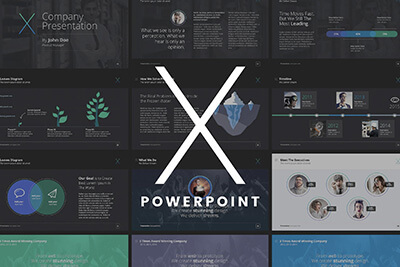
The X Note Template

Analysiz Powerpoint

Bolo PPT Template
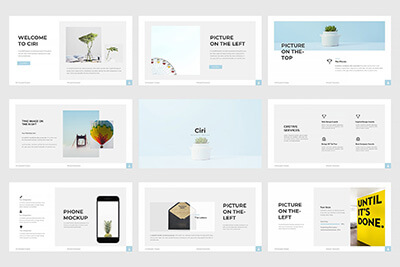
Ciri PPT Template

Clean Business PPT
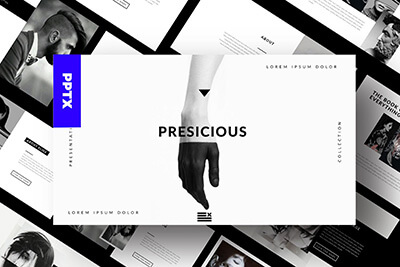
Agency Portfolio PPT
Biolabs – science research powerpoint template.
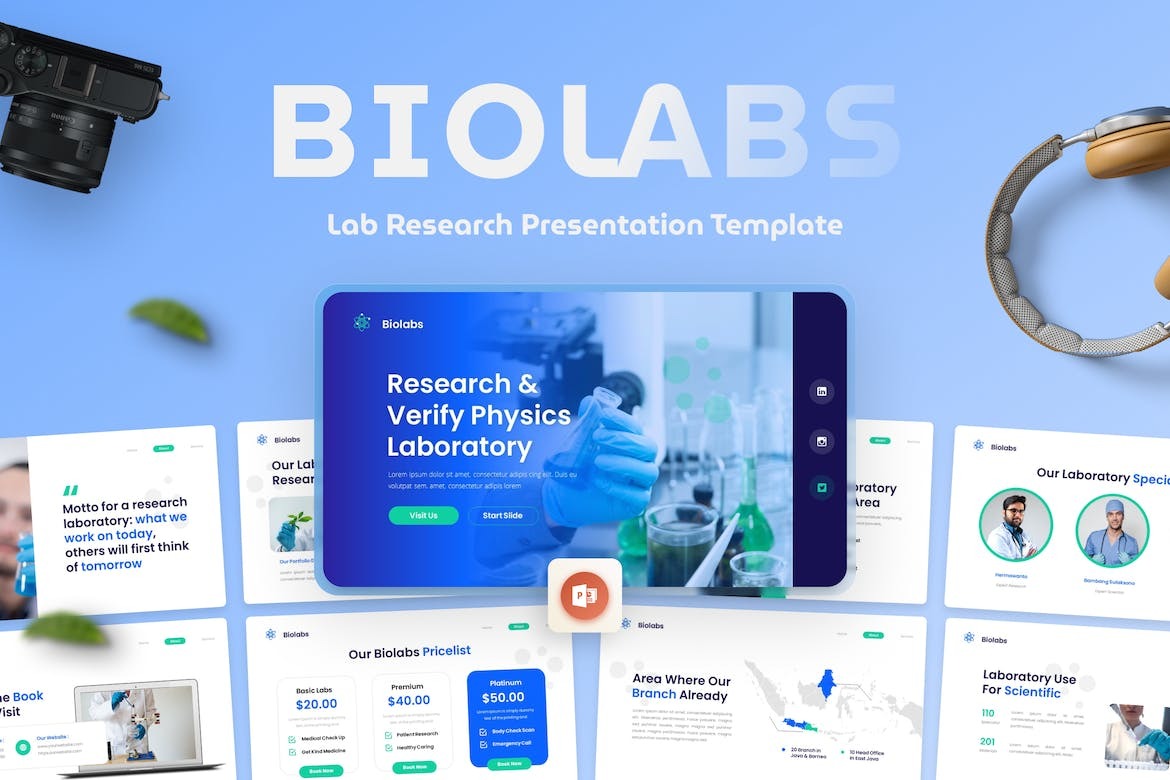
BioLabs is a PowerPoint template that’s most suitable for science-related research presentations. This template includes many unique slides with sleek and modern designs. It includes customizable graphics, charts, and vector icons too.
Medical Research Diagrams PowerPoint Template
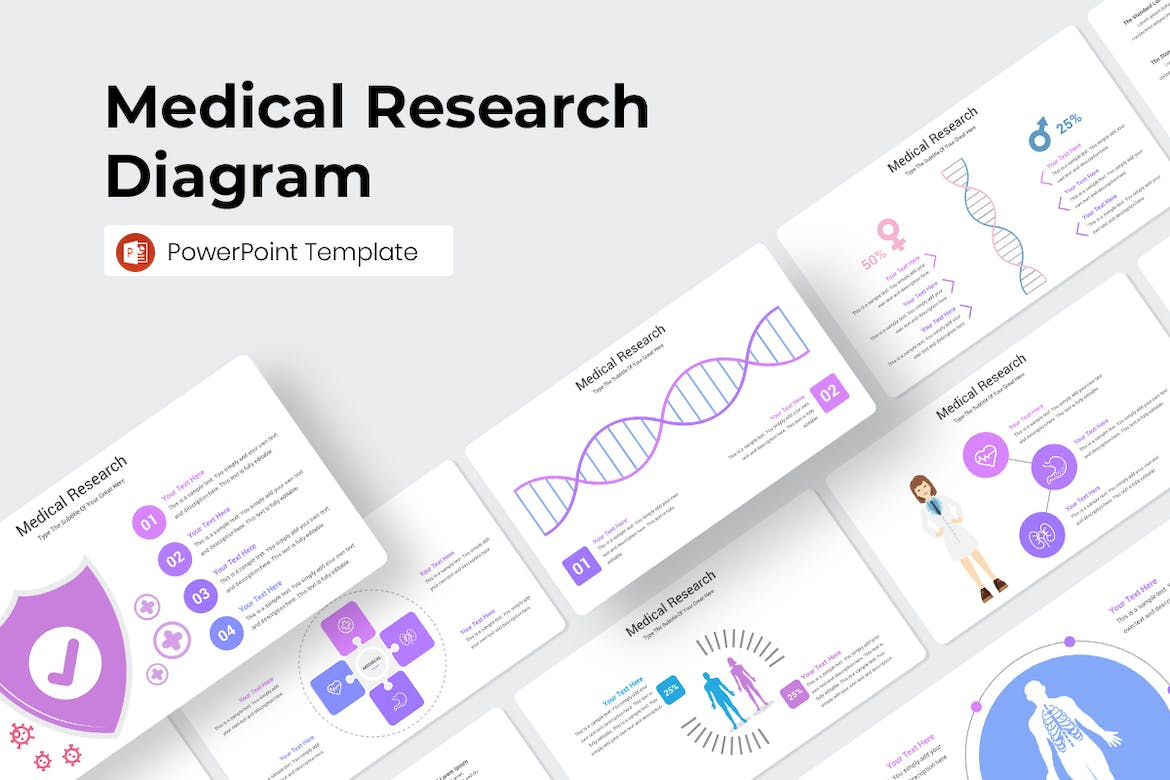
This is a collection of 24 different diagram slides for PowerPoint. There are a variety of diagram designs included in this template for showcasing your research data and stats in visual form. The slides are available in 90 color themes as well.
Science & Research Presentation PowerPoint Template
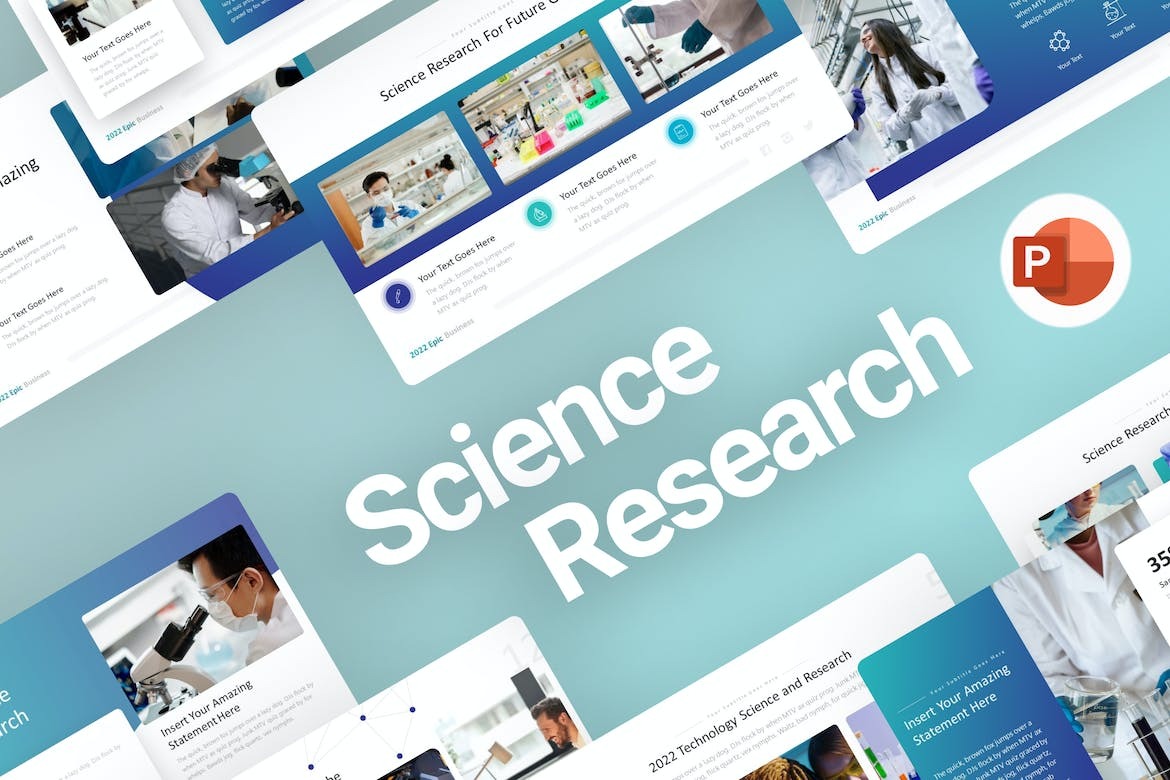
Create the perfect presentation for your science research projects using this PowerPoint template. It includes 30 different slides that come in both light and dark color themes. You can also customize the colors and fonts of each slide.
Environmental Thesis Research PowerPoint Template
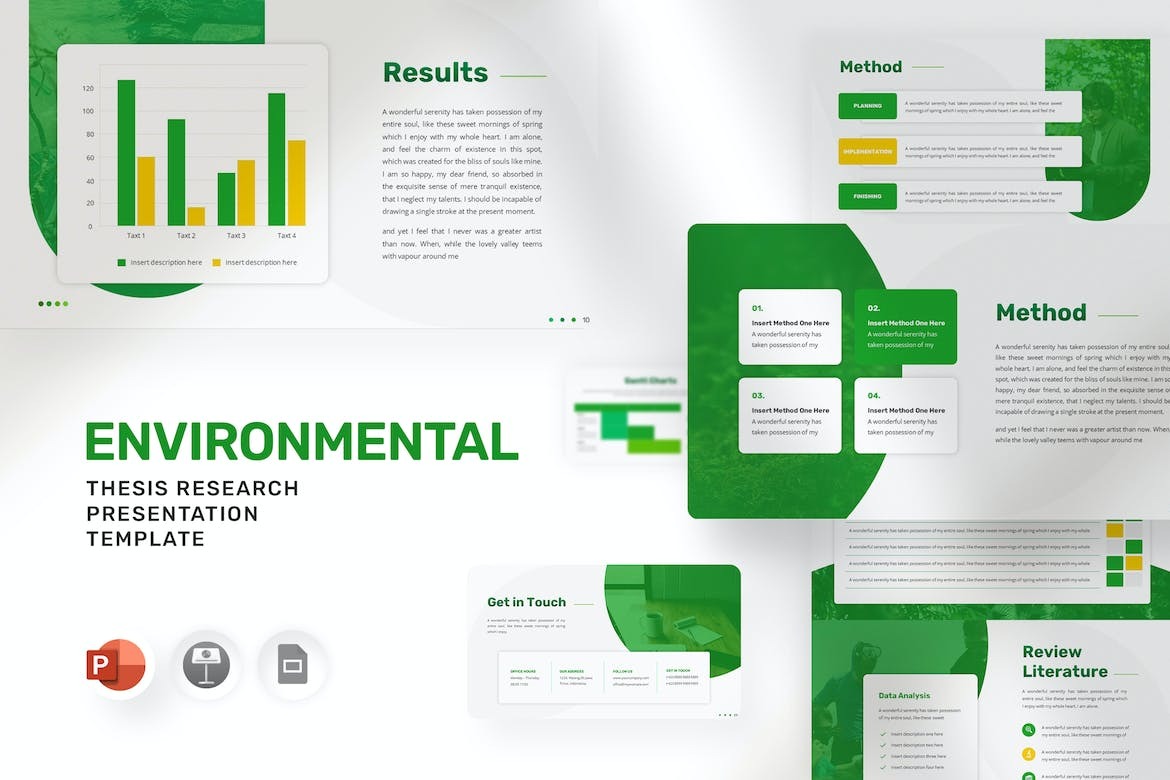
This PowerPoint template is designed for making presentations on environmental research topics. It features 60 slides in total featuring light and dark slide layouts. There are editable charts, graphs, and infographics too.
Market Research Analytics Slides for PowerPoint
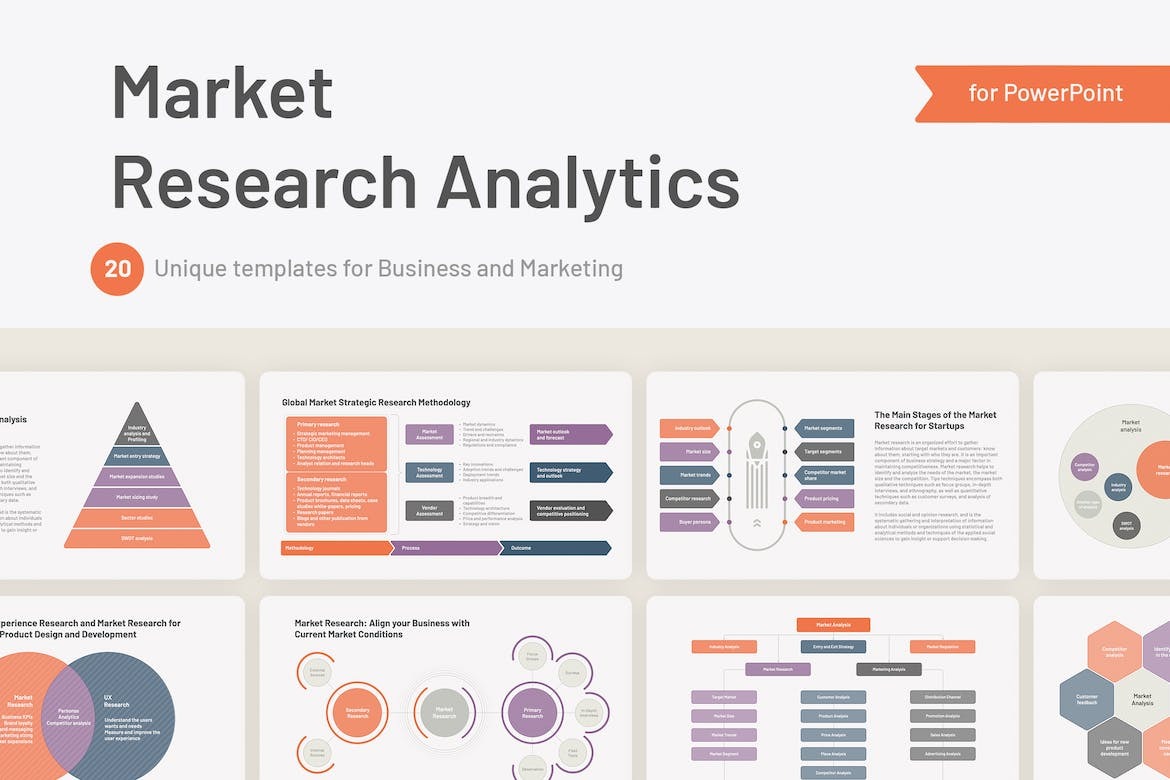
A useful PowerPoint template for making market research presentations. It includes 20 unique slides featuring various types of business marketing graphs, charts, and diagrams that are must-haves for all kinds of marketing presentations.
Modern Marketing Research PPT

If you’re looking to hunt down the best marketing research PowerPoint templates, the above-featured product is a solid contender that deserves to make it to your shortlist. It features 25 clean, and modern slides that can be fully customized to your specific requirements.
Qualitative Research PPT
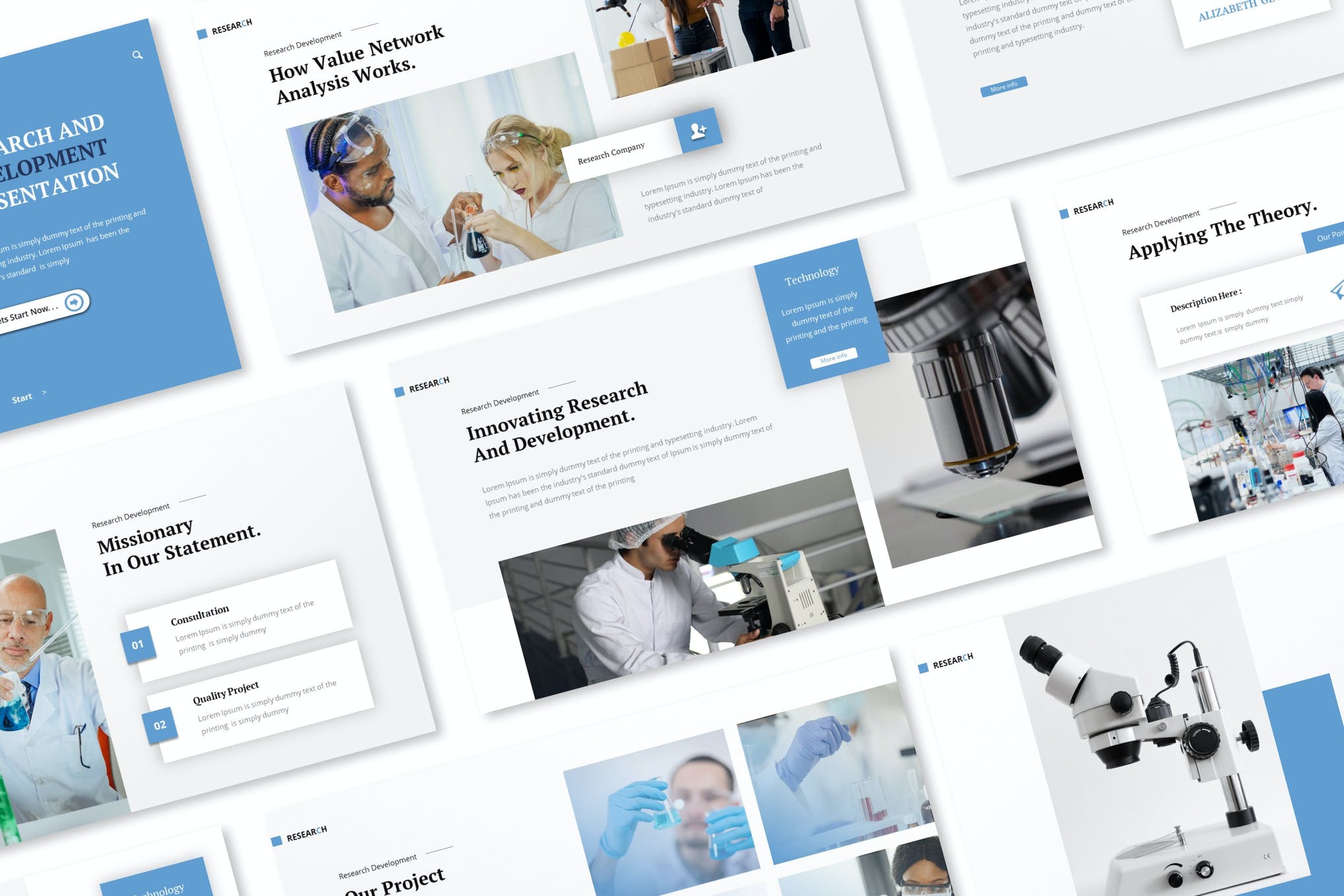
Fancy a good qualitative research ppt that really stands out? Look no further than this multipurpose template that can be used for research as well as business purposes. As one of the best research PowerPoint templates, it offers a multitude of amazing features that really should be seen to be fully appreciated.
University Research Paper PowerPoint Template

This is an excellent choice for looking to get their hands on a versatile university research ppt presentation. It contains 130 slides, 7 premade colors, free fonts, and a lot more. When it comes to the best research ppt templates, this option stands at the top of the league.
Science And Research PPT Presentation
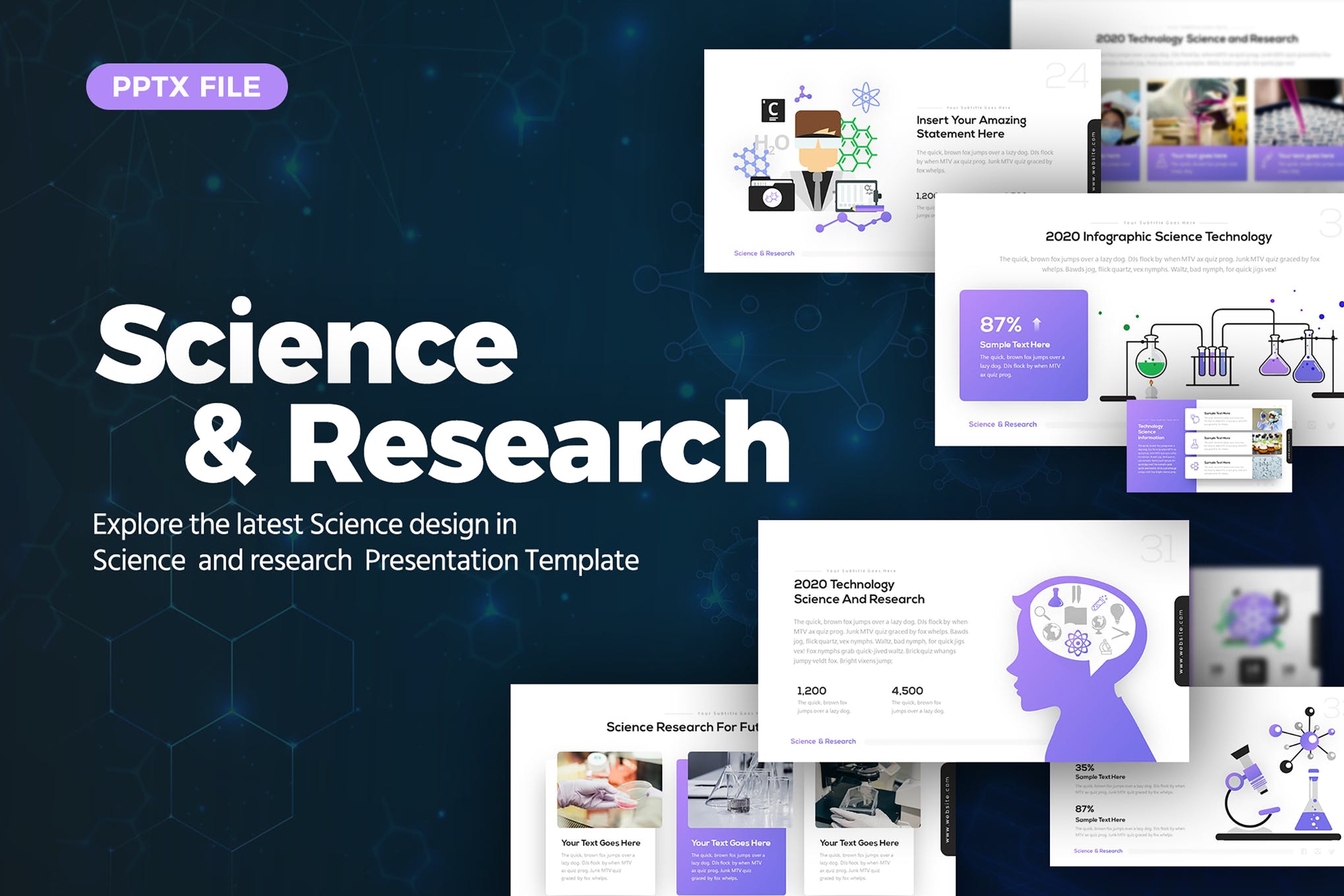
Create a fantastic presentation for your science research with this template for PowerPoint. Despite the name, this template is a multipurpose ppt providing you with thirty custom slides, a range of placeholder images, and much more.
Mrketing Research PPT Presentation

Compiling an assortment of marketing research? Look no further than this Marketing Research PowerPoint template. The template uses a modern and clean slide design and provides a range of one hundred and fifty custom slides, spread across five unique theme options.
Laboratory & Science Research PowerPoint Template
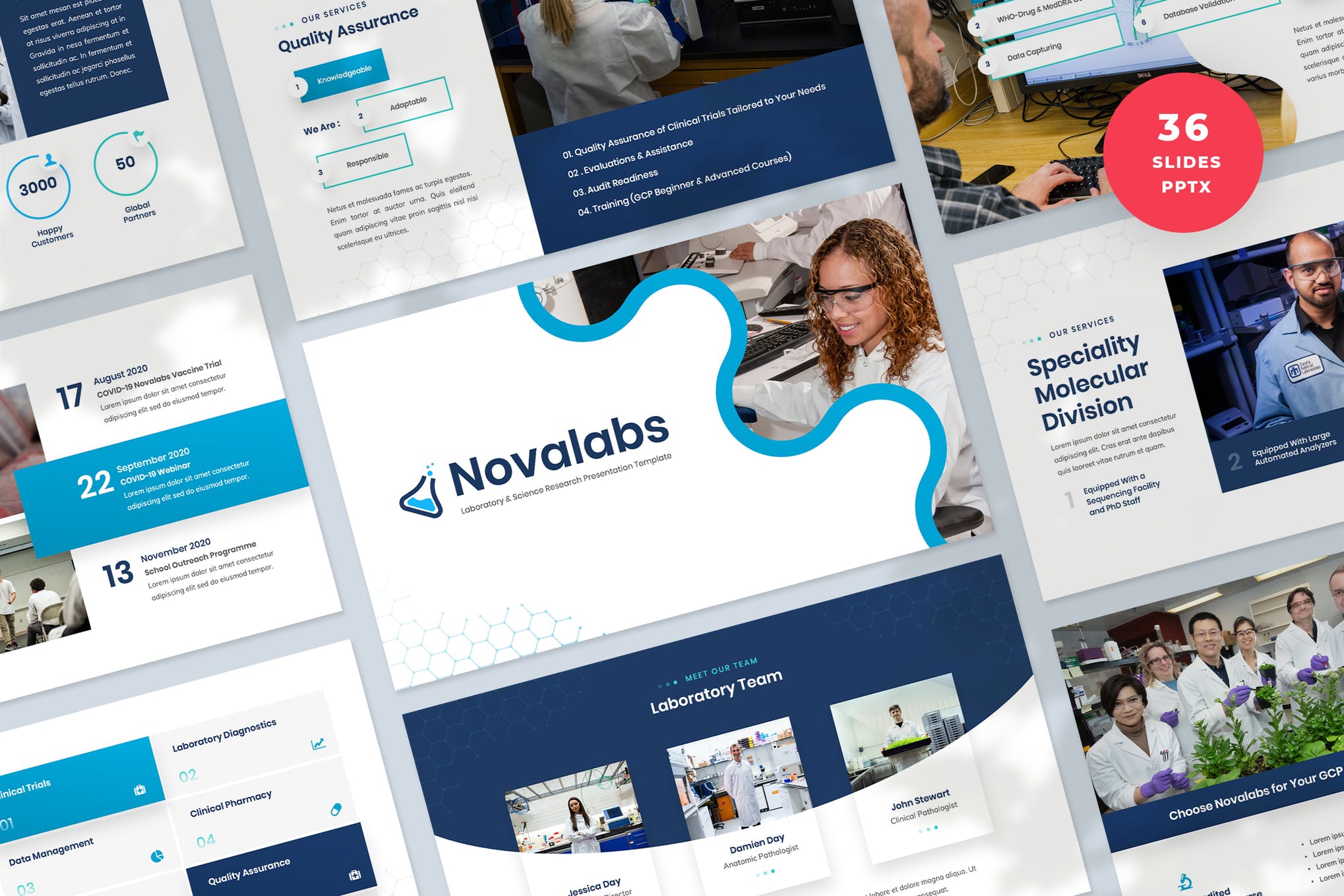
This Laboratory and Science Research PowerPoint template is a masterclass example of a research presentation platform. It provides you with a range of ultra-modern slide designs, each with their own placeholder images and graphics. The template consists of thirty-six different slide designs, a free font, and many other bonus features for you to enjoy.
Scientist – Research PPT Presentation
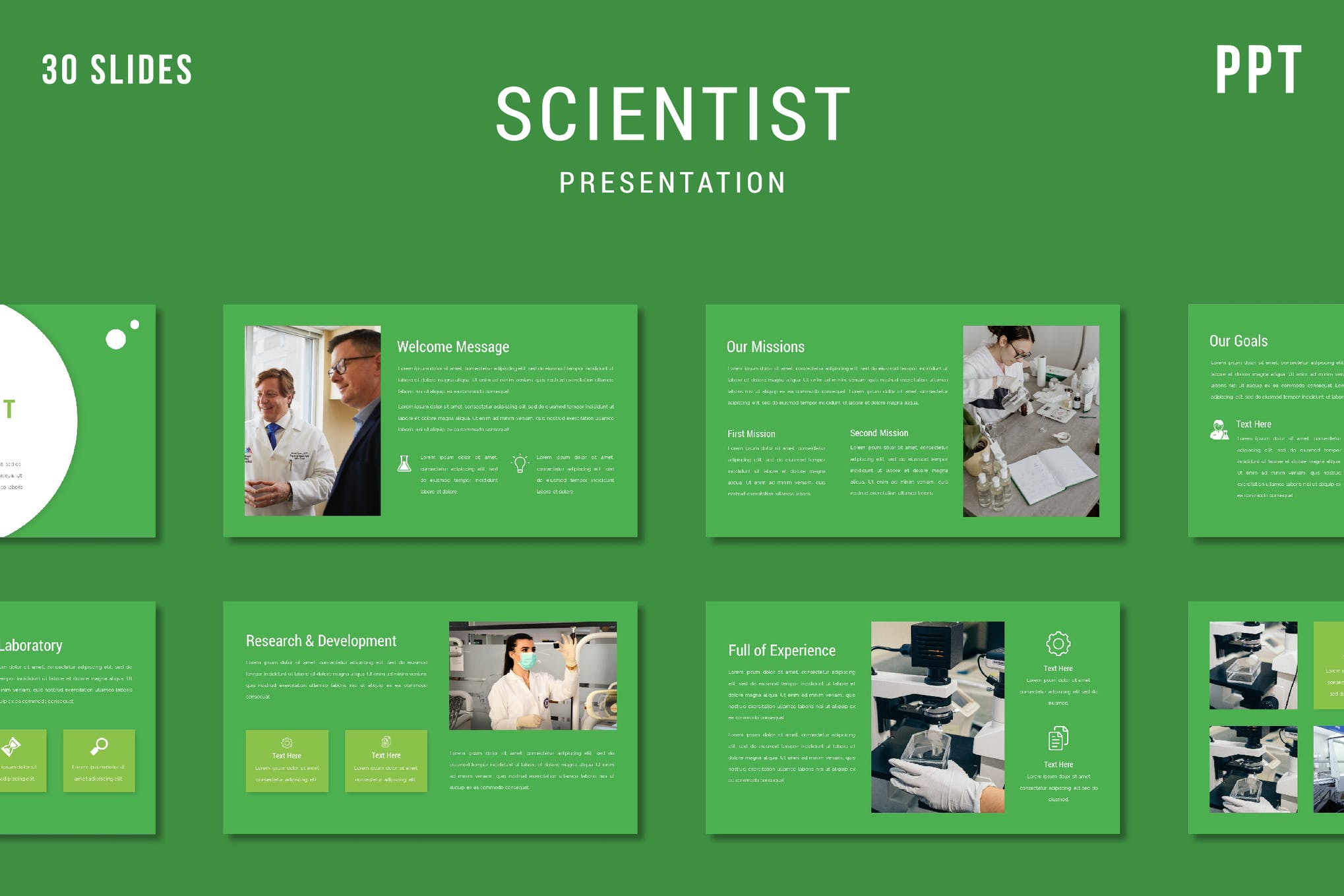
Scientist is a research PowerPoint template that provides you with a selection of green-styled custom slides, and a unique minimalistic look to its presentation format. The template consists of thirty different slide designs.
Garnie – Research PPT Presentation
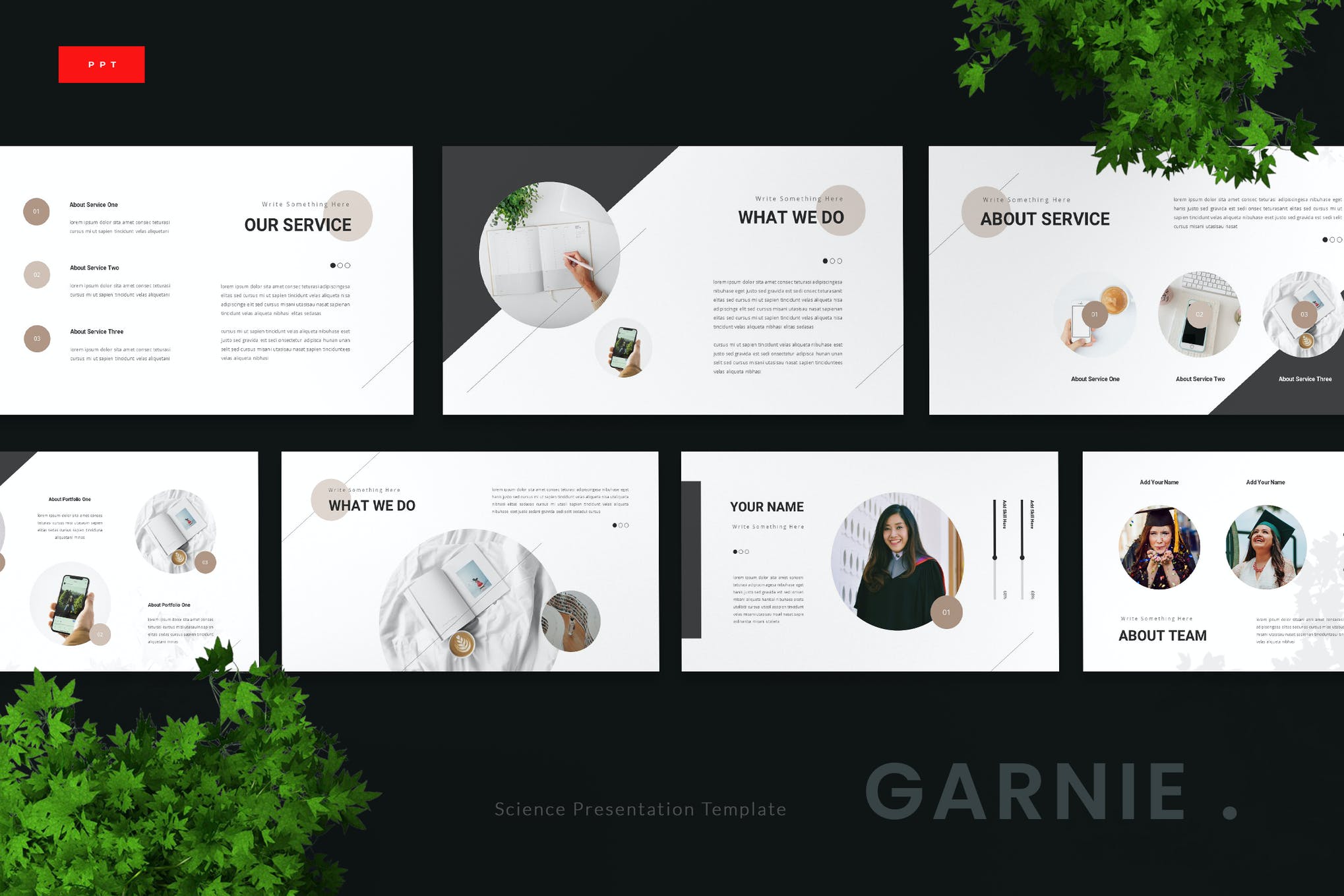
Garnie is a wonderfully crafted research PowerPoint template. Providing you with a modern presentation format, and a range of minimal stylized custom slides. If you’re looking to present your research in a compelling fashion, you can’t go wrong with Garnie.
SEO Research PPT Presentation
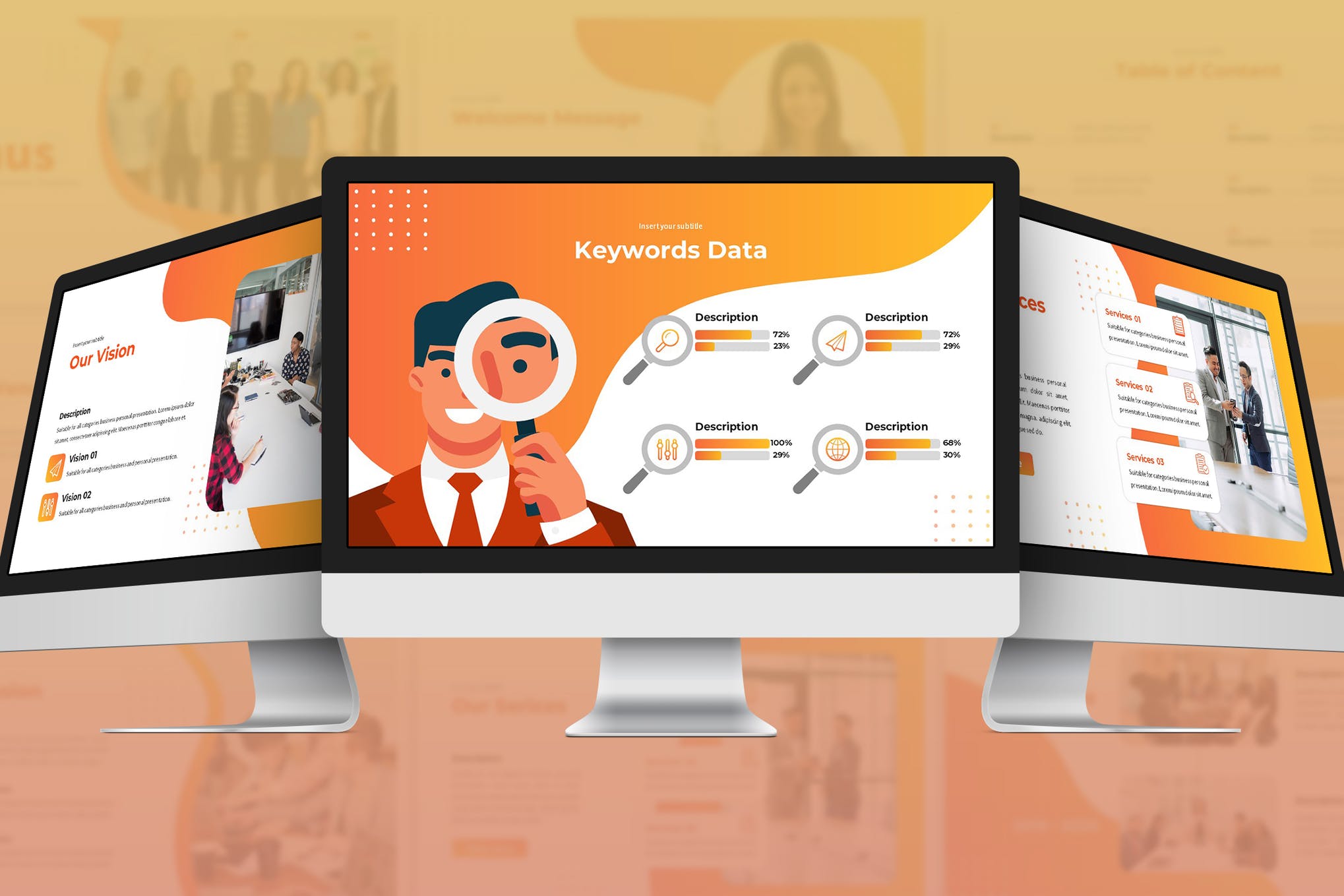
If you’re conducting market research, specifically into SEO keywords, then Venus is the presentation template for you. Providing you with a range of custom slides tailored towards presenting SEO research information. There are thirty ultra-modern custom slides to choose from, two iconic themes, image placeholders, and much more.
Technology Research PPT Presentation
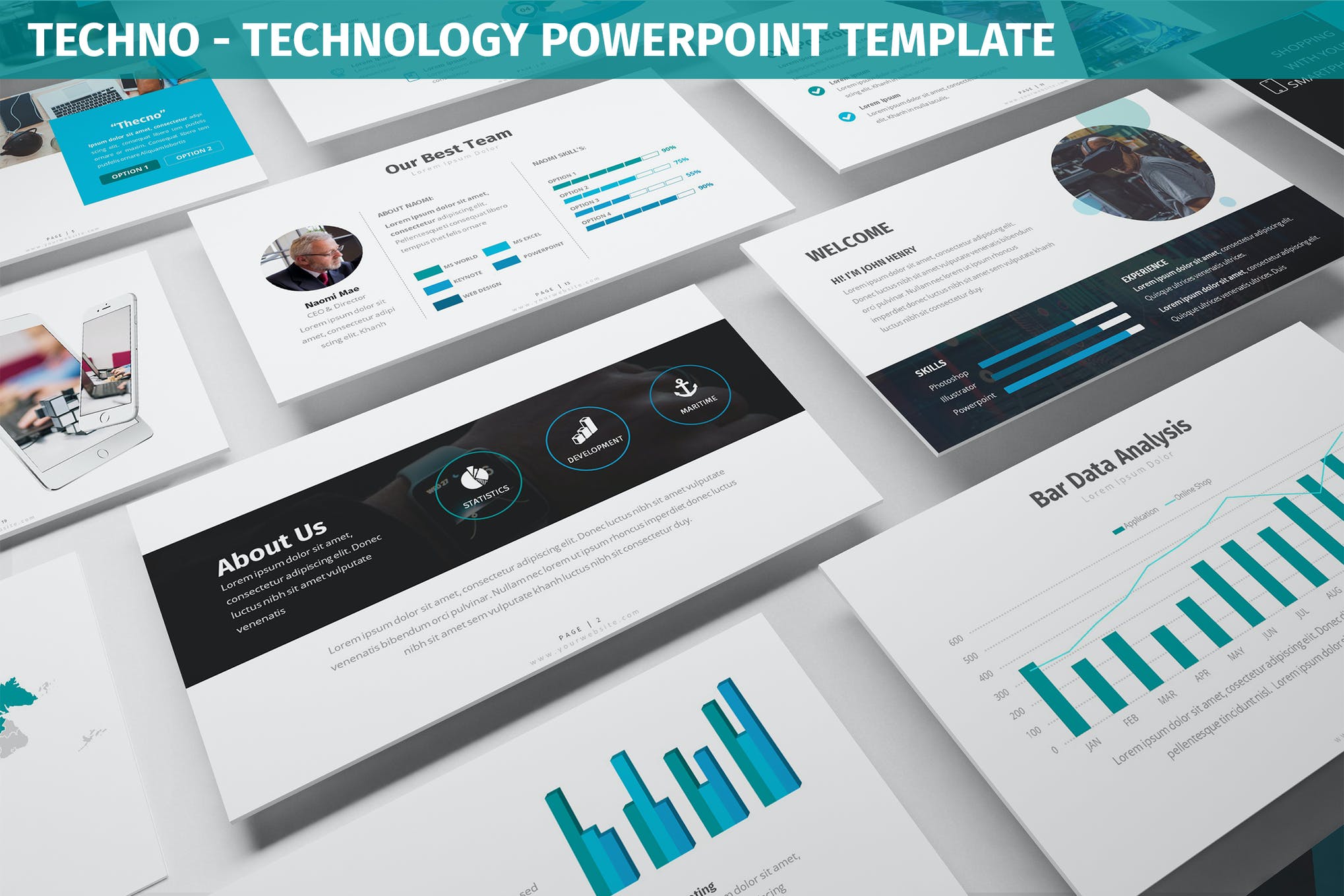
The Techno PowerPoint template is designed to help you present research findings in a compelling and captivating fashion. Each slide is tailored with a selection of infographics, charts, and information presentation options.
Pharmaceutical & Biotechnology PowerPoint Template
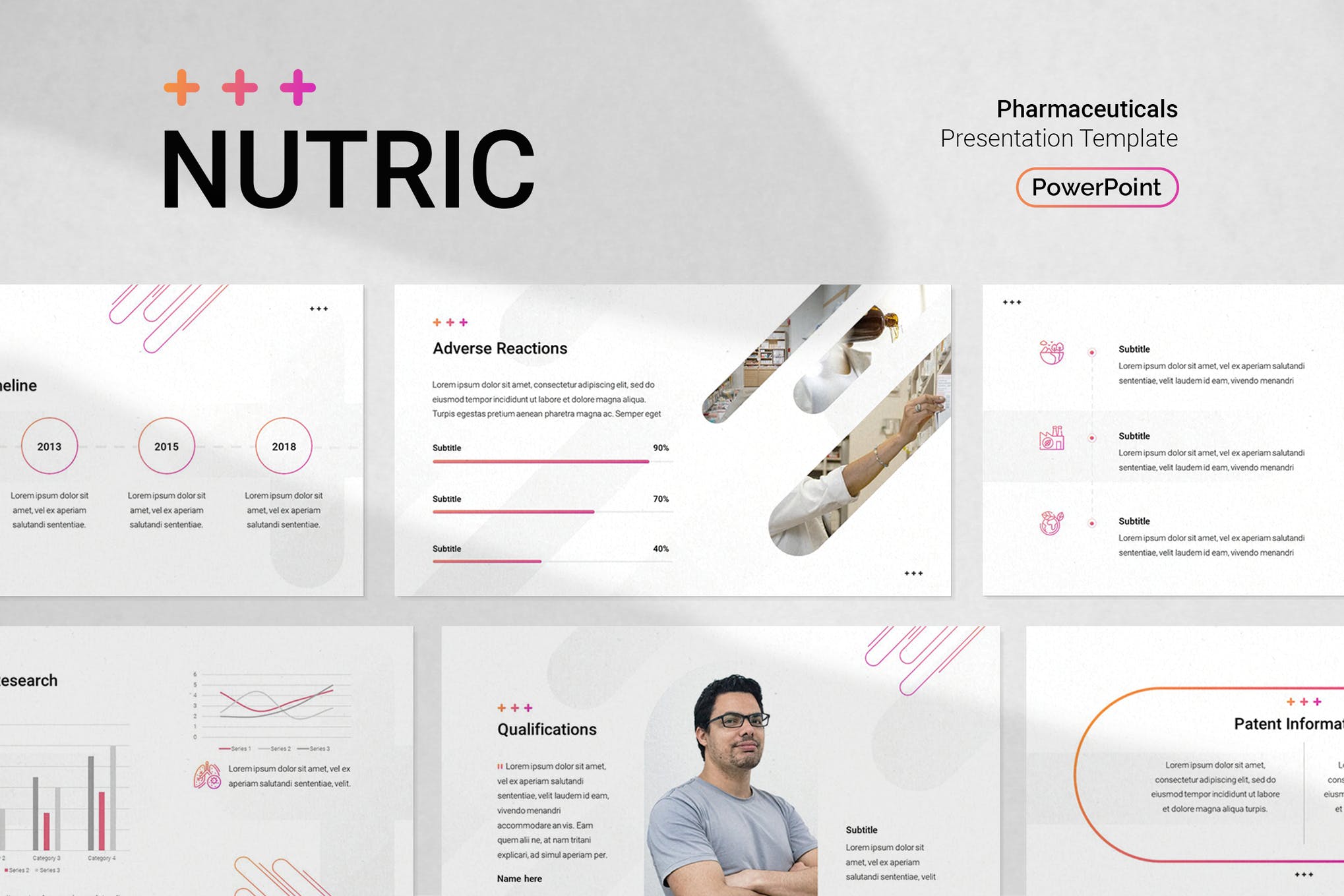
If you’re in the pharmaceutical or biotechnology field, then it can be difficult to find proper presentation formats for showing off your research. Thankfully, the Pharmaceutical & Biotechnology PowerPoint Template has been created to provide an expertly designed platform for your work. It comes with thirty-two custom slides and a range of customization options for you to enjoy.
Labvire – Science Research PPT Presentation
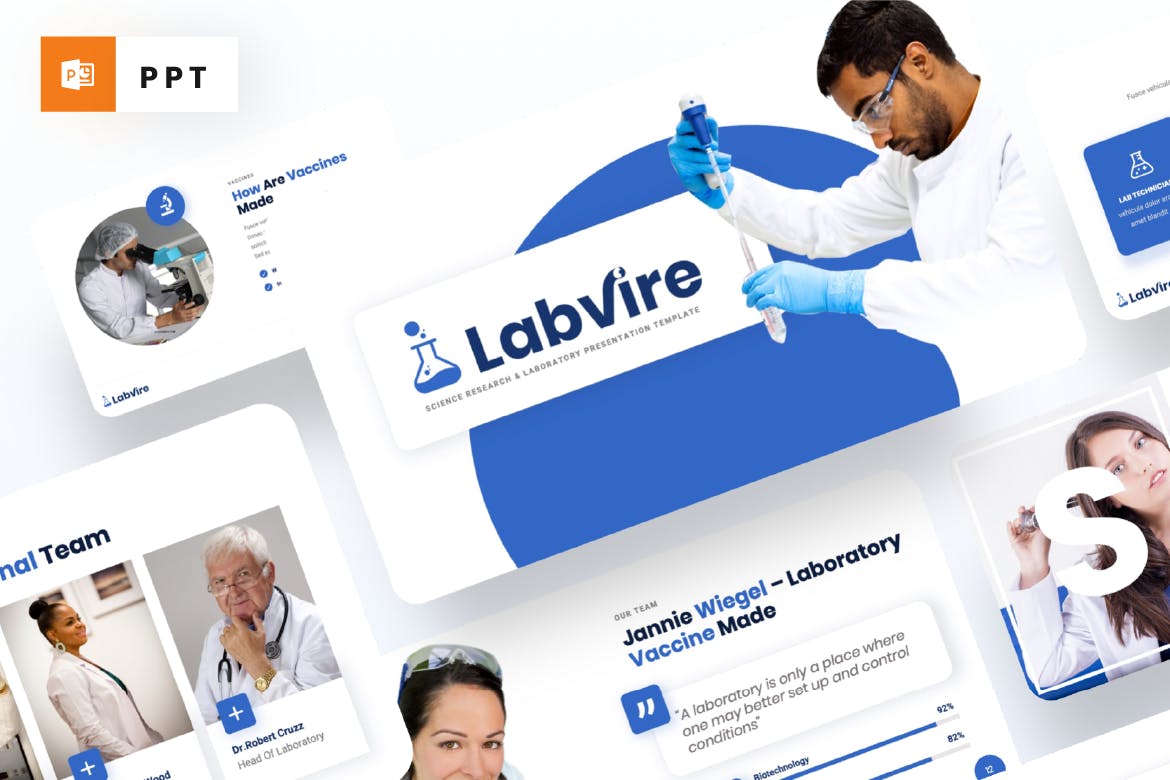
Labvire is a research presentation template, designed with a sleek and clean slide design. The template comes with a range of image and icon placeholders, as well as a free font pack. There are forty unique slides, as well as a range of infographics for you to use.
Social Media Research PPT Presentation
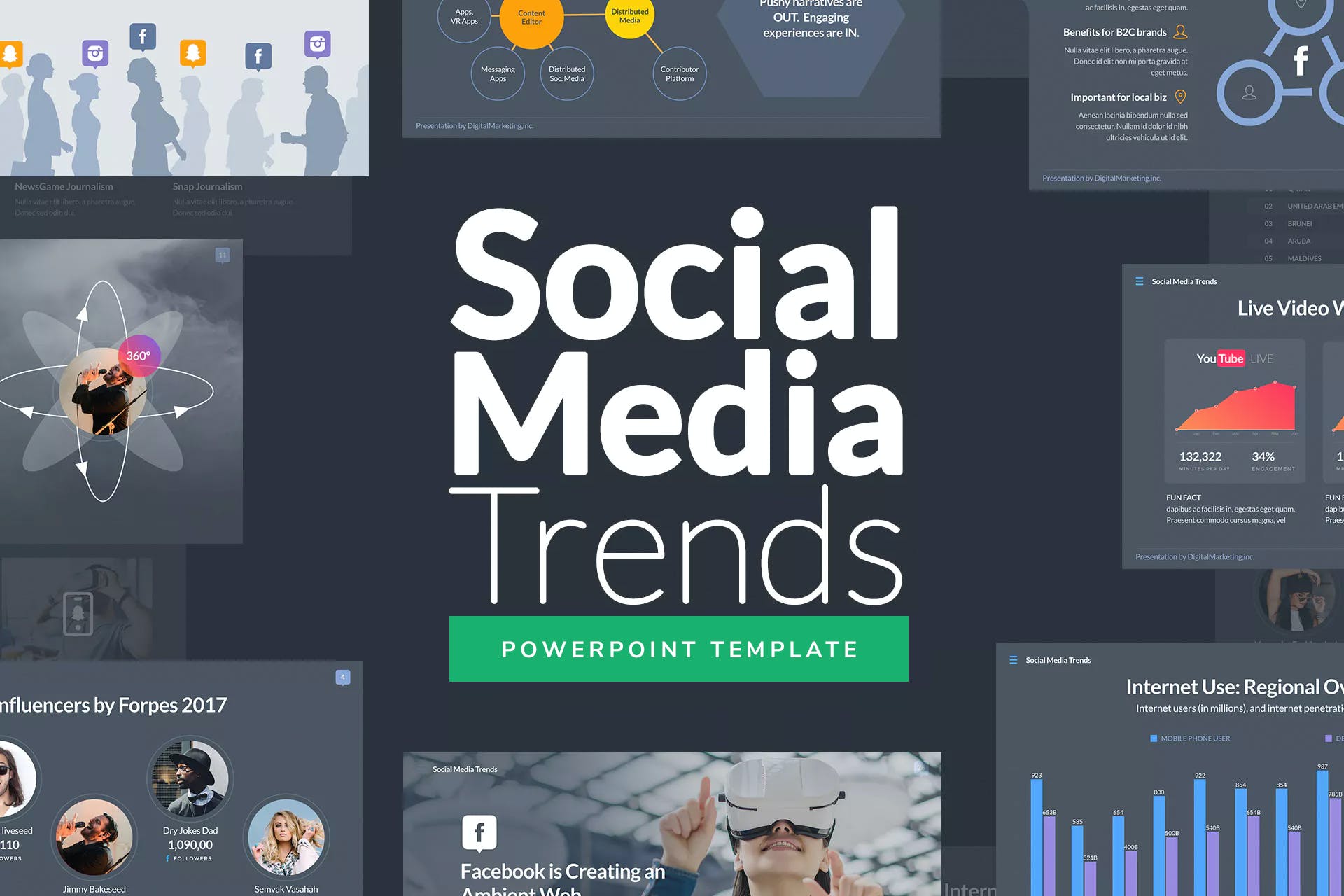
Looking into social media trends, and compiling research? Then you need the Social Media Trends PowerPoint template. This presentation format is designed to display social media research and provide industry insights that your company can use. The template provides over one hundred custom slides for you to use.
Medical Research PPT Presentation
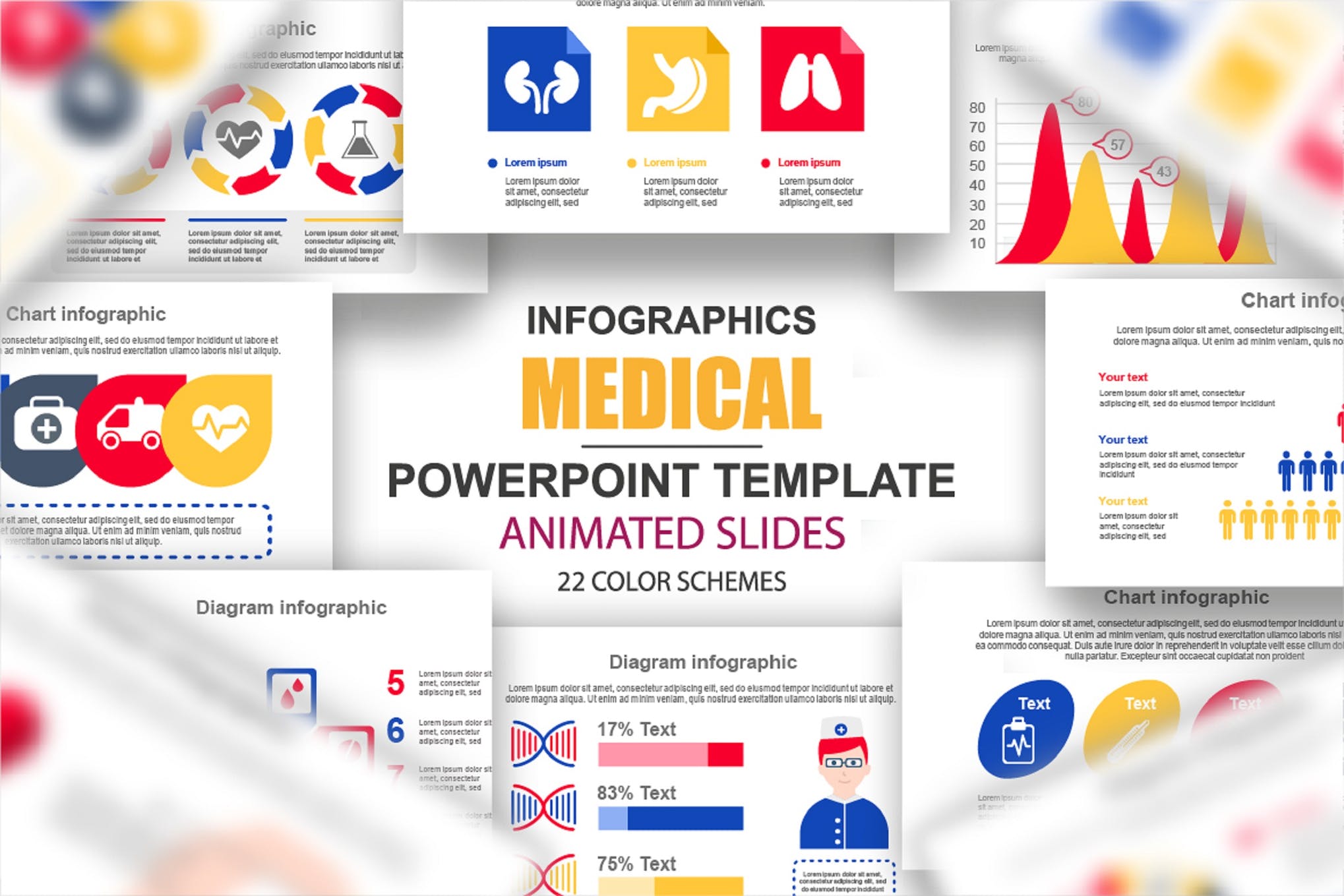
When it comes to medical research, you often need to display complex information to your audience. That’s where this collection of Medical Infographic PowerPoint Animated slides comes in, equipping you with a range of extensive infographic designs to get your research findings across the right way.
Biotechnology Research PPT Presentation
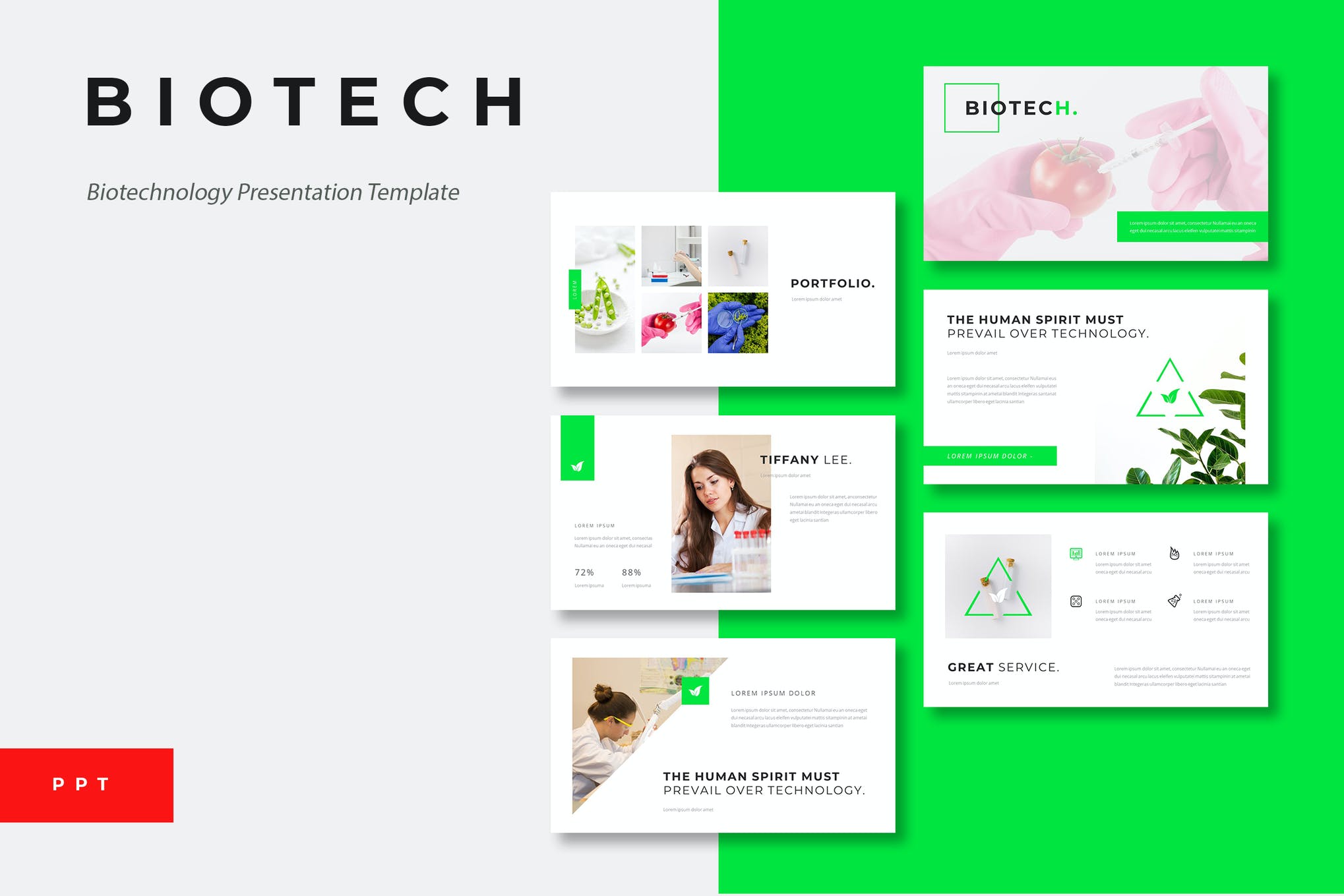
The Biotech template is a staple in the research presentation field. It uses a minimal and clean slide design, and comes equipped with a range of custom slides that will help you to display your research findings in style.
Sinara – Research PPT Presentation
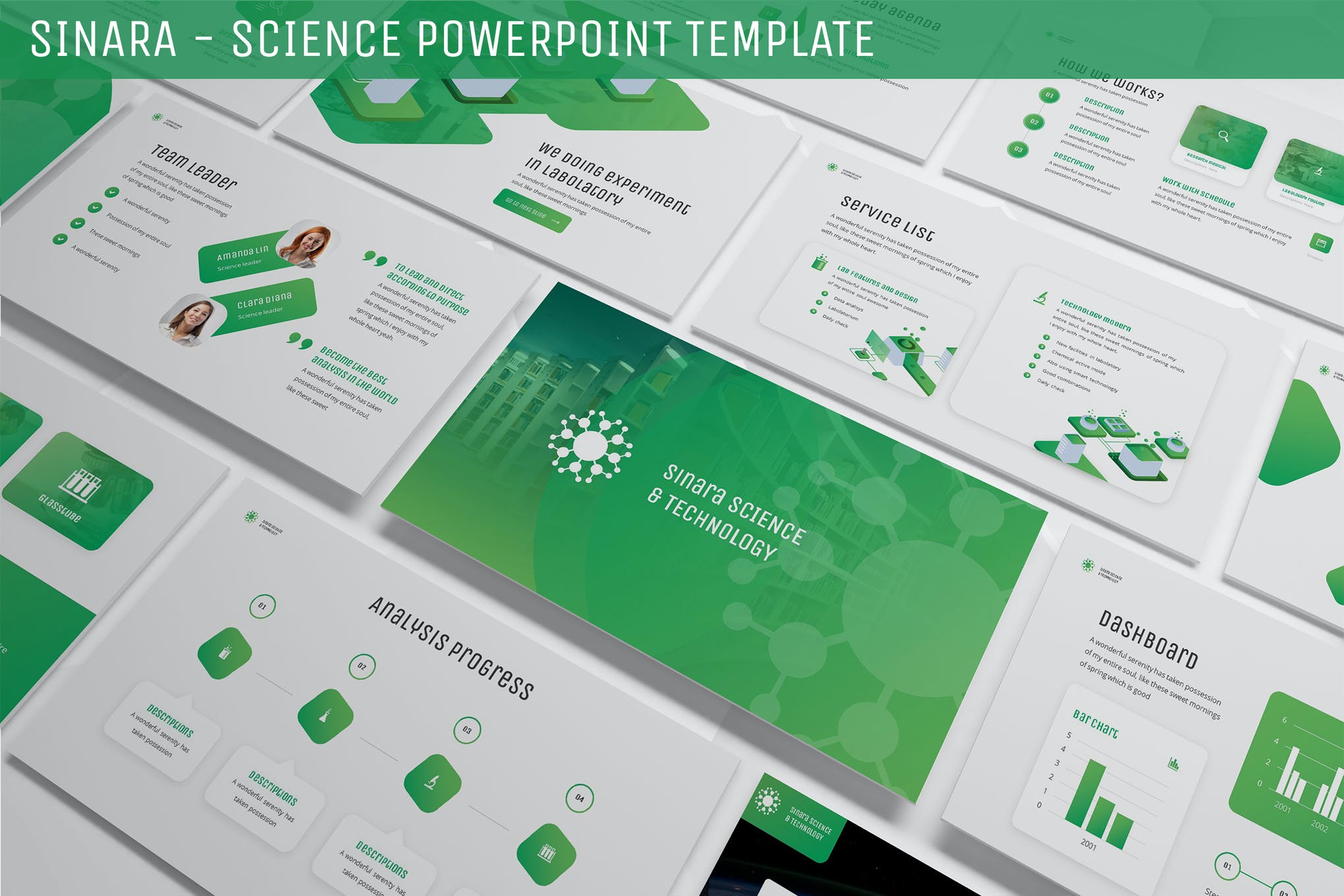
Sinara is a modern gradient-styled presentation template, equipped with a multipurpose platform that is well suited to research presentations. The template has a massive library of custom slides, totaling seven hundred and twenty in total, and provides a range of custom themes for you to enjoy.
Pandemik – Research PPT Presentation
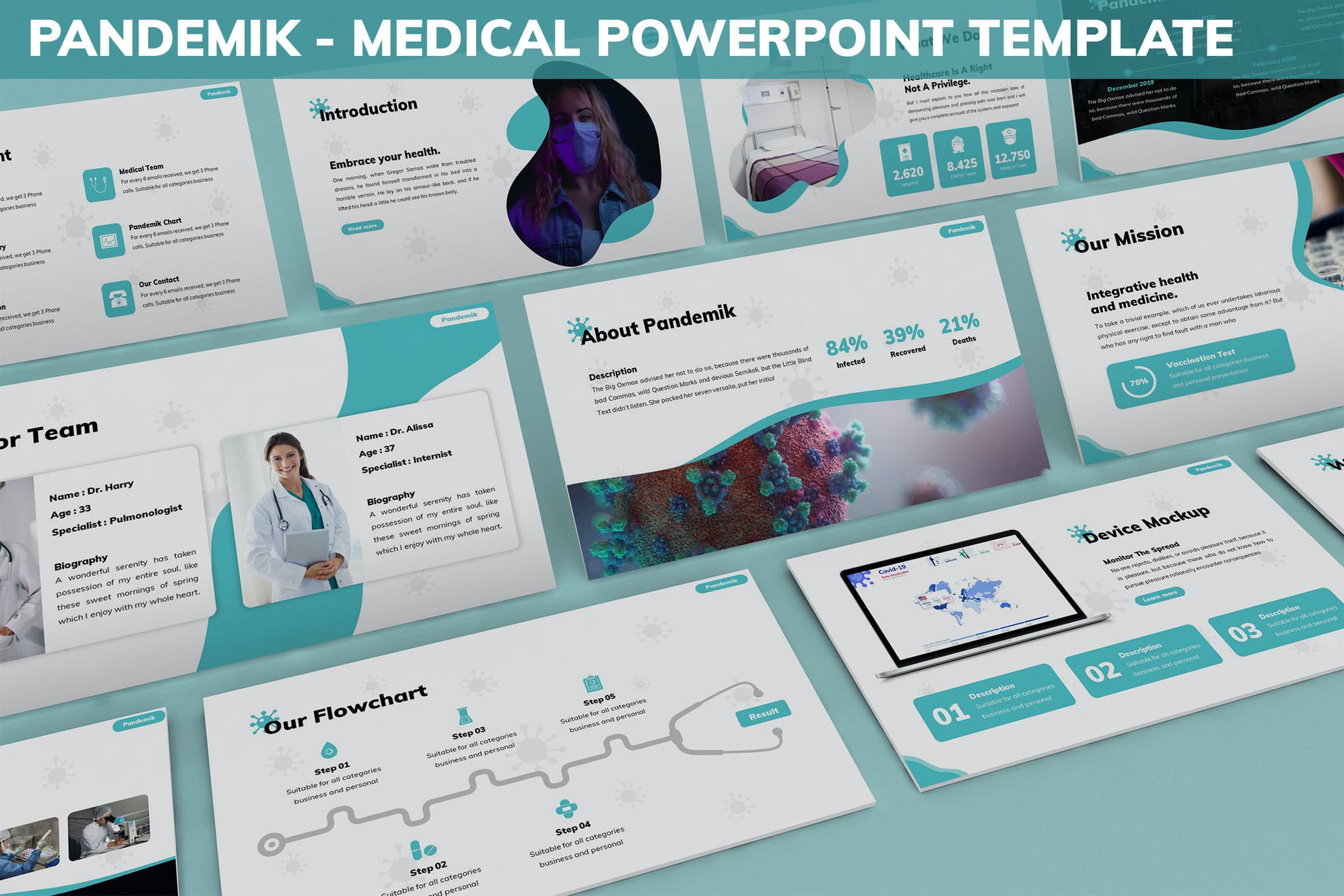
The Pandemik medical template is a robust and reliable research presentation template. It is equipped with a range of compelling slide designs, and wonderfully tailored aesthetic bordering choices. The template consists of a massive one thousand two hundred different slides, multiple themes, infographics, and more.
Chemica – Research PPT Presentation
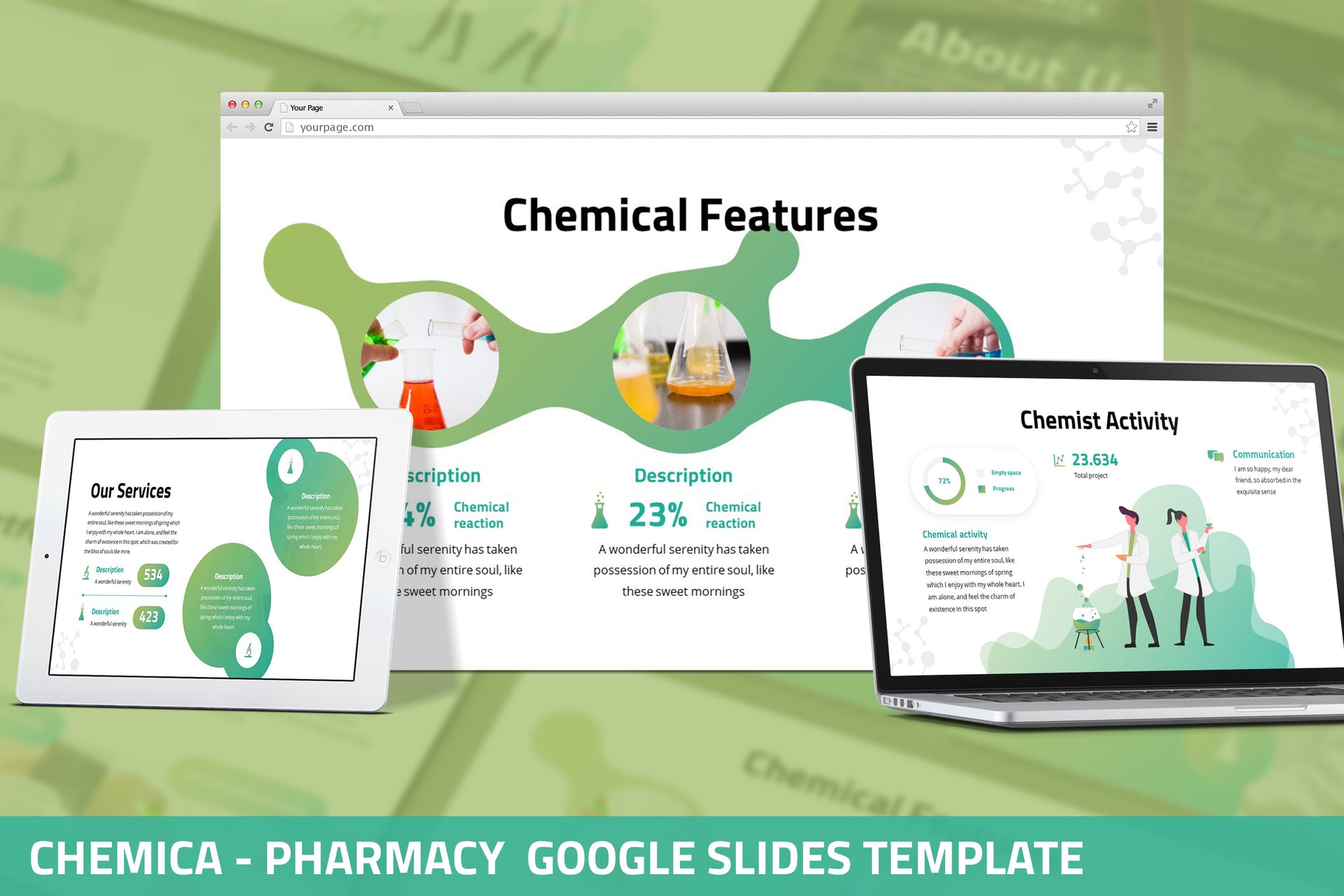
Chemica is a pharmacy research PowerPoint template, designed with a beautiful gradient and abstract style. The template comes equipped with a range of custom slides, image placeholders, and even animated infographics to help show off your research.
Research PPT Presentation
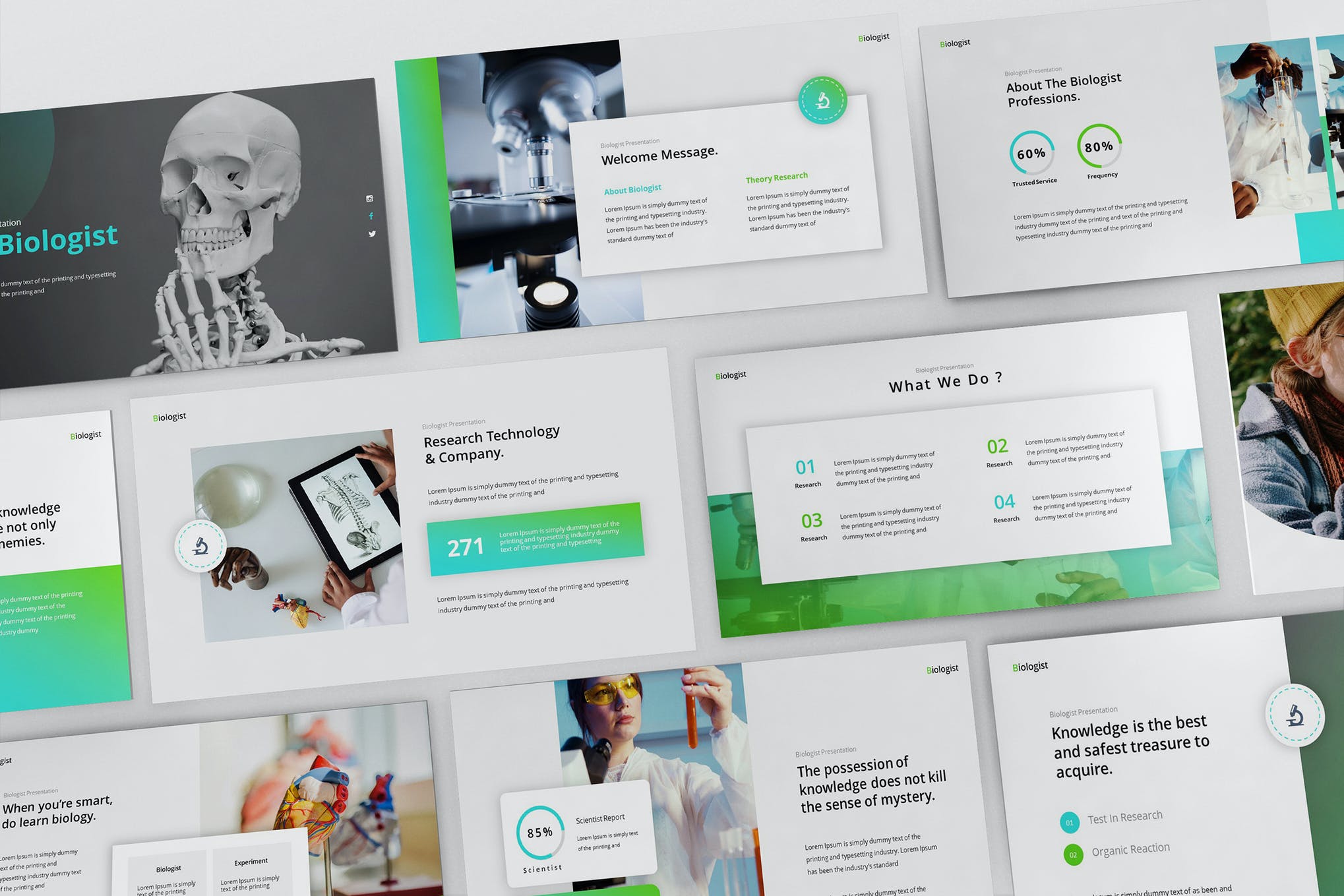
Show off your Biologist research with the Biologist PowerPoint Presentation Template. A simple, yet captivating template style that prioritizes clean functionality over flashy style. A great choice for those looking to present clean and easy-to-understand information.
Auxilium – Research PPT Presentation
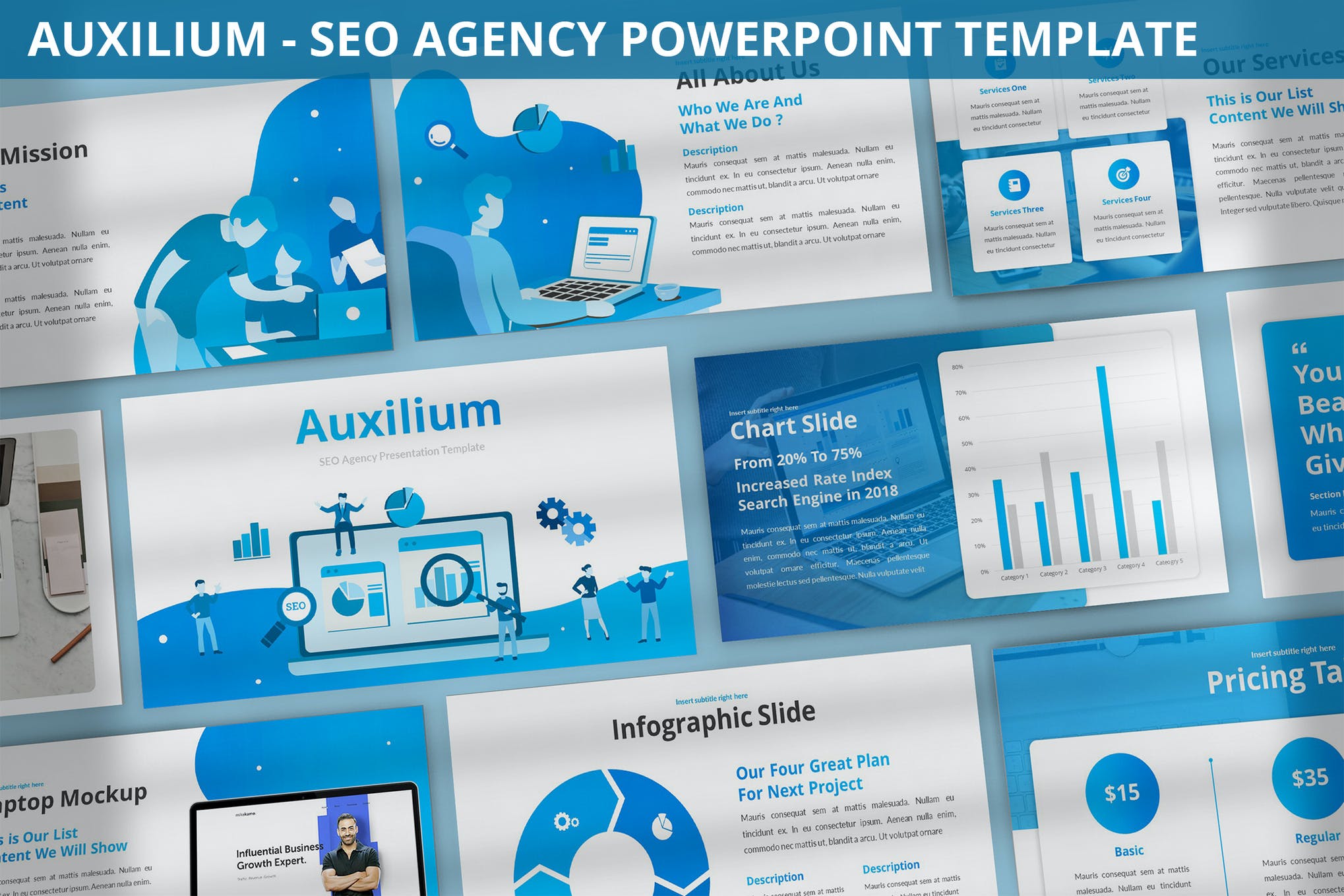
Auxilium is a professionally designed research template, designed for presenting SEO research and market research. The template uses a sleek white on blue slide design and comes with a range of bordering options to match the aesthetic.
Free Research PowerPoint Templates
Research is a costly endeavor, so it’s understandable if you want to avoid spending any money on a professional premium research template. Let’s take a look at some free research PowerPoint templates you can get your hands on right now.
Clinical Case – Free Research Presentation Template

Clinical Case is an extensive presentation research template, providing you with a range of simple slide designs that makes molding the template for your own personal needs a breeze.
Free Criminology Research PPT Presentation

If you’re putting together a criminology dissertation, and need a qualitative research ppt for the same, this template is right up your alley. It’s one of the best free research PowerPoint templates out there, and contains 26 powerful slides to impress your audience.
Free Marketing Research PPT Presentation

Check out this research ppt presentation providing you with everything that you need to leave your clients spellbound. It’s one of those free research PowerPoint templates that can easily give virtually any premium product a run for its money.
Free Research PPT Template
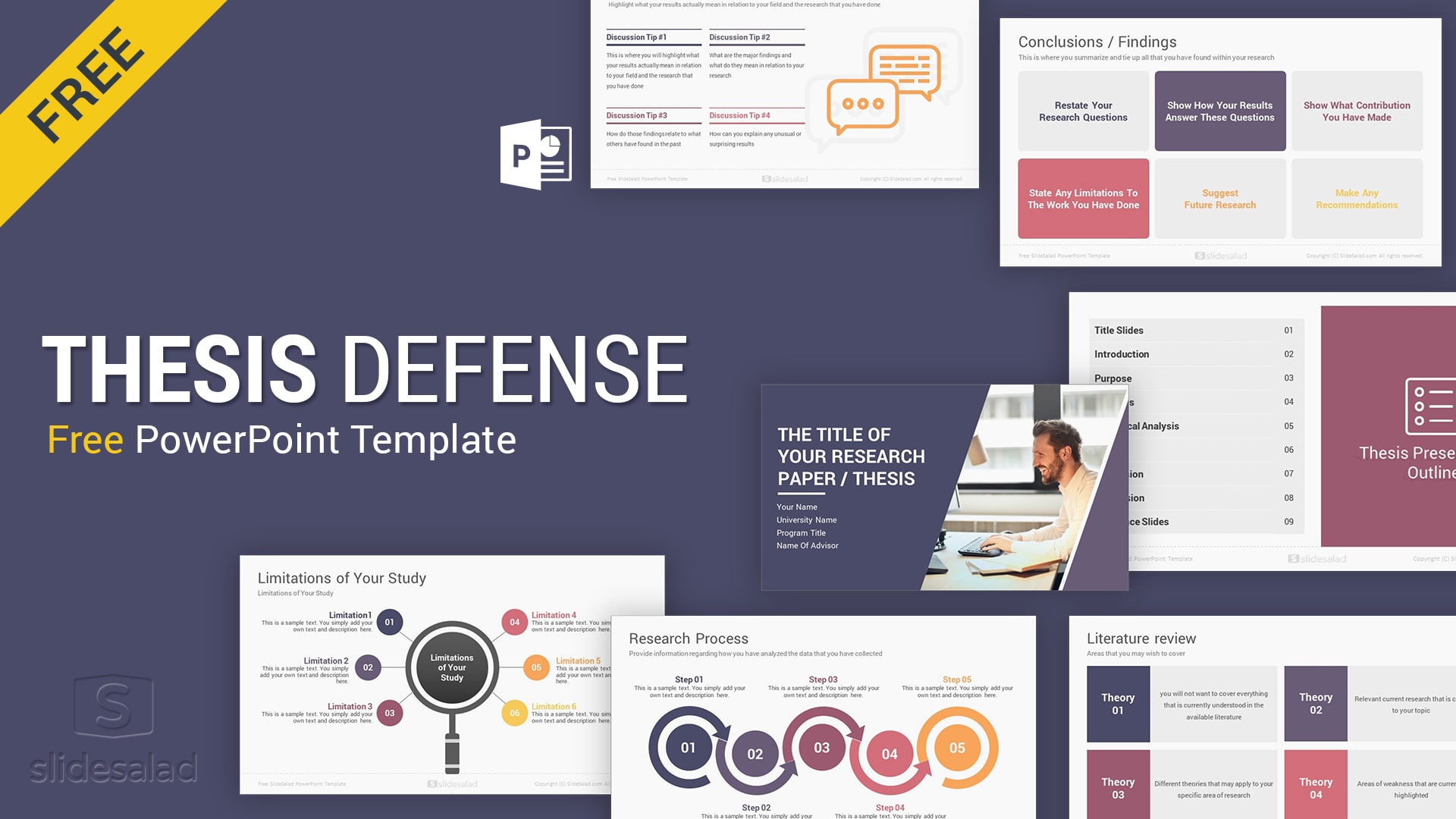
Scouring the internet for a feature-rich qualitative research ppt that sets you apart from the crowd? This free research PowerPoint template is just what you need. Whether you use it for University research purposes, or business marketing presentations, it will always exceed your expectations.
Free Research PPT Presentation

Chemistry Thesis, despite what the name might suggest, is a multipurpose research template that provides a great foundation to present your research in a sleek and modern format. The template provides a range of beautifully tailored custom slides and infographics for you to enjoy.
Free Research PowerPoint Template
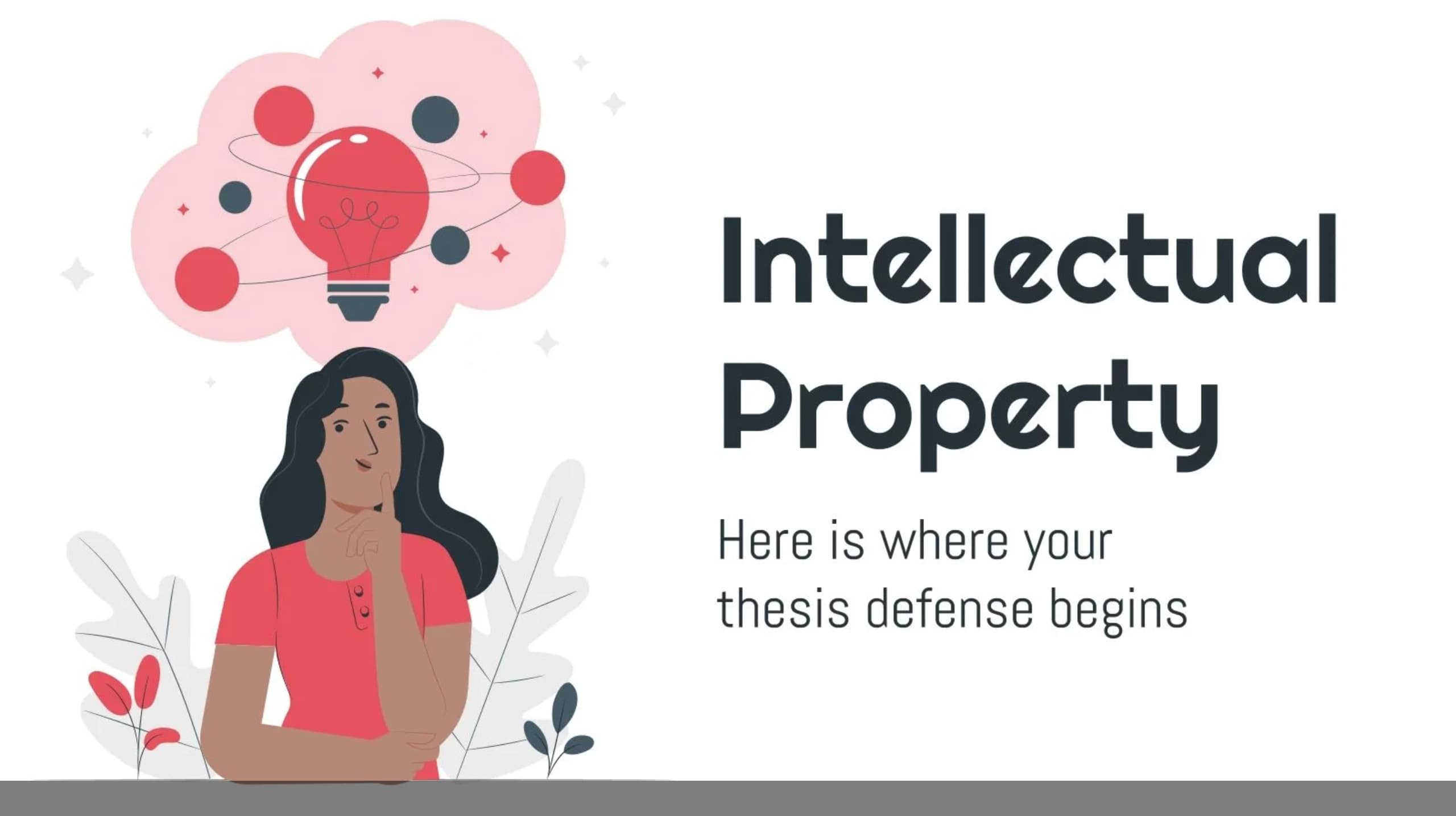
The Intellectual Property template is a fantastically designed thesis and research platform, with a range of simple slide designs. The template provides custom slides, infographics, image placeholders, and even icons for you to use.
Present Your Research Effectively with These Templates!
There is nothing easy about presenting your research in a compelling and captivating fashion. But that doesn’t mean finding the right template to get you started has to be a struggle. With these templates under your belt, you have everything you need to make an incredible research presentation.
- Presentations
Research Paper Presentation Template
Use this stunning research paper presentation template to present results and key findings..
This research paper presentation template uses visual aids, such as pictures and icons to help you communicate clearly and effectively with your audience.
You can use this template to present research proposals and papers to faculty staff or the general public. It can be an ideal addition to your funding request.
- Change colors, fonts and more to fit your branding
- Access free, built-in design assets or upload your own
- Visualize data with customizable charts and widgets
- Add animation, interactivity, audio, video and links
- Download in PDF, PPTX, MP4 and HTML5 format
- Share online with a link or embed on your website
Present your research paper with style using this presentation template, or browse through hundreds of other ready-to-use presentation templates to find your perfect fit.
Edit this template with our Presentation Software

Template Specifications
29 Slides, 1366 x 768 pixels – 16:9 Aspect Ratio (HD Presentation Quality)
Customizable
This template can be fully customized. You can edit content, change image(s), apply custom colors, input your own fonts and logo, and more.
Download as a PDF to share with your recipient or generate a shareable link for online sharing.
Compatibility
Related tags.
- presentations
- presentation
Explore other presentation themes
Create your Presentation using thousands of gorgeous slides in 20+ content categories.
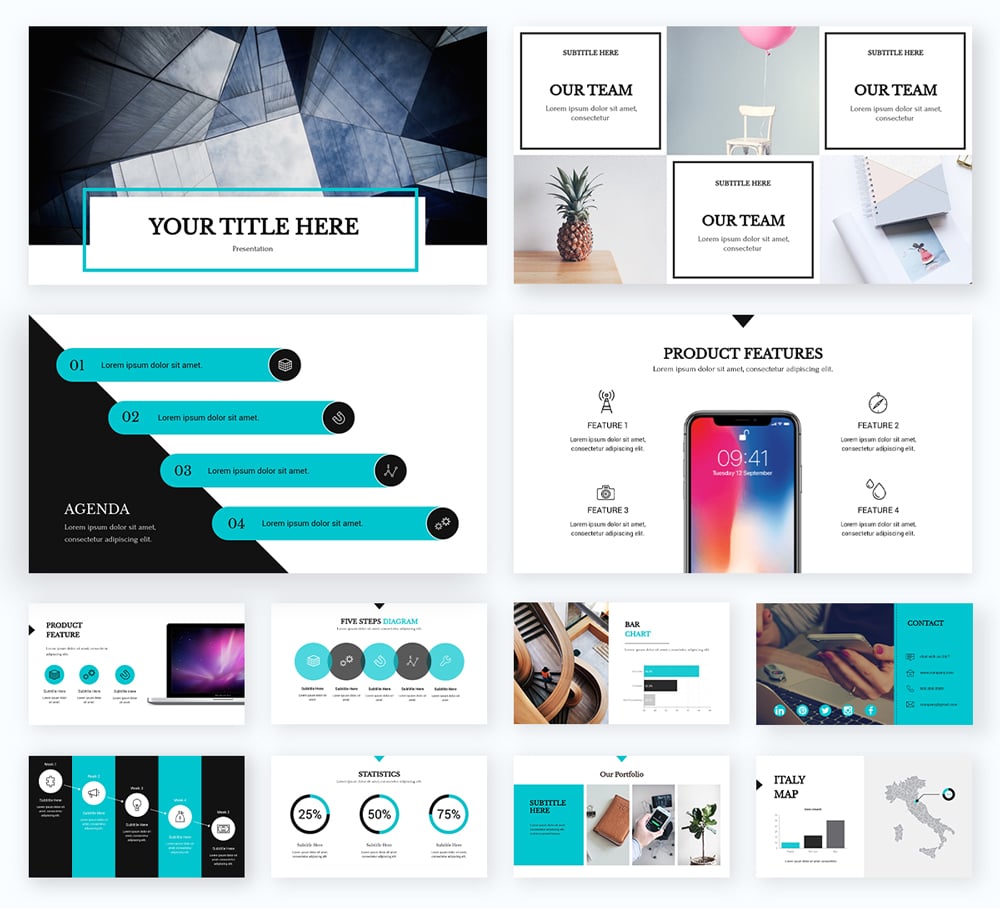
More like this

Nature Background Presentation
Educate your audience on environmental topics or organic products with this nature presentation template.

Comms Pitch Deck Presentation
Share your creative business ideas with investors using this Intercom-inspired pitch deck template.

Evolution of the Projector Presentation
Communicate to and engage with your audience the right way with this educational media presentation template.

HR SWOT Analysis Presentation
Explore small-business HR with this artistic SWOT Analysis presentation template.

Graphic Design - Webinar Presentation
Give your audience a crash course on graphic design using this colorful webinar presentation template.

Communication Skills - Keynote Presentation
Give a show-stopping presentation on the importance of workplace communication with this modern keynote presentation template.

Employee Handbook Interactive Presentation
Transform your employee handbook into a dazzling interactive presentation with this professional interactive presentation template.

Business Case Presentation
Showcase your company's latest case study with this beautiful presentation template.

Risk Analysis Presentation
Walk your audience through conducting a risk analysis with this finance presentation template.

Employee Engagement Presentation
Explain how to boost employee engagement in the workplace using this presentation template.

Business Development Presentation
Create an engaging presentation on your company’s history and showcase its portfolio.

Design Tool Presentation
Use this compelling sales presentation template to highlight your SaaS company and product.

Purple and Black Business Presentation
This all-around, creative business presentation template is a definite head-turner. Get started today.

50 Years After the Moon Landing - Presentation
Design an eye-catching space exploration presentation with this stunning presentation template.

Cybersecurity SWOT Analysis Presentation
Learn about the importance of cybersecurity with this stellar SWOT Analysis presentation template.

Entrepreneurship Webinar Presentation
Reveal the secrets of successful entrepreneurship using this vibrant keynote presentation template.
Free Presentation Templates by Visme
Marketing is all about communication, yes - but it's also about making the best possible impression on your target audience. What you're saying is important, but how you choose to say it is equally so. You can only make one first impression, so you'd better make it the best one that you can - and now, thanks to Visme's presentation templates, it's easier than ever to do precisely that.
Loaded with countless stunning, versatile and totally customizable presentation templates , Visme's presentation software makes it possible to design the engaging, creative collateral that you need without requiring years of design experience under your belt. Visme offers presentation templates for every conceivable industry that you're a part of, making sure that the tools are always available to guarantee that your audience will pay attention to your every word.
Our presentation templates are equal parts colorful, visual, vivid and attractive - but they're also easy to use and even easier to edit, as well. These presentation templates also come with a massive number of free stock images for you to use, guaranteeing that you'll always be able to broadcast your message in exactly the right way at exactly the right moment in your relationship with your audience.
Create Your Presentation
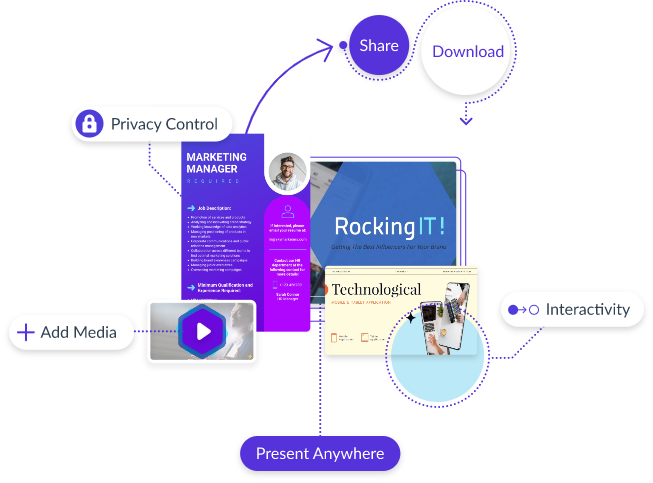
Home PowerPoint Templates Research Paper
Research Paper PowerPoint Templates
Download and use any of our Research Presentation Templates to help you effectively communicate your research findings to your audience. Designing a PowerPoint presentation from start to finish can be stressful, but using our ready-made Research PowerPoint Templates is a quick and easy way to get the details of your research to your audience.
You can personalize these templates by tailoring them to your presentation style. They are professionally and creatively designed for all types of research. Shapes, icons, colors, diagrams, images, charts, graphs, and more. We made available our Research Templates and Google Slides designs to help you illustrate your research work.
Featured Templates

Research Plan PowerPoint Template
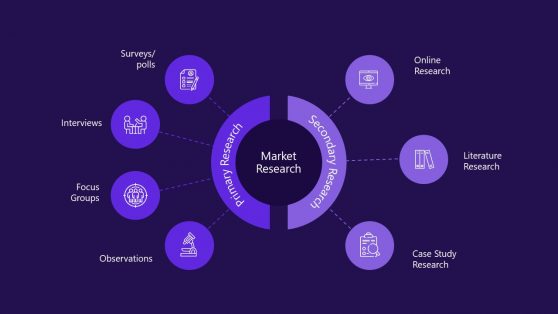
Market Research Diagram PowerPoint Template

Animated Research PowerPoint Template
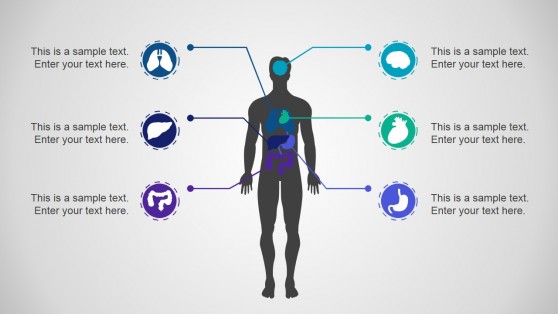
Medical Research PowerPoint Template
Latest templates.

Academic Defense PowerPoint Template
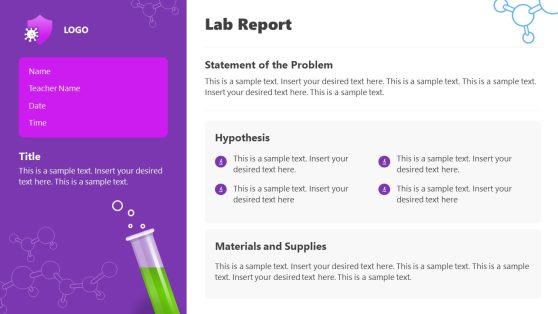
Lab Report PowerPoint Template

Research Paper Presentation Template

Neuroscience PowerPoint Template

Scientific Method Diagram PowerPoint Template
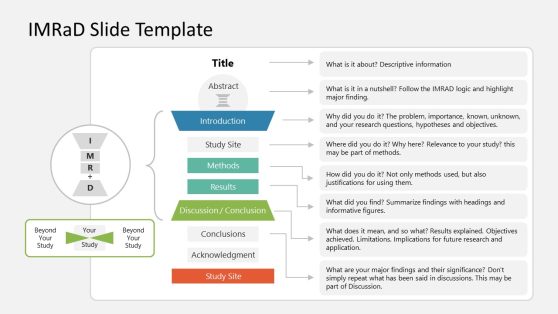
IMRaD PowerPoint Template
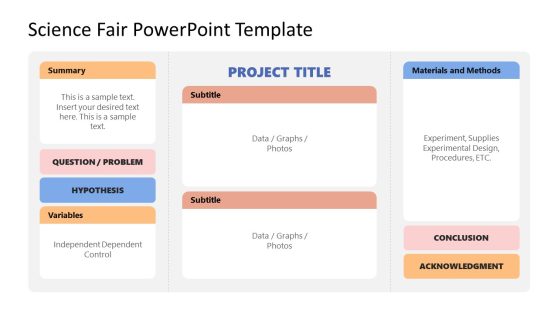
Science Fair PowerPoint Template

Dichotomous Keys Conclusion PowerPoint Diagram

Research Presentation PowerPoint Template

Master Thesis PowerPoint Template
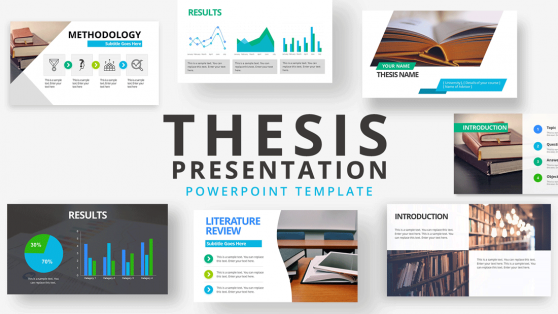
Thesis Presentation PowerPoint Template

Conference PowerPoint Template
Research is a creative and systematic work to broaden one’s knowledge of a subject. It entails the objective collection, organization, and analysis of information to improve understanding of a topic or issue. A research project may be a continuation of previous work in the field. Using a well-crafted Research Template will help you save time and reduce stress while delivering your research to your target audience. You can use the Research Plan PowerPoint Template to reveal the research test processes or techniques. It could present business, marketing, and management research models in various industries.
Our Research Templates are designed to assist researchers in enhancing their research work by using 100% editable PowerPoint templates. These have been developed in formats that enable universal research use and acceptance. Our Research Templates are compatible with both MAC and Windows computers, as well as Google Slides, Keynote, Office 365, and Microsoft PowerPoint. All of our Research Templates are well-designed with shapes, icons, symbols, and other PowerPoint elements that will make your presentation visually appealing and allow you to communicate with your audience more effectively and quickly.
How Do You Write A Research Presentation?
A brief introduction, your hypotheses, a brief description of the methods, tables and/or graphs related to your findings, and an interpretation of your data should all be included in your presentation. The presentations should last no longer than 10 minutes. That’s not a lot of time. Allow approximately 1 minute per slide.
How to make a PowerPoint presentation from a research paper?
The simple step-by-step procedure for creating an incredible PowerPoint presentation from a research paper is outlined below:
- Introduction – 1 slide
- Hypotheses/ Research Questions – 1 slide
- Several kinds of literature – 1 slide
- Data Collection & Methods – 1 slide
- Data Presentation/ Discovery – 3-5 slides
- Conclusion – 1 slide
What Should A Research Presentation Template Include?
The presentation should include a summary of several hypotheses, a brief description of the methods, tables, and/or graphs related to various materials and methods, an interpretation of your data, a conclusion, and an acknowledgment.
How Many Slides Should A Research Presentation Have?
You should probably divide the presentation into sections based on the number of slides you believe is appropriate. Allow two to three minutes per slide, which means that for a 15-minute sensation, you should have no more than five to seven slides. Also, check out our gallery of research poster templates available for PowerPoint and Google Slides.
What is the purpose of a research presentation?
A research presentation can be used, among other things, to defend a dissertation, for an academic job interview, for a conference, or to request funding. The purpose of your presentation will determine the remainder of the procedure.
Crafting Engaging and Informative Experiences: How Our Research Paper PowerPoint Templates Stand Out
Designing a PowerPoint presentation from scratch can be a daunting task, but our ready-made Research PowerPoint Templates are here to make your life easier. In this section, we’ll delve into what sets our templates apart and how they can help you create engaging and informative research presentations.
Ready-Made Templates for Stress-Free Presentations
Research presentations require a careful balance of information and engagement. Our Research PowerPoint Templates are designed to take the stress out of the presentation design process. You don’t have to spend countless hours crafting slides from scratch. Instead, you can download our templates and focus on tailoring them to your unique presentation style.
Professional and Creative Design
One of the standout features of our templates is their professional and creative design. We understand that research presentations need to convey complex information in a visually appealing way. That’s why our templates come loaded with a variety of elements, including shapes, icons, colors, diagrams, images, charts, and graphs. These elements are thoughtfully integrated into the templates to help you illustrate your research work effectively.
Versatile Templates for All Types of Research
Whether you’re working on a thesis, conducting marketing analysis, or presenting scientific findings, we have templates that cater to various research domains. Our library includes templates such as the Research Plan PowerPoint Template, Market Research Diagram PowerPoint Template, Animated Research PowerPoint Template, Medical Research PowerPoint Template, and many more. Each template is designed to meet the specific needs of different research projects.
Compatibility and Editability
We understand that researchers use a variety of tools and platforms for presentations. That’s why our Research Templates are compatible with both MAC and Windows computers, as well as popular software like Google Slides, Keynote, Office 365, and Microsoft PowerPoint. You can easily edit and customize these templates to make them your own, saving you valuable time in the process.
Effective Communication Made Easy
Our templates aren’t just about aesthetics; they’re about enhancing your ability to communicate your research effectively. Whether you’re presenting to colleagues, peers, or potential funders, our templates provide you with a visual framework that ensures your message gets across clearly and concisely.
In summary, crafting engaging and informative research presentations has never been easier. Our Research PowerPoint Templates offer a hassle-free solution to transform your research findings into compelling visual narratives. With professionally designed elements and compatibility across various platforms, our templates are your secret weapon for successful research presentations. Download one today and see the difference for yourself.
Download Unlimited Content
Our annual unlimited plan let you download unlimited content from slidemodel. save hours of manual work and use awesome slide designs in your next presentation..
- Turnitin Guides
- Administrator hub
- Release notes and known issues
- Welcome to Turnitin Guides
Welcome to Turnitin’s new website for guidance!
In 2024, we migrated our comprehensive library of guidance from https://help.turnitin.com to this site, guides.turnitin.com. During this process we have taken the opportunity to take a holistic look at our content and how we structure our guides.
This page is here to help you orientate yourself with these changes and update your resources
What's new?
We have restructured the content to help you navigate it more efficiently.
We are consolidating numerous pages to make our individual guides more valuable as well as removing duplicated content.
For example, our Similarity Report guidance on help.turnitin is repeated in numerous places to cater for each individual integration and license type. On guides.turnitin this content will exist in a single place to allow for users of all integrations and licenses to find it easily. We have made slight modifications to these guides to help you understand which guides are pertinent to you and your institution.
Our guidance search has greatly improved
As a result of our content restructure, the search functionality for guides.turnitin has improved. Use the search bar at the top of any page to locate the guidance you’re searching for.
Dedicated student and administrator guidance hubs
Visit the Student hub area to locate student guidance. For students who access Turnitin via an LMS or VLE, check out the subsection Submitting to Turnitin .
Visiting the Administrator hub area to locate administrator guidance and release notes.
iThenticate and Crossref Similarity Check guidance is now located on a separate site
To improve the experience for our iThenticate and Crossref Similiarity Check customers we have move their help content onto a separate help site, guides.ithenticate.com . This will improve the search for all users.
We have also created an orientation page for this site to help users become acclimatised.
Some guidance is no longer grouped within the LMS umbrella
Some guidance which was previously provided under each LMS has been moved to sections that reflect those workflows’ outcomes. Use the table below as a cheatsheet to quickly locate guidance.
| Student guidance | |
| LMS guidance for administrators and instructors | |
| Similarity Report and AI Writing guidance | |
| Creating PeerMark assignments guidance | |
| Creating and managing QuickMarks, rubrics and grading PeerMark assignments guidance | |
| User profile guidance for administrators and instructors |
|
| Administrator account settings and migration help | |
| Release notes and known issues |
Articles in this section
- Turnitin release notes
- Integrations release notes
- Integrations Known issues

IMAGES
VIDEO
COMMENTS
Design your research paper PPT presentation: Use a clean and professional design that complements your research topic. Choose readable fonts, consistent formatting, and a limited color palette. Opt for PowerPoint presentation services if slide design is not your strong side. Step 4. Put content on slides:
HOW TO WRITE AN EFFECTIVE RESEARCH PAPER. Getting ready with data. First draft. Structure of a scientific paper. Selecting a journal. Submission. Revision and galley proof. Disclaimer: The suggestions and remarks in this presentation are based on personal research experience. Research practices and approaches vary.
Turning a research paper into a visual presentation is difficult; there are pitfalls, and navigating the path to a brief, informative presentation takes time and practice. As a TA for GEO/WRI 201: Methods in Data Analysis & Scientific Writing this past fall, I saw how this process works from an instructor's standpoint. I've presented my own ...
Here are some simple tips for creating an effective PowerPoint Presentation. Less is more: You want to give enough information to make your audience want to read your paper. So include details, but not too many, and avoid too many formulas and technical jargon. Clean and professional: Avoid excessive colors, distracting backgrounds, font ...
Template 1: Clinical Research Trial PowerPoint Template. Use this premium PPT template to captivate your audience. Download this well-created template to raise your presenting threshold. Establish your milestones with workflows designed to ease the overburdening of tasks.
Related Articles. This guide provides a 4-step process for making a good scientific presentation: outlining the scientific narrative, preparing slide outlines, constructing slides, and practicing the talk. We give advice on how to make effective slides, including tips for text, graphics, and equations, and how to use rehearsals of your talk to ...
Presentation in brief: The presentation is a group project. Think of this as a visual version of your paper. The presentation should include: a short intro, your hypotheses, a brief description of the methods, tables and/or graphs related to your findings, and an interpretation of your data. The presentations should be no more than 10 minutes long.
Research paper format is an essential aspect of academic writing that plays a crucial role in the communication of research findings.The format of a research paper depends on various factors such as the discipline, style guide, and purpose of the research. It includes guidelines for the structure, citation style, referencing, and other elements of the paper that contribute to its overall ...
The Research Paper Presentation Template starts with a title slide displaying the topic of the research presentation. Next, there is an agenda slide and a slide showing the examination's background. In the problem statement slide, presenters can display the scope of the study, its relevance, and the associated research questions.
They are perfect for presenting your research paper! First of all, because we have included all the necessary sections of this type of work, such as hypothesis, objectives, methodology, analysis and the conclusions of the paper. ... Available for Google Slides and PowerPoint, this design set offers minimalistic charm with its simple, gray scale ...
4. Use Graphics, including Charts, Graphs, Infographics and Pictures. To clarify the concepts, support arguments, and offer a visual impact, use graphics including tables, flowcharts, graphs, charts, images, infographics and diagrams in your research paper presentation. Visual slides will help make your presentation appealing and memorable.
Demonstrate your research findings in a visually appealing presentation using our Free Research Paper PowerPoint Template. A research paper is a piece of academic writing that provides deep insights, analysis, interpretation, arguments, and results based on independent research. There are various types of research papers, and they can be related to any domain, such as biological sciences ...
The research PowerPoint template can enhance your presentations by providing a professional and organized layout specifically designed for research-related content. With its clean design and customizable elements, it allows you to effectively showcase your findings, data, and analysis, making your presentation visually appealing and engaging.
In the video below, we show you the key principles for designing effective PowerPoint slides for a scientific presentation. Using examples from actual science presentations, we illustrate the following principles: Create each slide as a single message unit. Explicitly state that single message on the slide. Avoid bullet points-opt for word tables.
Labvire is another modern PowerPoint template you can use for various types of research presentations. It's also ideal for laboratory-related research presentations. The template has fully customizable slide layouts with editable charts, graphs, and more. You can choose from more than 40 unique slide designs as well.
University Research Paper PowerPoint Template. This is an excellent choice for looking to get their hands on a versatile university research ppt presentation. It contains 130 slides, 7 premade colors, free fonts, and a lot more. When it comes to the best research ppt templates, this option stands at the top of the league.
2. Marketing Research PowerPoint V239. This market research presentation PowerPoint template comes with 150 total editable slides. With the number of slides that come with this template, you'll have plenty of room to add all your research. This research paper PowerPoint presentation template comes with five color schemes.
This research paper presentation template uses visual aids, such as pictures and icons to help you communicate clearly and effectively with your audience. You can use this template to present research proposals and papers to faculty staff or the general public. It can be an ideal addition to your funding request. Present your research paper ...
Our Research Templates are designed to assist researchers in enhancing their research work by using 100% editable PowerPoint templates. These have been developed in formats that enable universal research use and acceptance. Our Research Templates are compatible with both MAC and Windows computers, as well as Google Slides, Keynote, Office 365 ...
Welcome to Turnitin's new website for guidance! In 2024, we migrated our comprehensive library of guidance from https://help.turnitin.com to this site, guides.turnitin.com. During this process we have taken the opportunity to take a holistic look at our content and how we structure our guides.